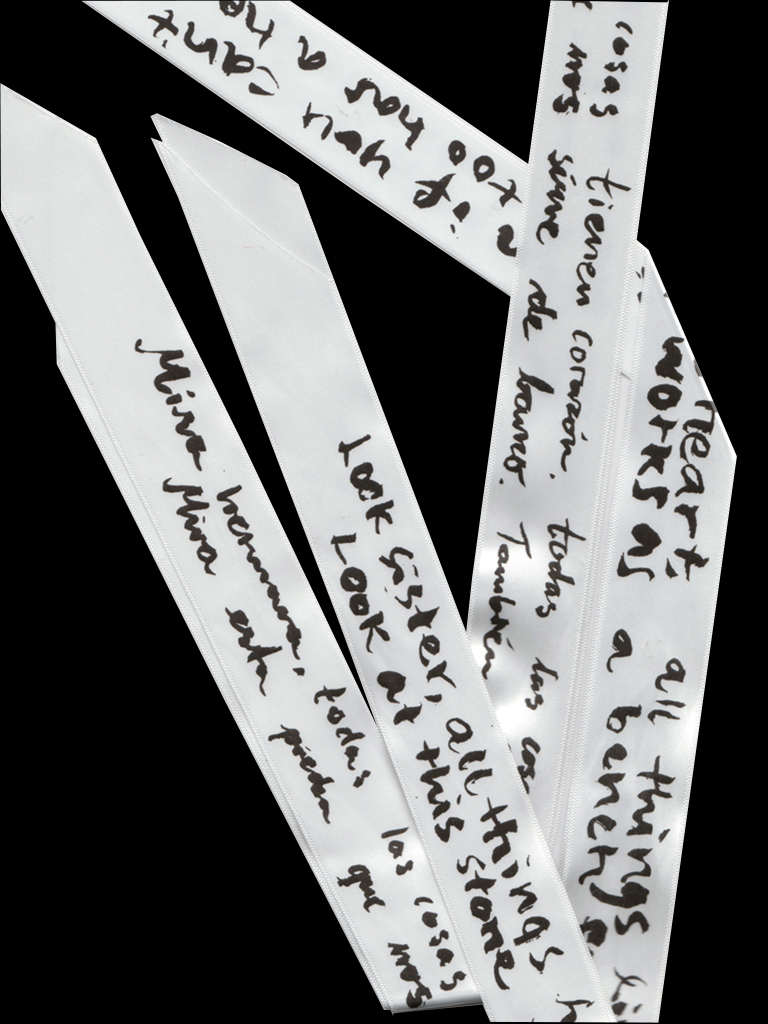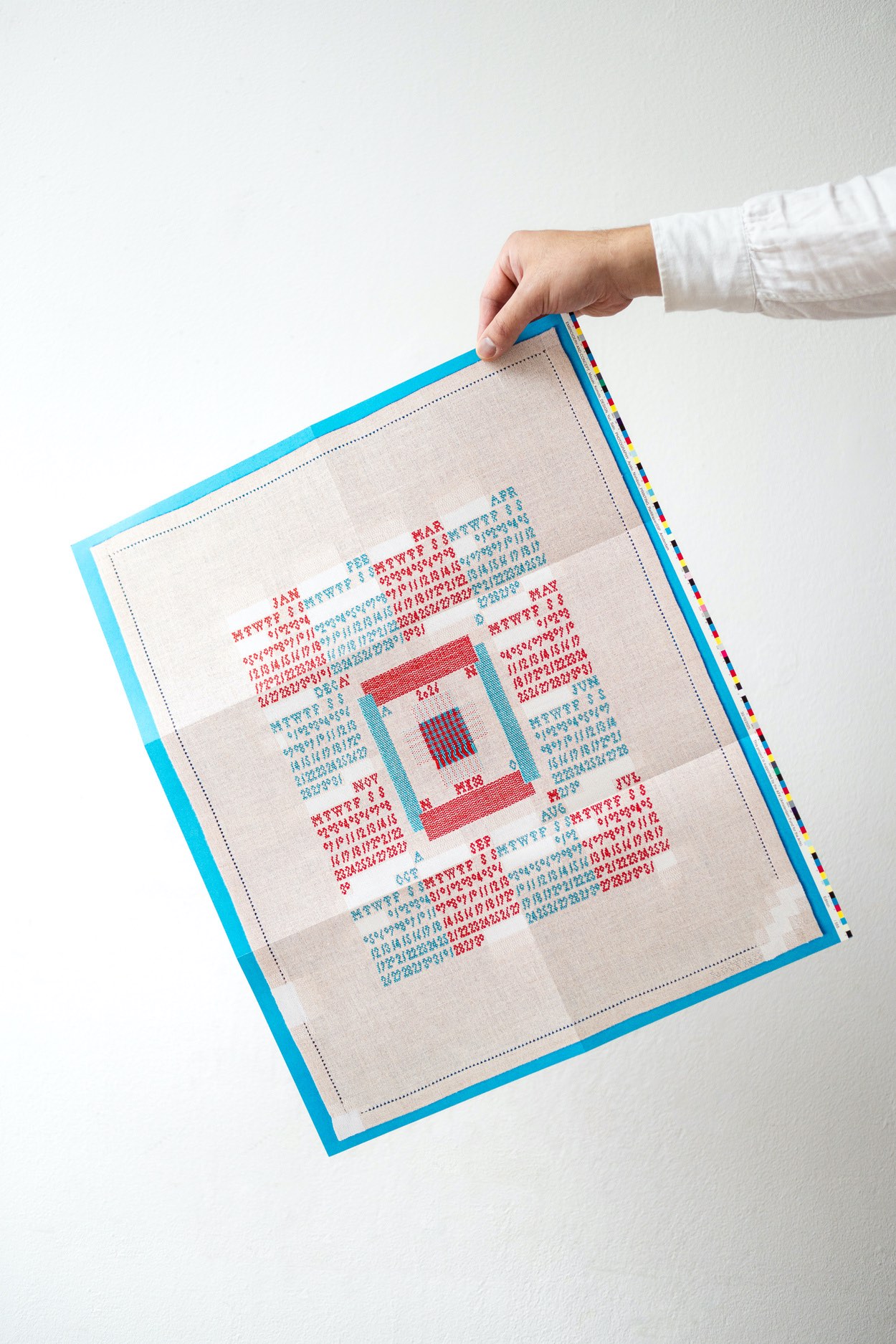

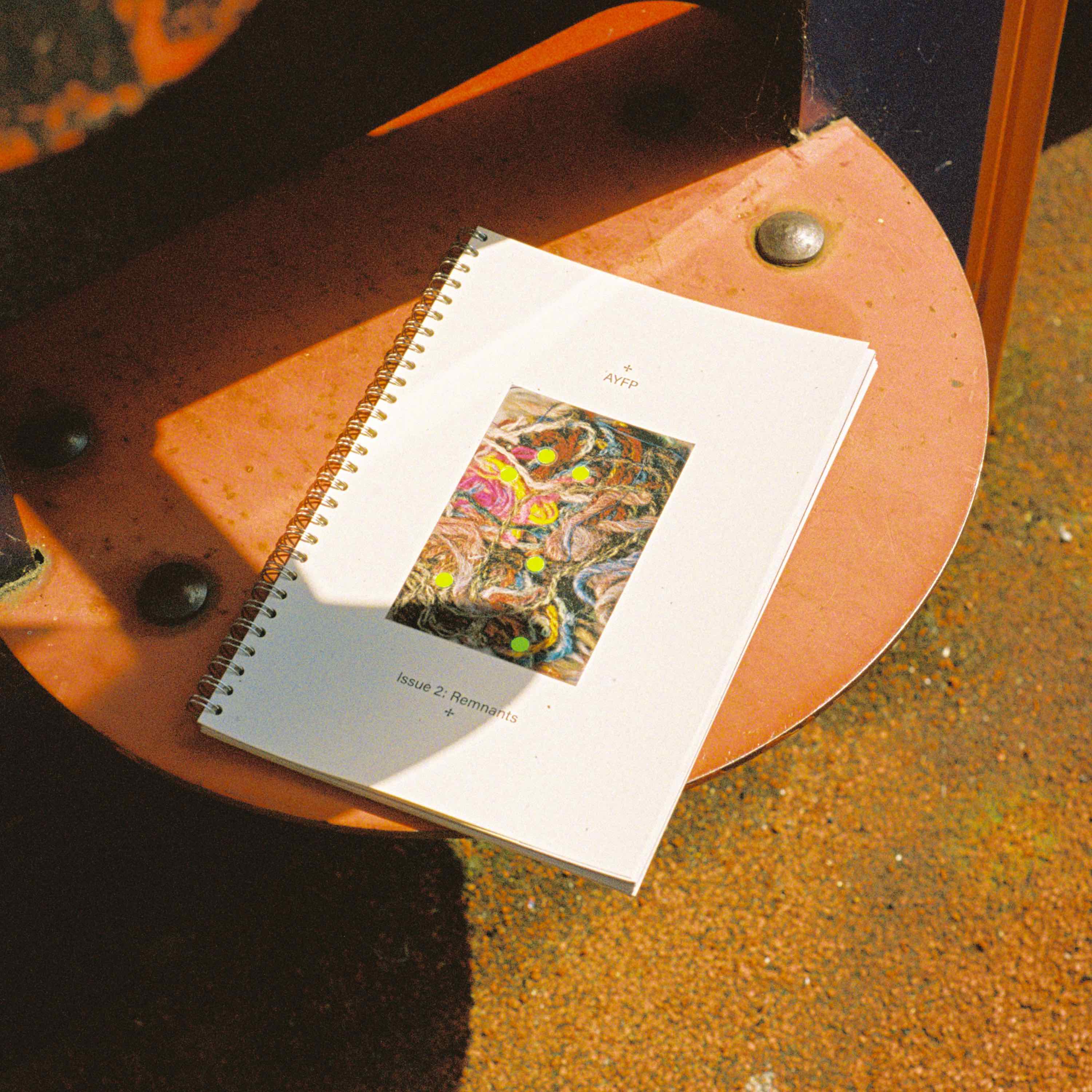
AYFP Issue 2: Remnants
By Emma Crabtree
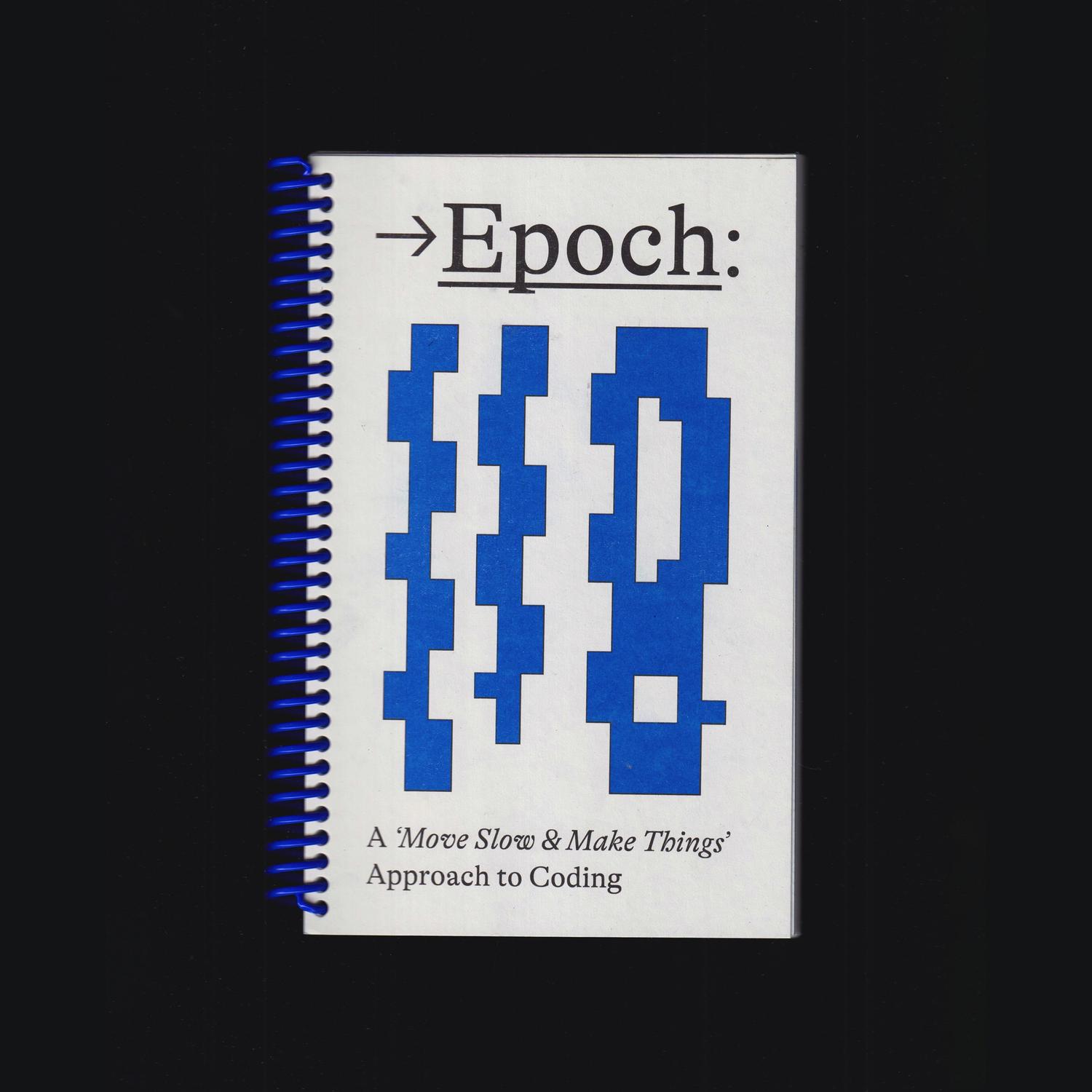
Epoch: A 'Move Slow & Make Things' Approach to Coding
By Sophie Nadel
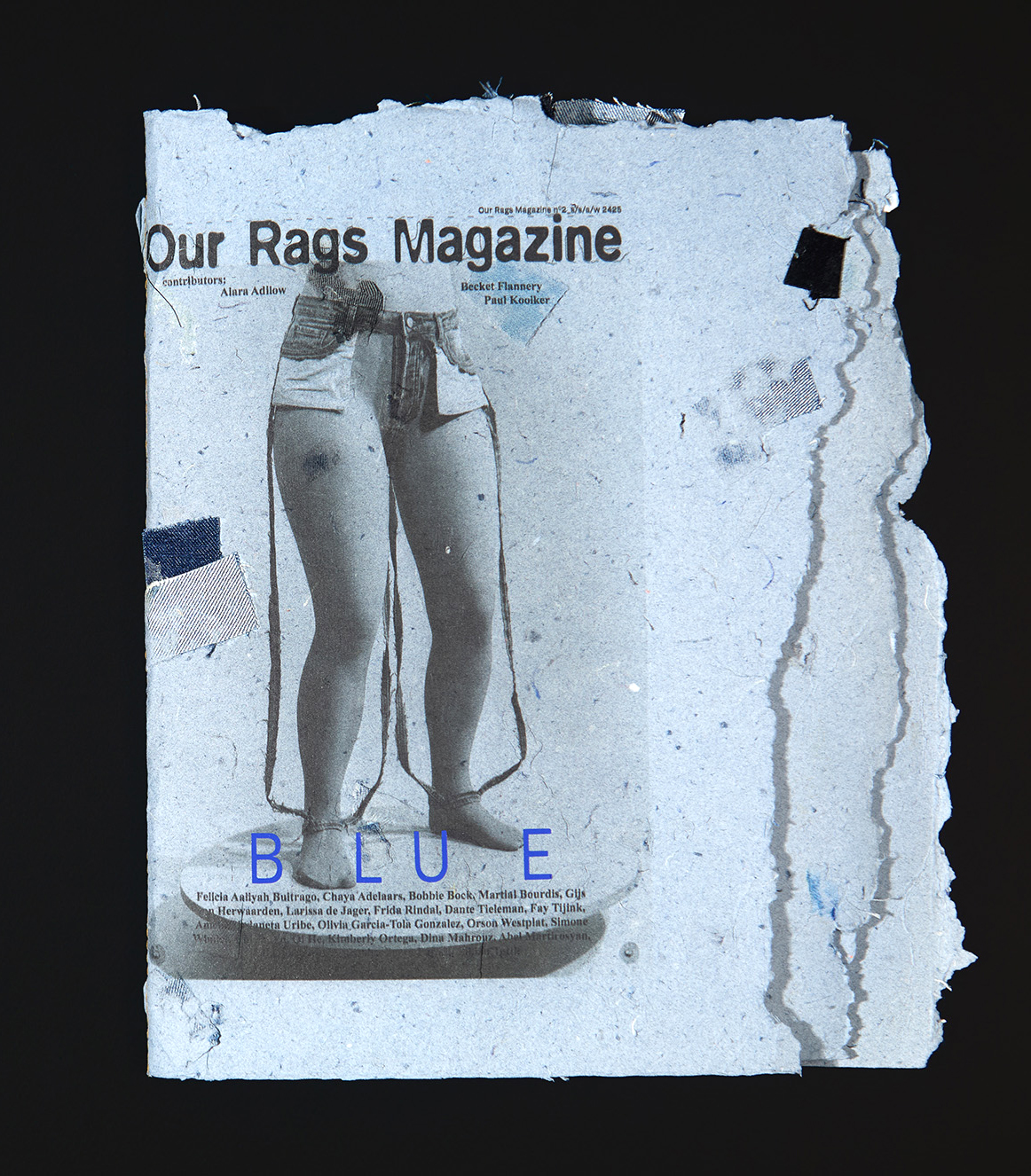
Our Rags Magazine no. 2 BLUE
By Aimée Zito Lema and Elisa van Joolen
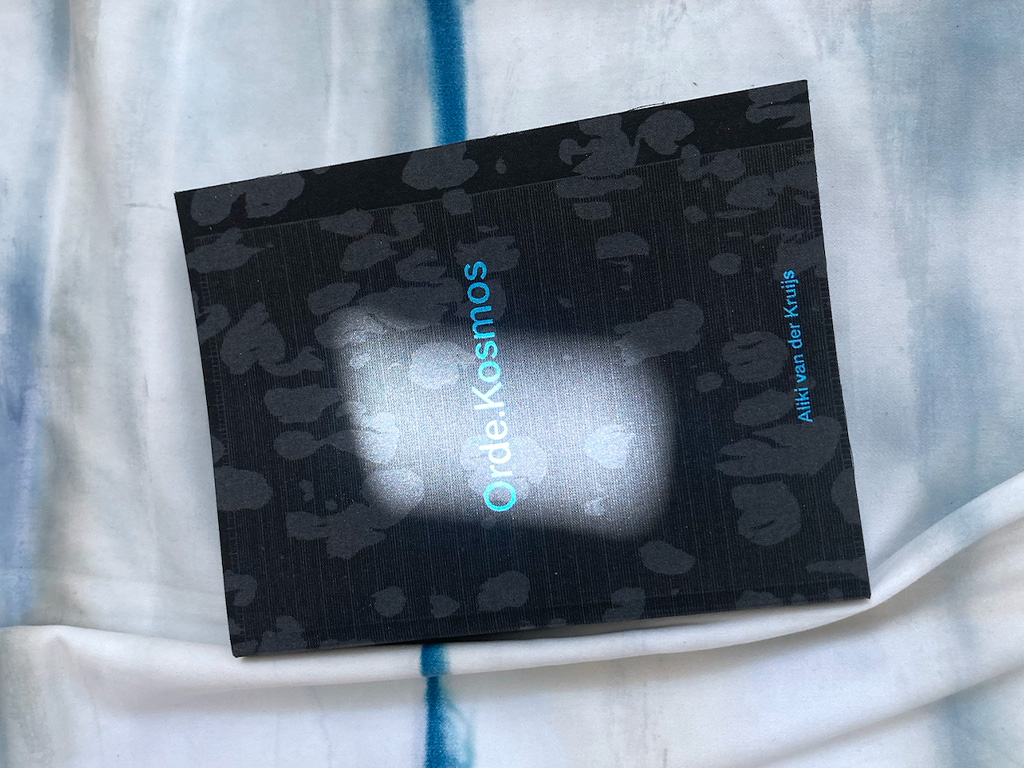
Orde.Kosmos
By Aliki van der Kruijs
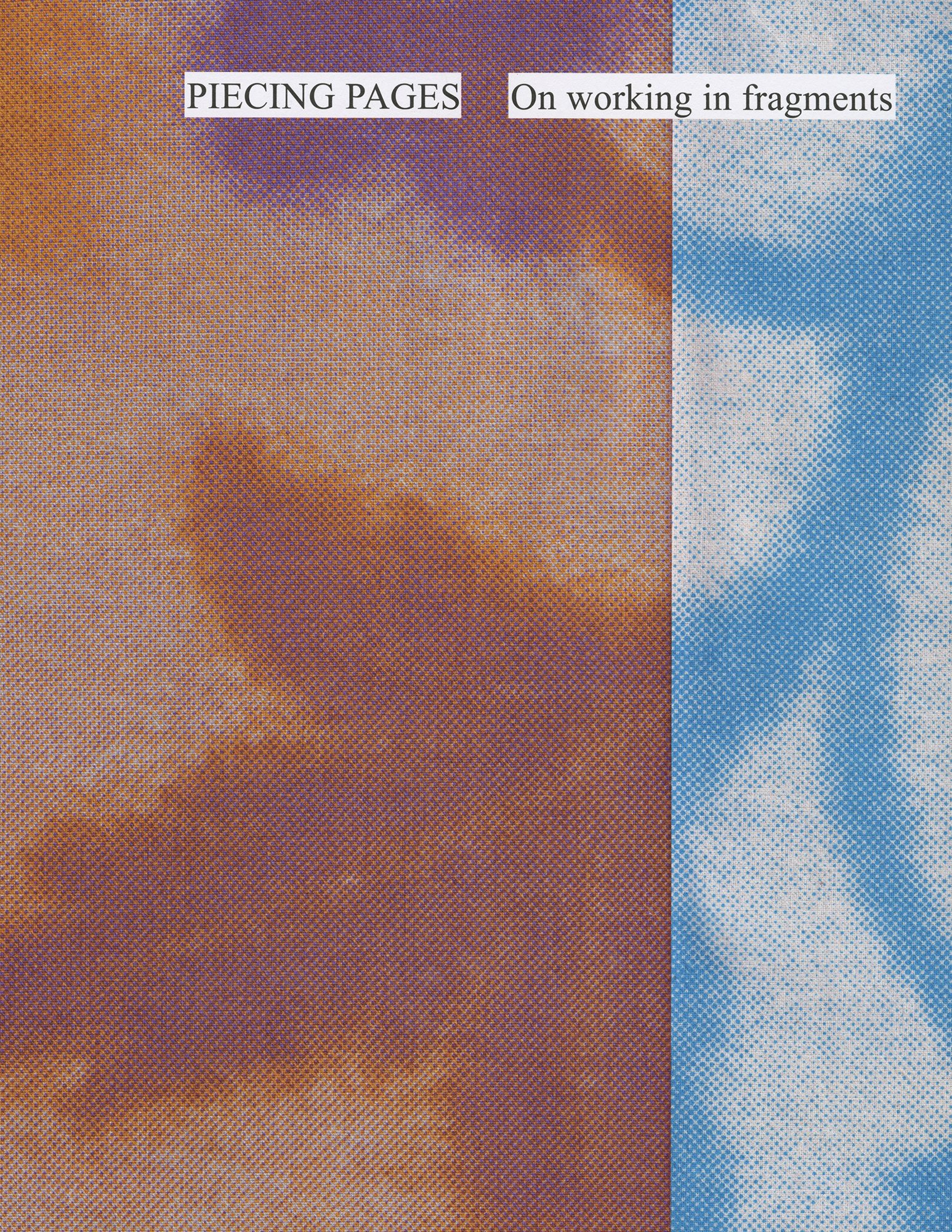
PIECING PAGES
By Line Arngaard (ed.)

memories bloom again
By Élise Ory
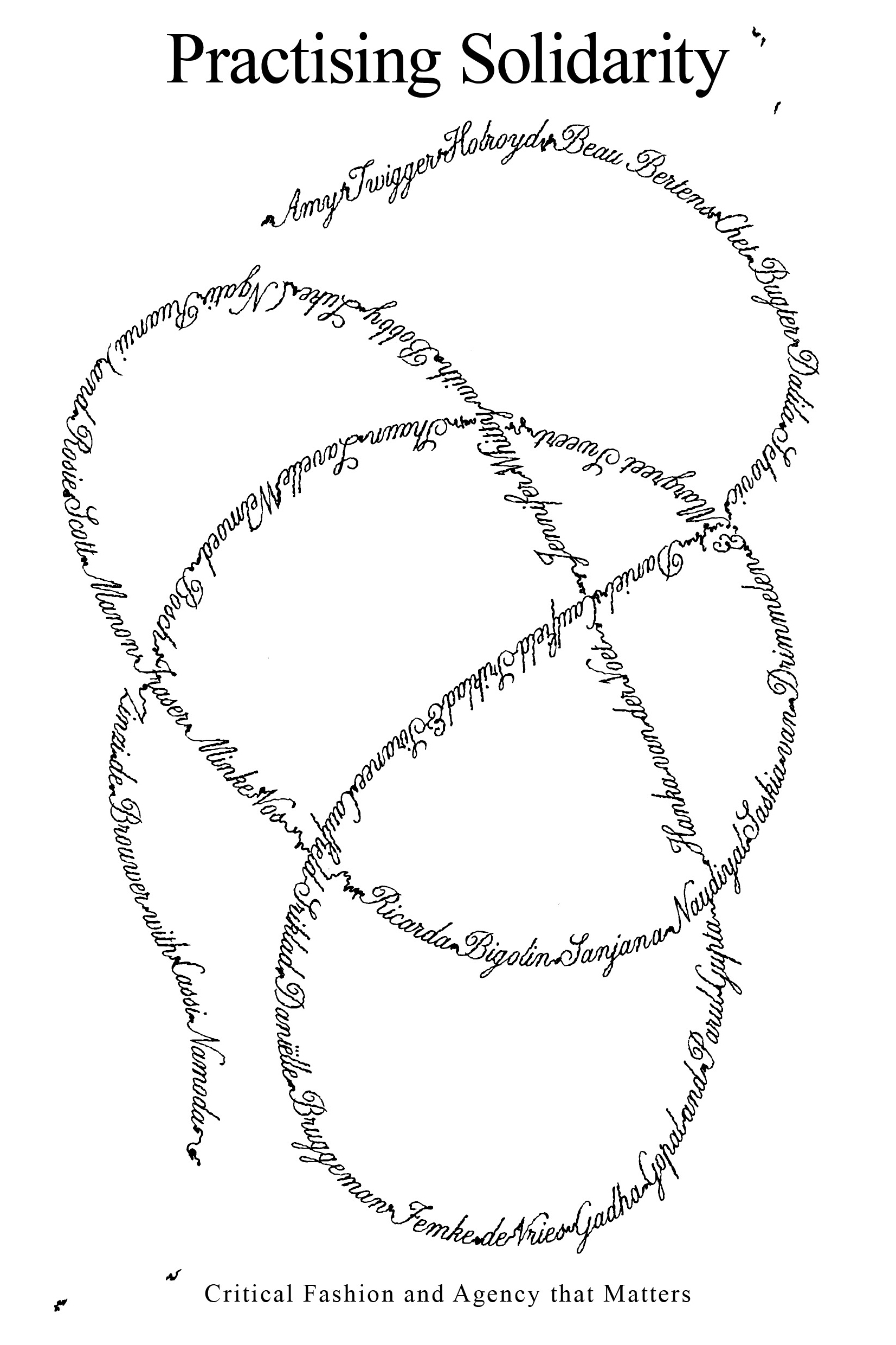
Practicing Solidarity
By Critical Fashion and Agency that Matters
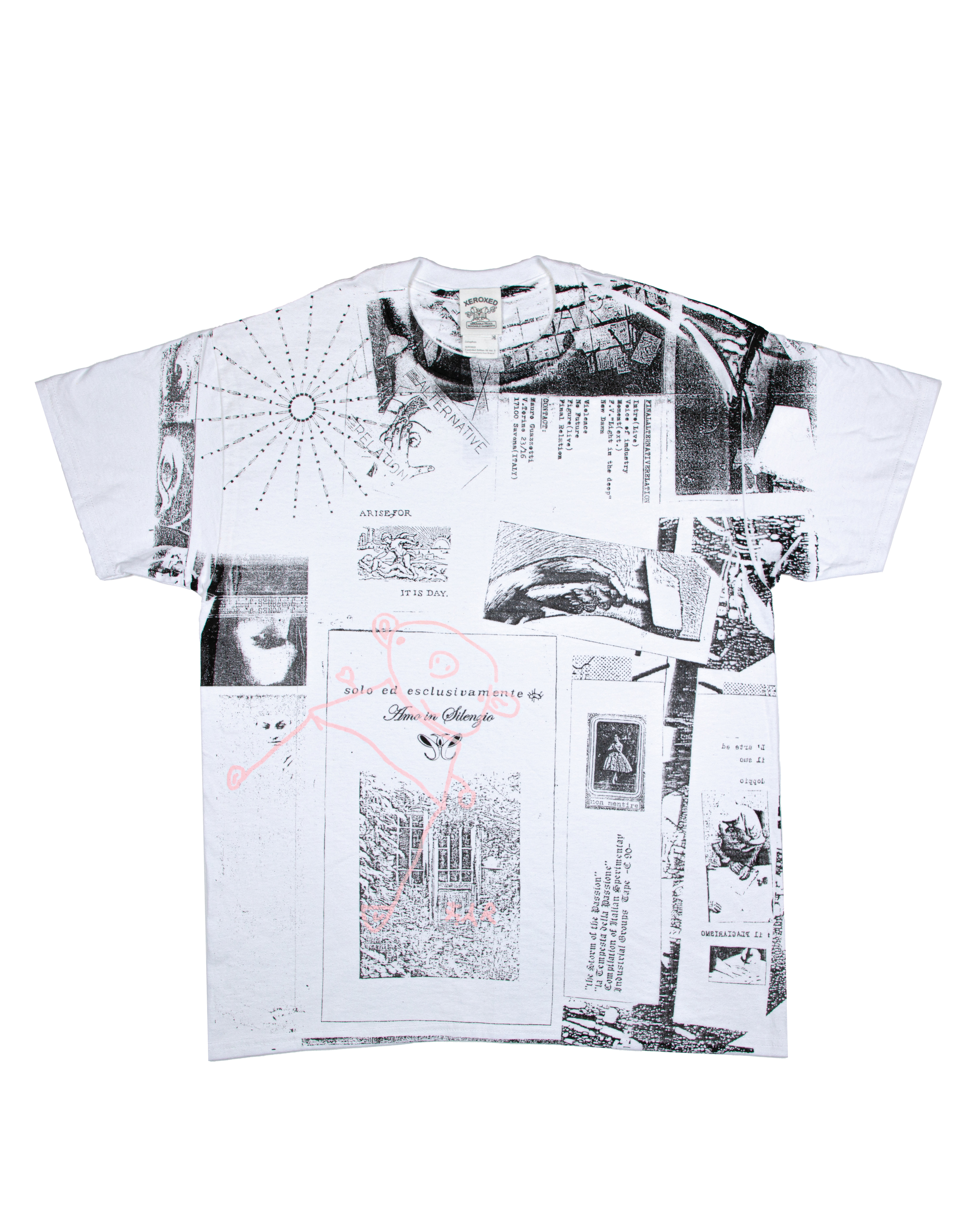
Piano forte white t-shirt (size L)
By Alia Mascia
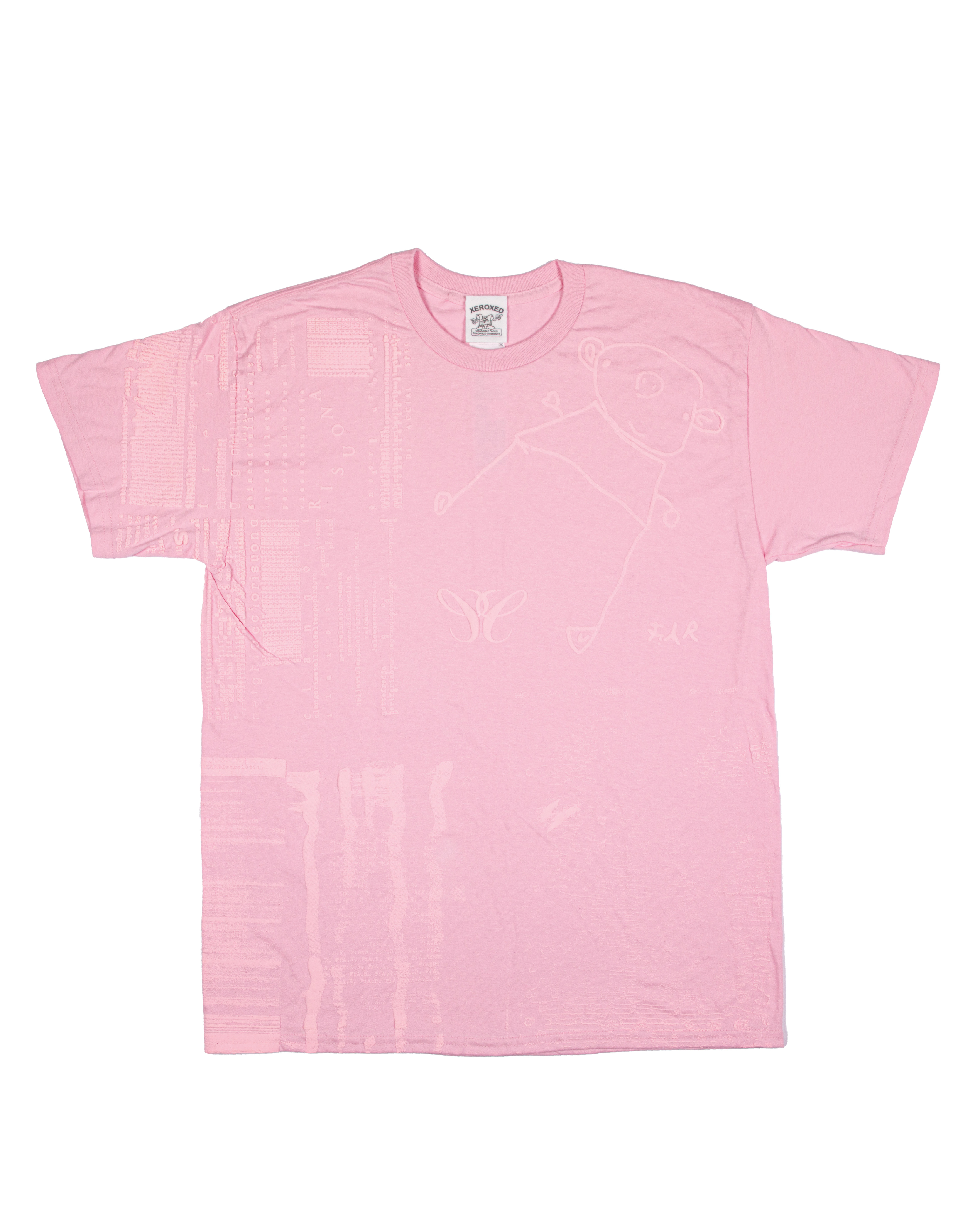
Ninna Neta pink t-shirt (size M)
By Alia Mascia

Ninna Neta pink t-shirt (size XL)
By Alia Mascia
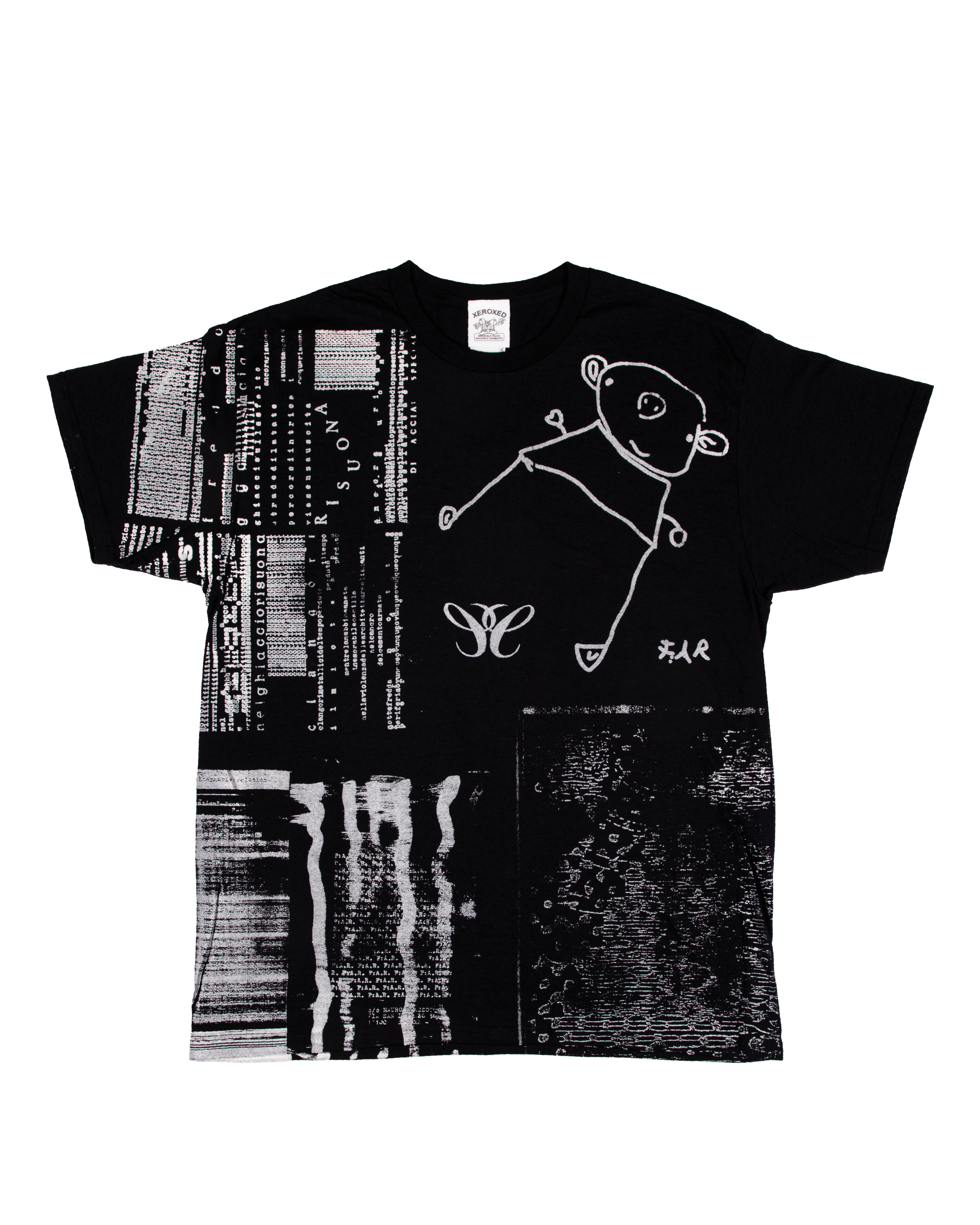
Ninna Neta black t-shirt (size XL)
By Alia Mascia

Ninna Neta black t-shirt (size M)
By Alia Mascia
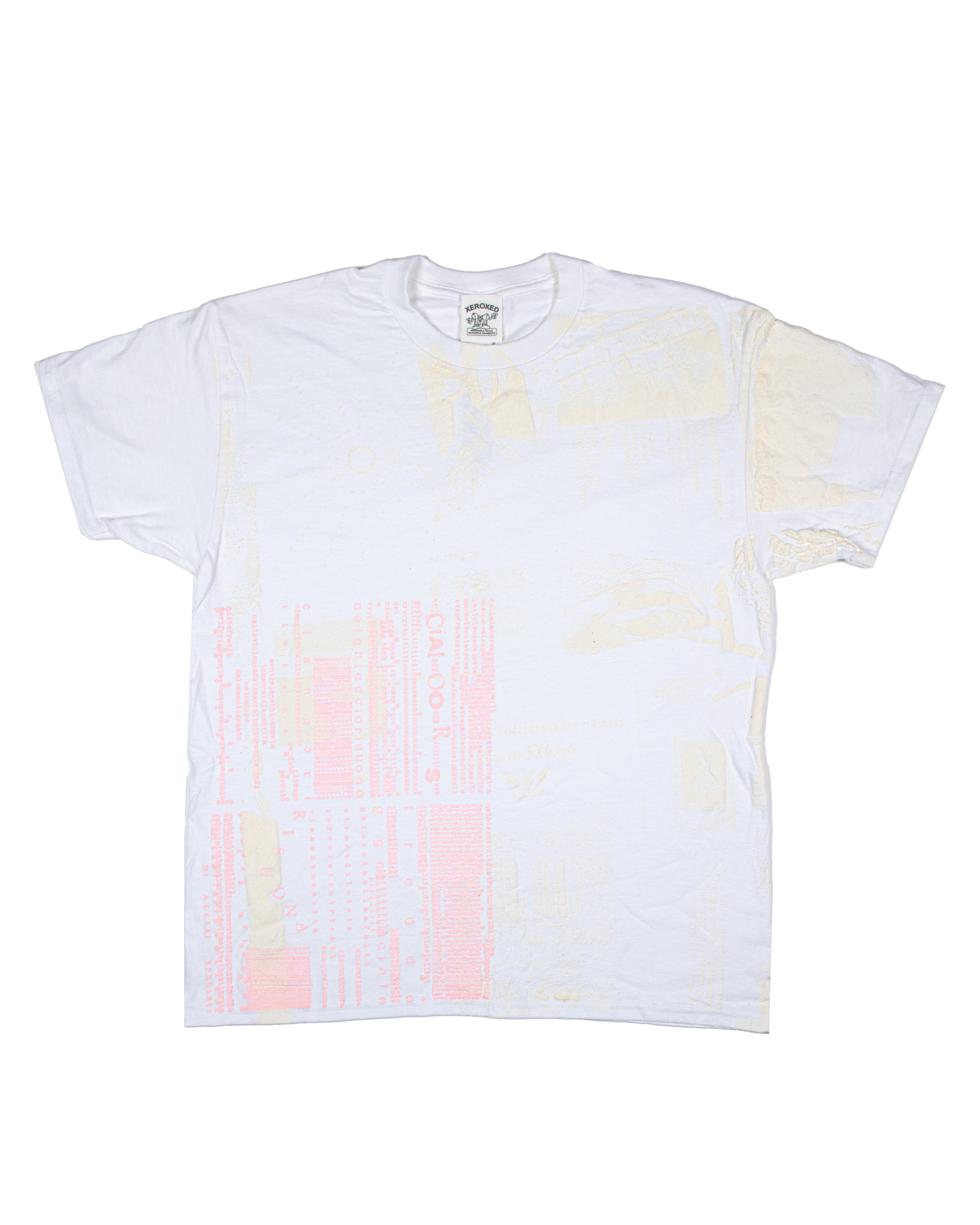
Lucciole preservate white t-shirt (size M)
By Alia Mascia

Lucciole preservate white t-shirt (size L)
By Alia Mascia
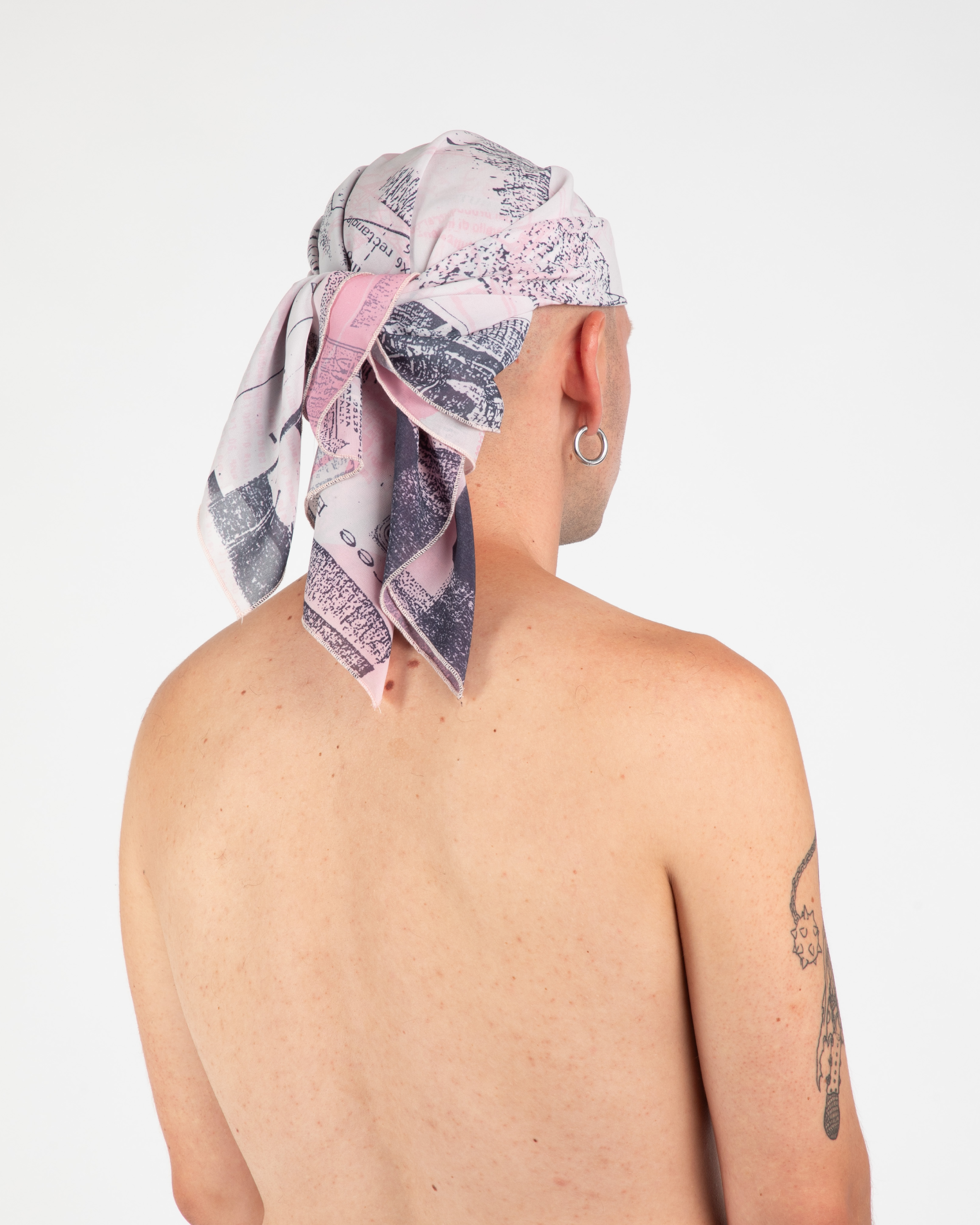
Charm foulard scarf
By Alia Mascia
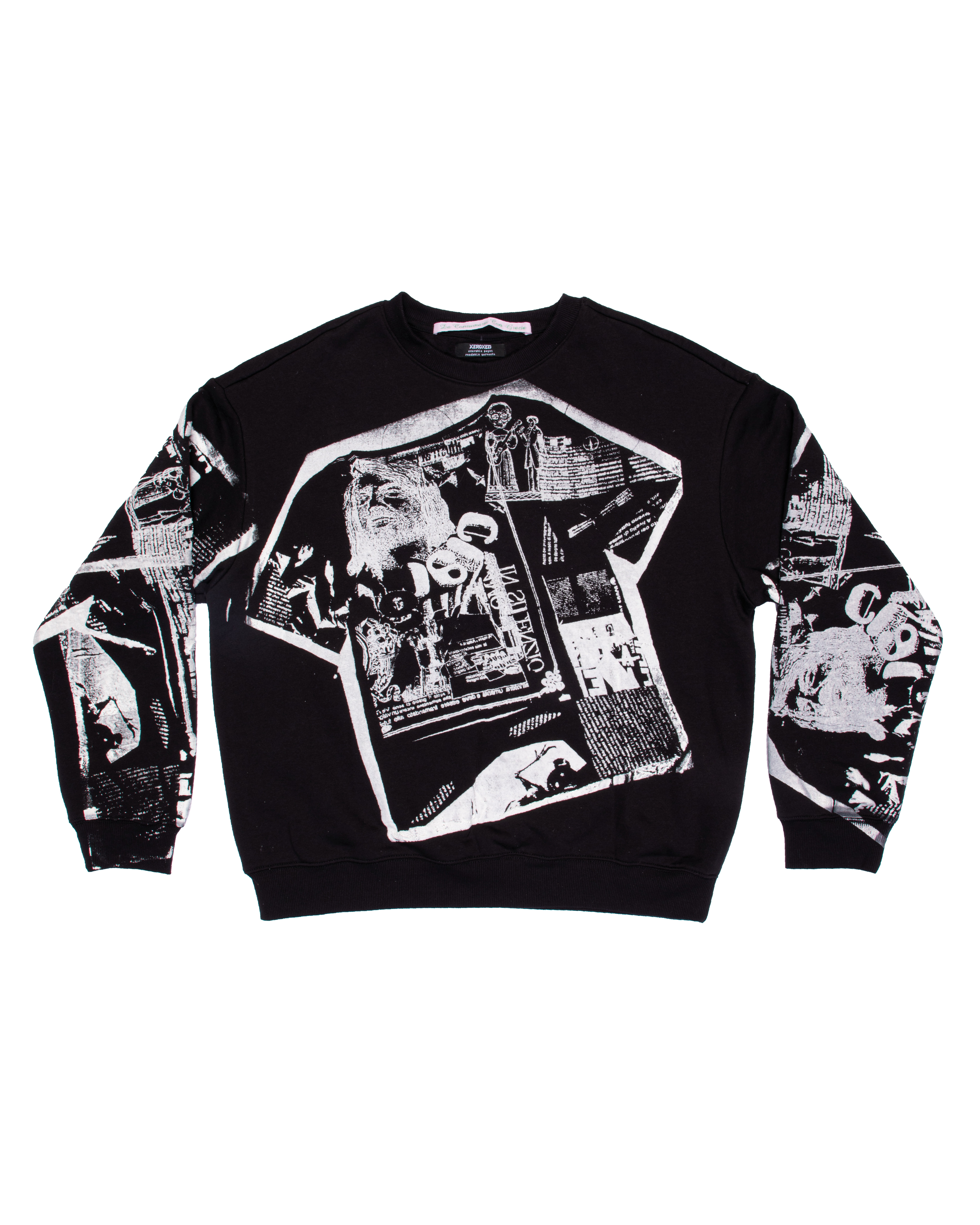
Amo in silenzio, black sweater
By Alia Mascia
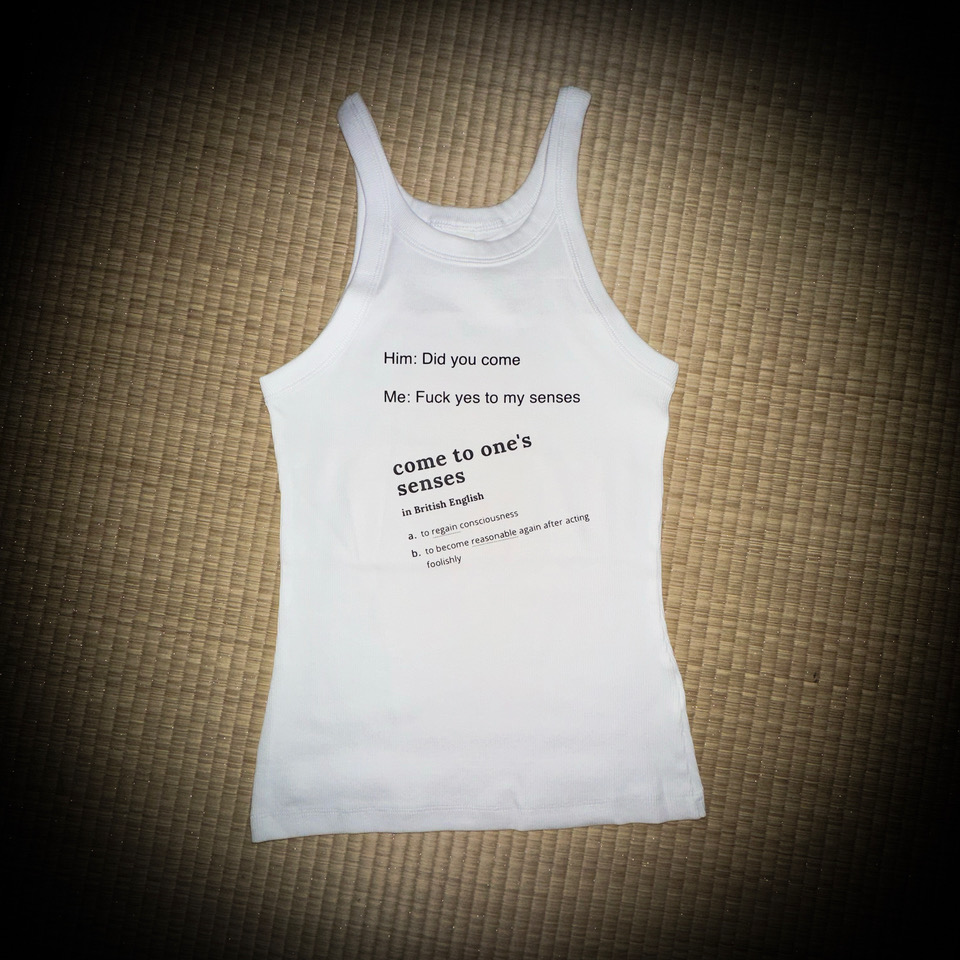
Meme top size M
By Zazie Stevens

Meme top size L
By Zazie Stevens

Meme top size S
By Zazie Stevens
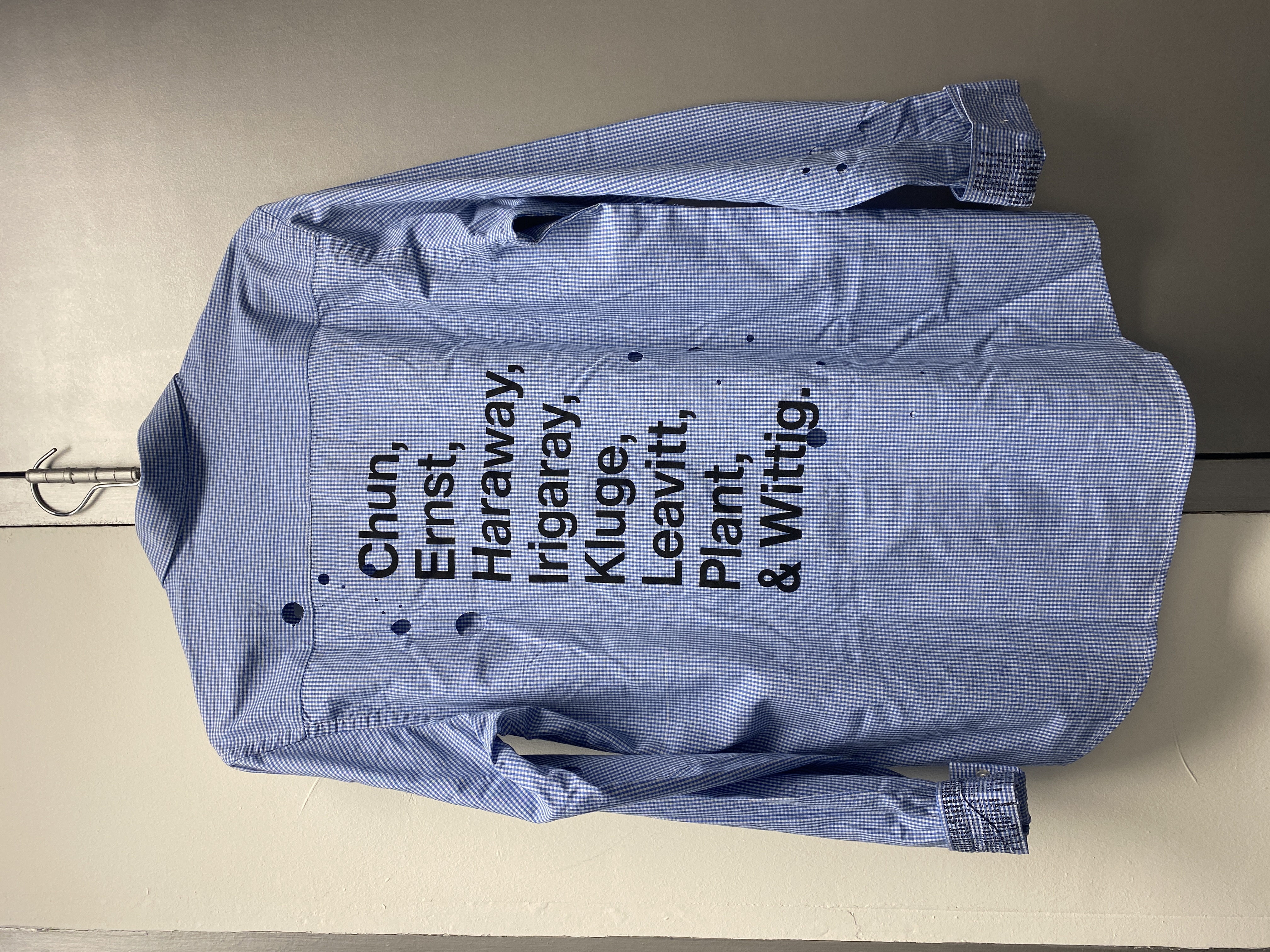
This Aggregate Of Images That Is The Universe.4
By Olena Newkryta
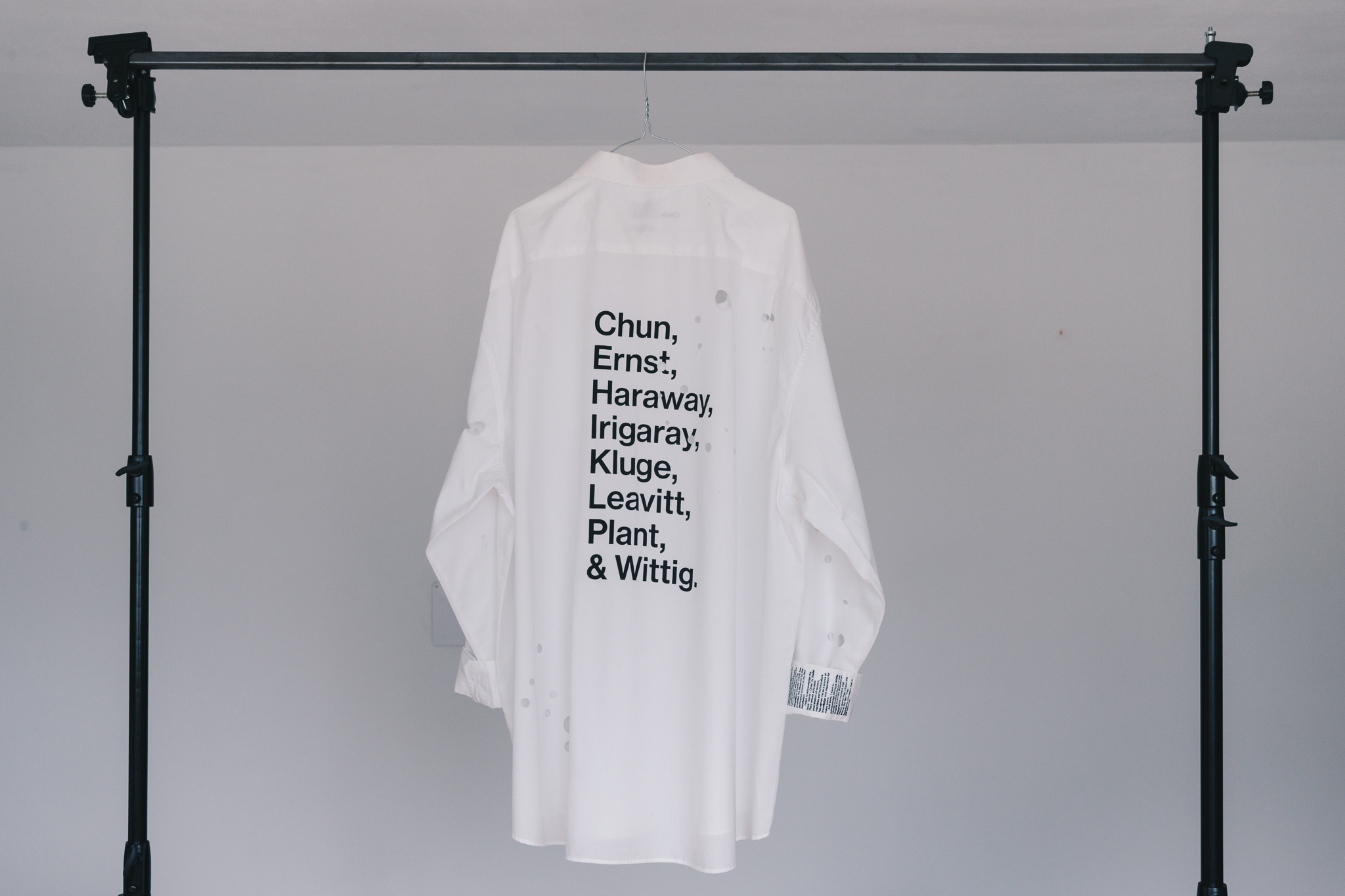
This Aggregate Of Images That Is The Universe.3
By Olena Newkryta
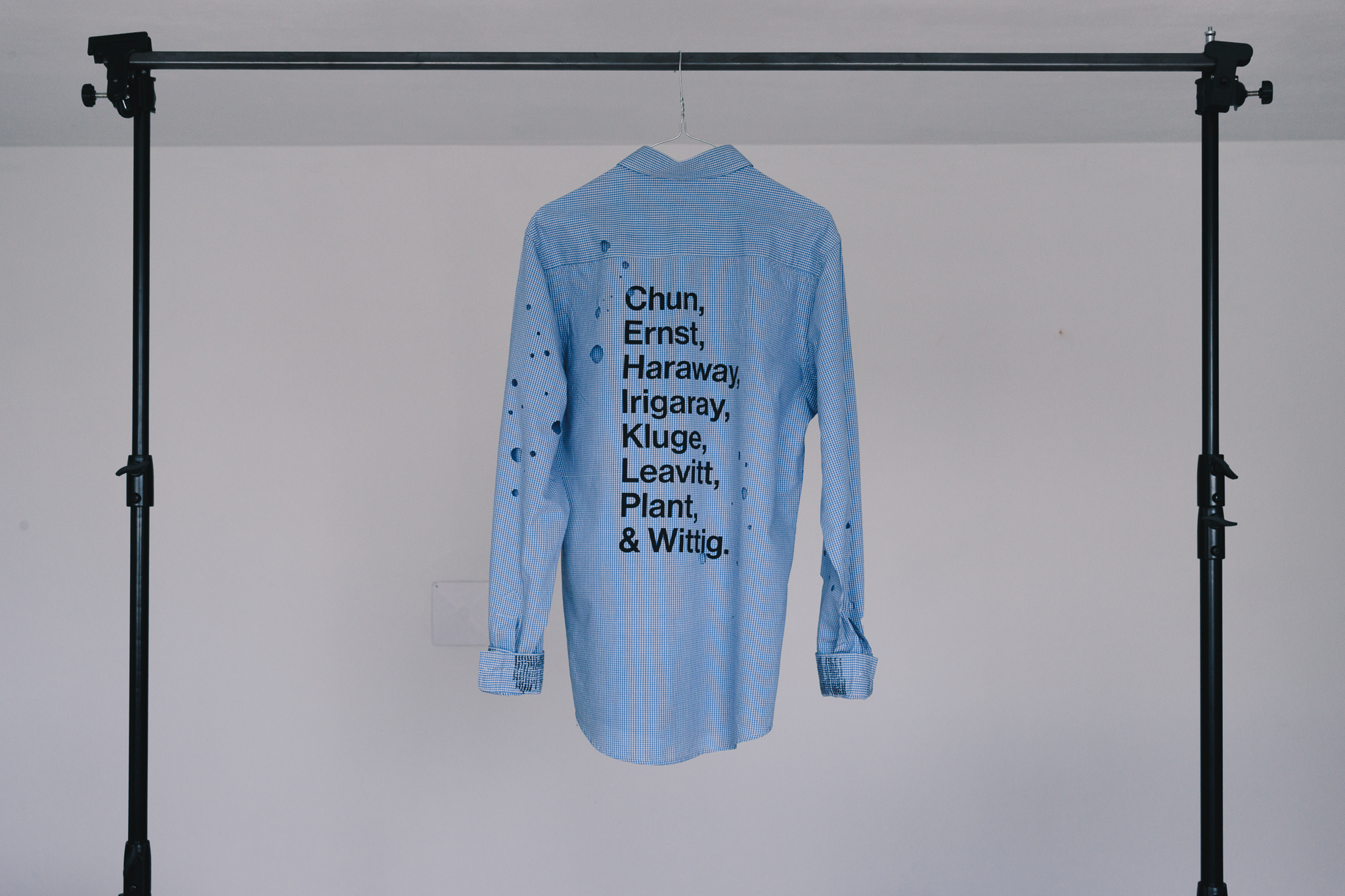
This Aggregate Of Images That Is The Universe.2
By Olena Newkryta
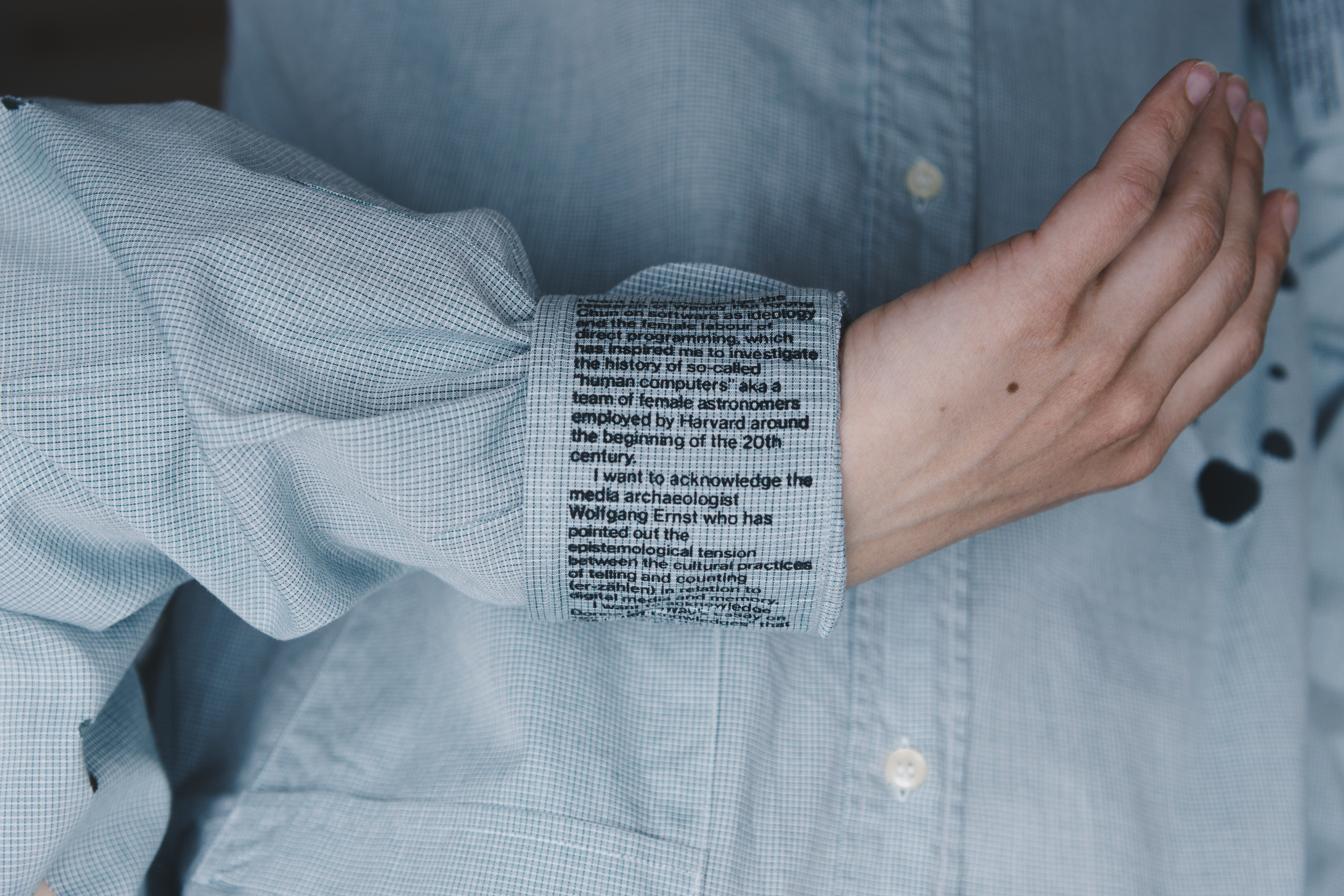
This Aggregate Of Images That Is The Universe
By Olena Newkryta
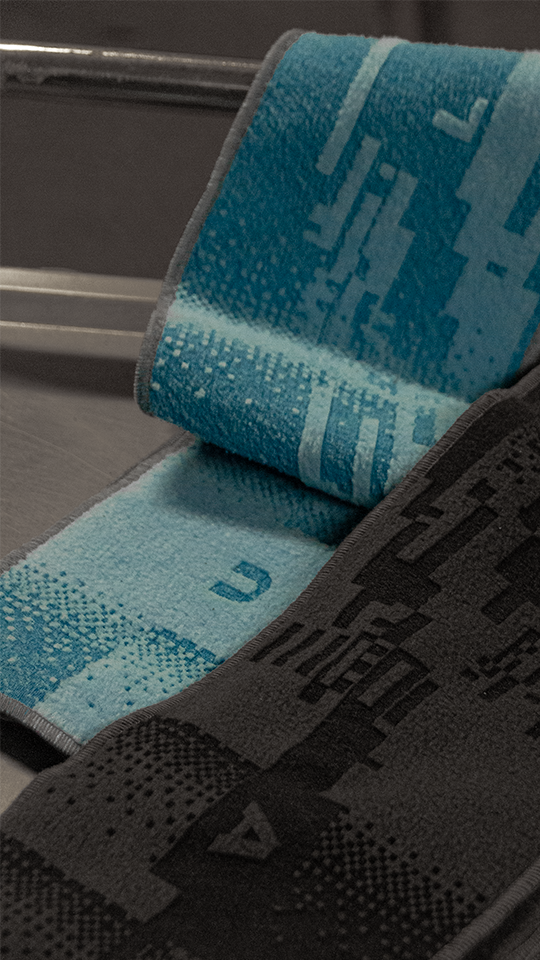
ULTRASCARF GEN.02 Light blue
By Malin Dittman

ULTRASCARF GEN.02 Grey
By Malin Dittman
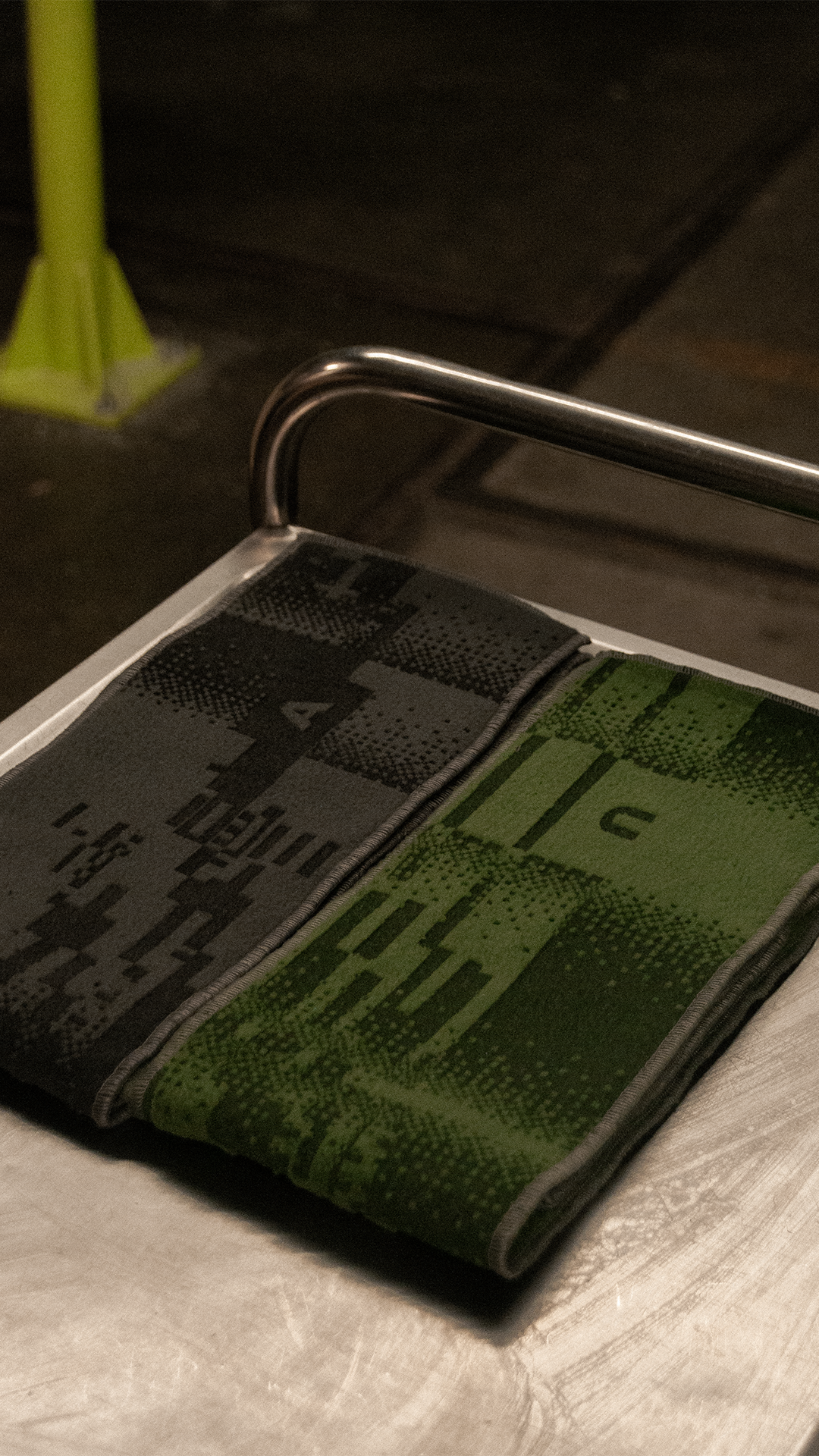
ULTRASCARF GEN.02 Dark green
By Malin Dittmann
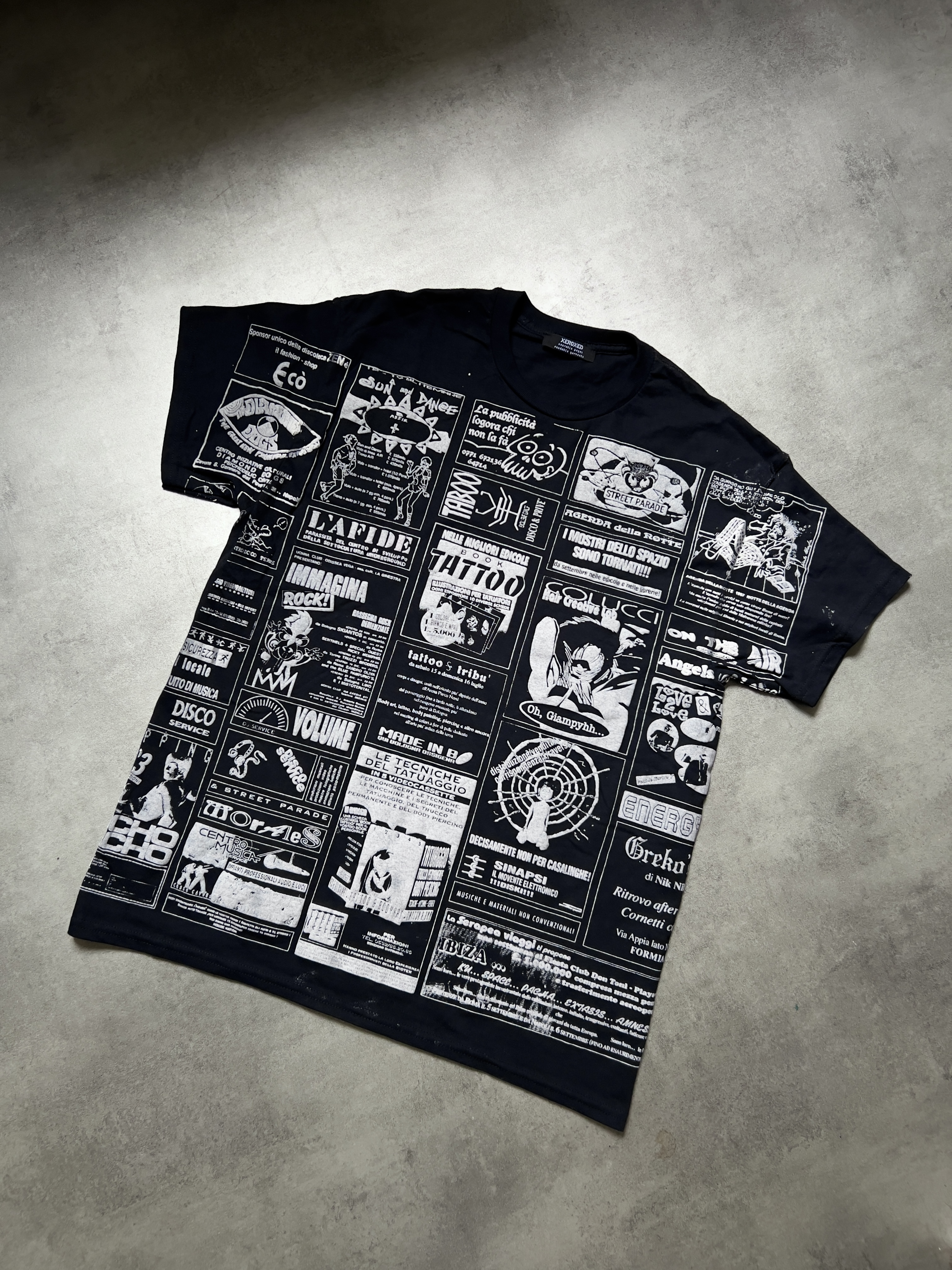
XEROXED Expanded Edition 00- Pamphlet T-shirts series Vol. 4 "MILLELIRE"
By Alia Mascia
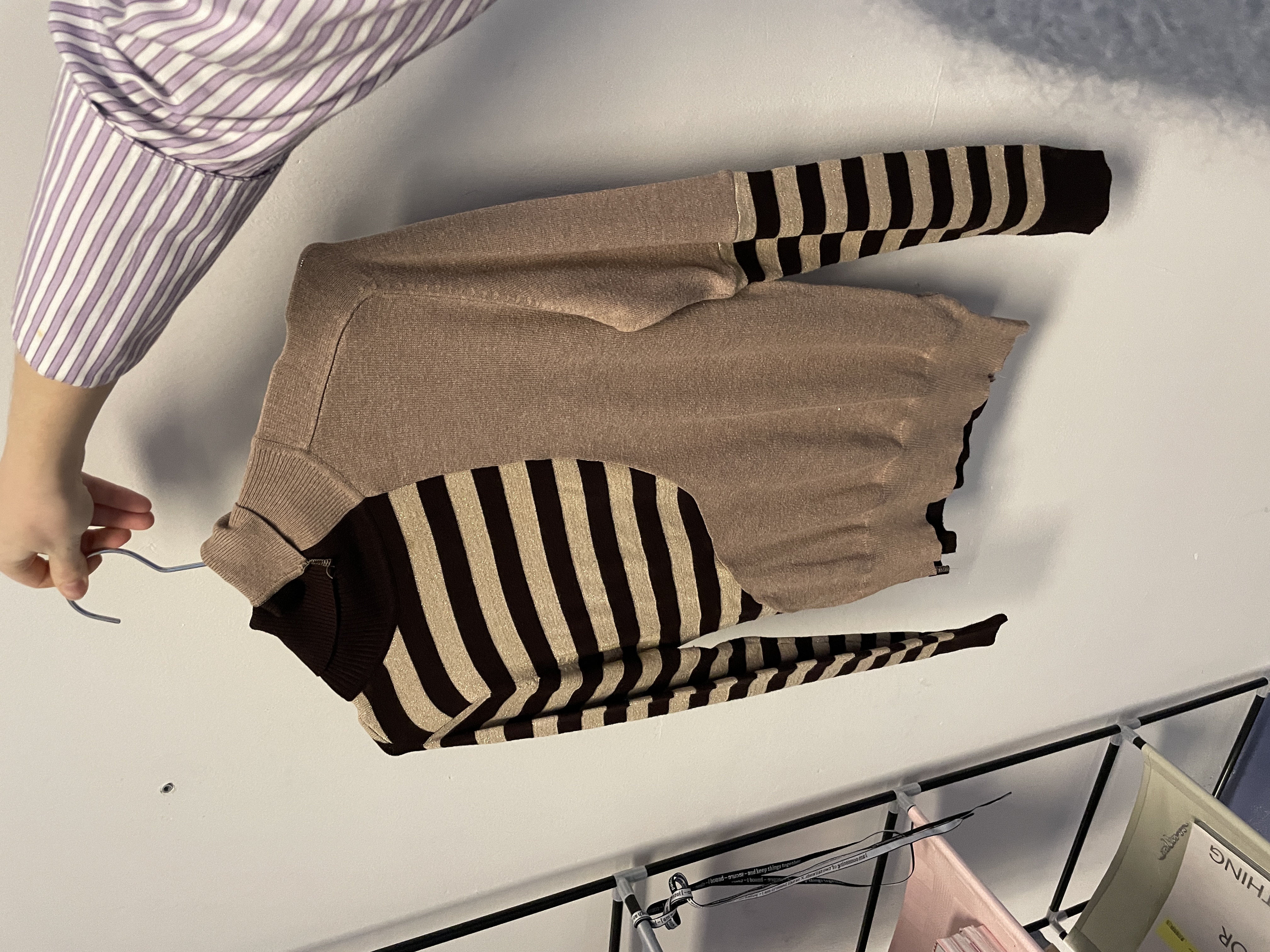
Wave Top
By Laura Dubourjal
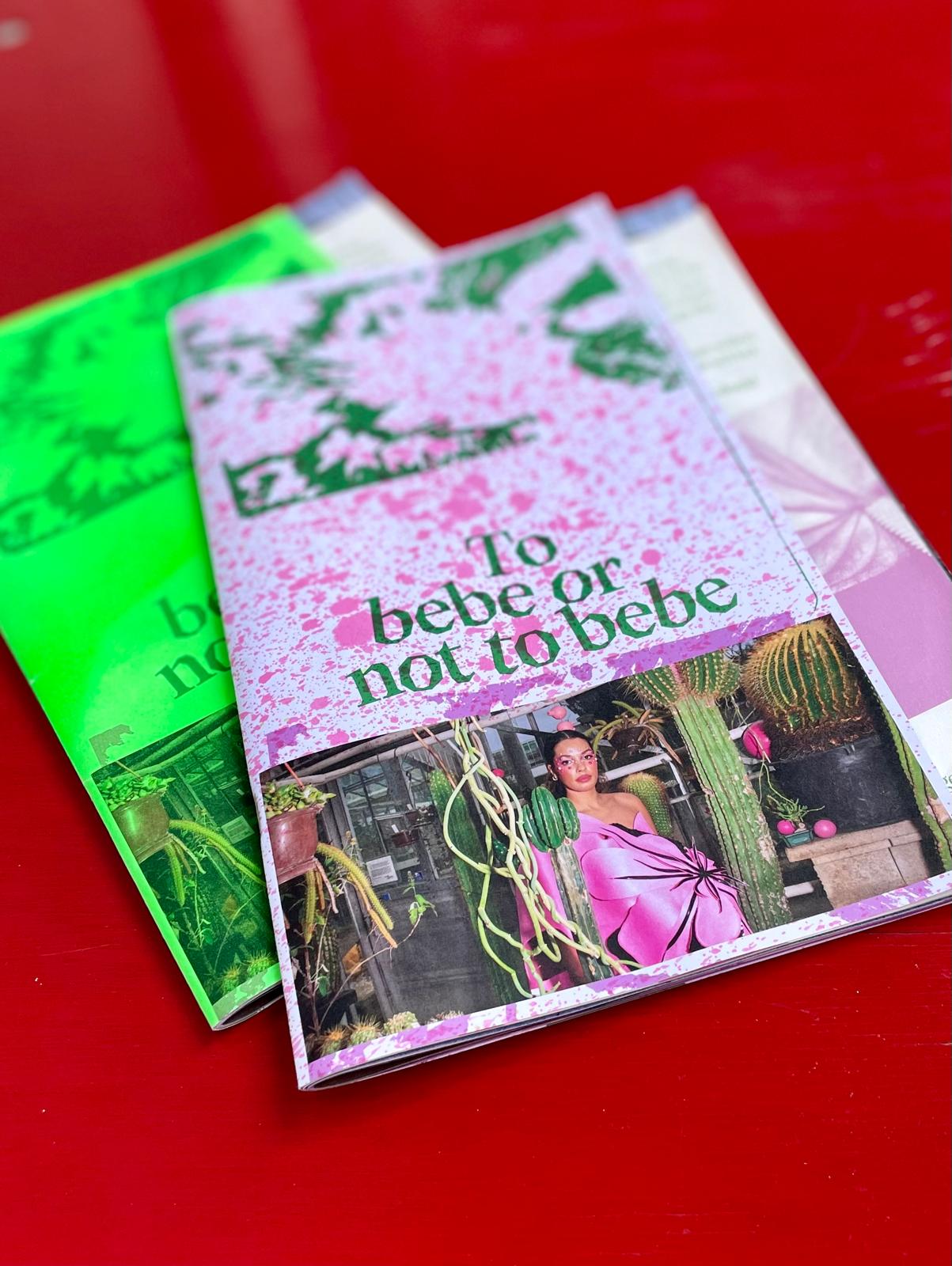
to Bebe or not to Bebe
By Romy van Eijk
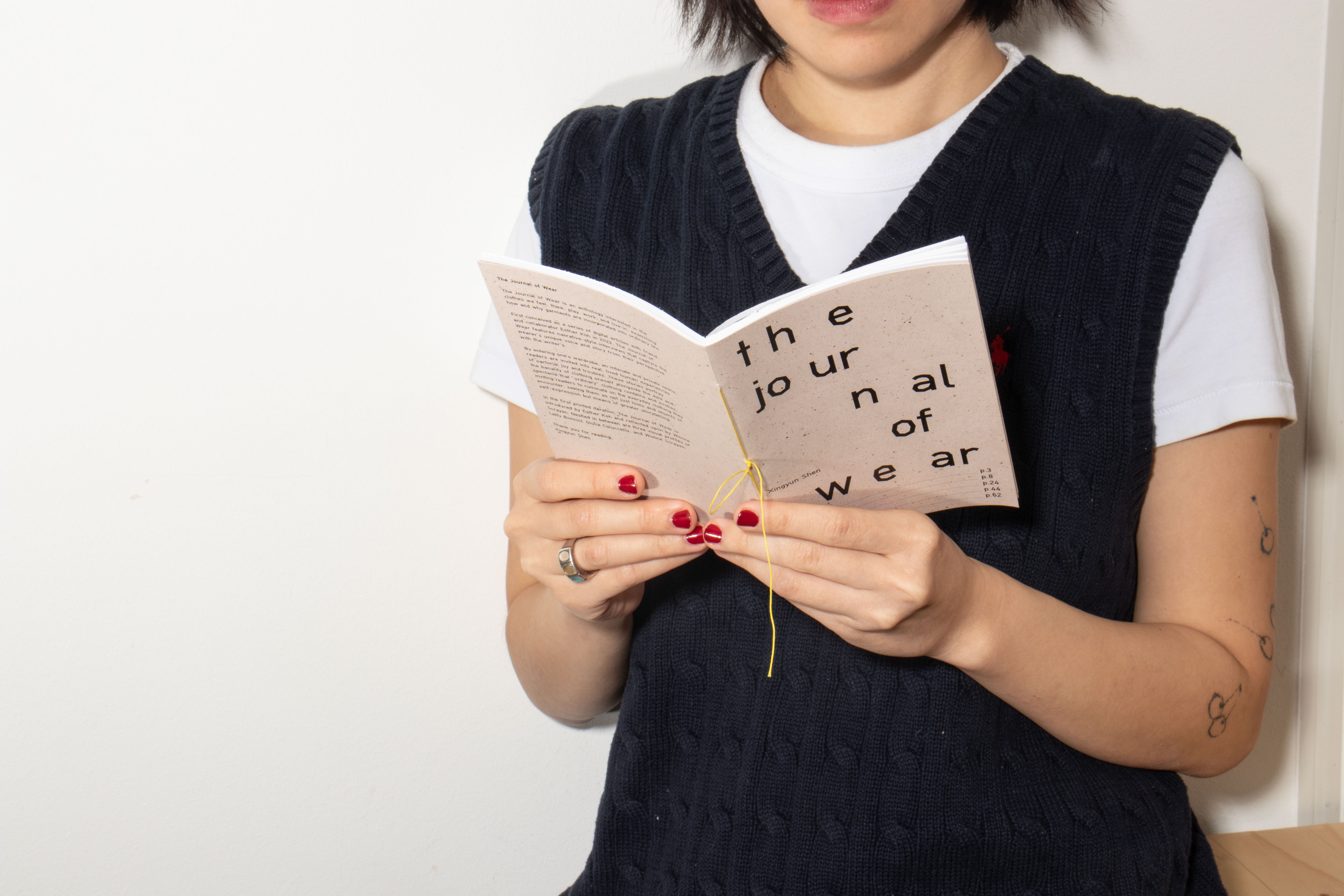
The Journal of Wear
By XingyunShen
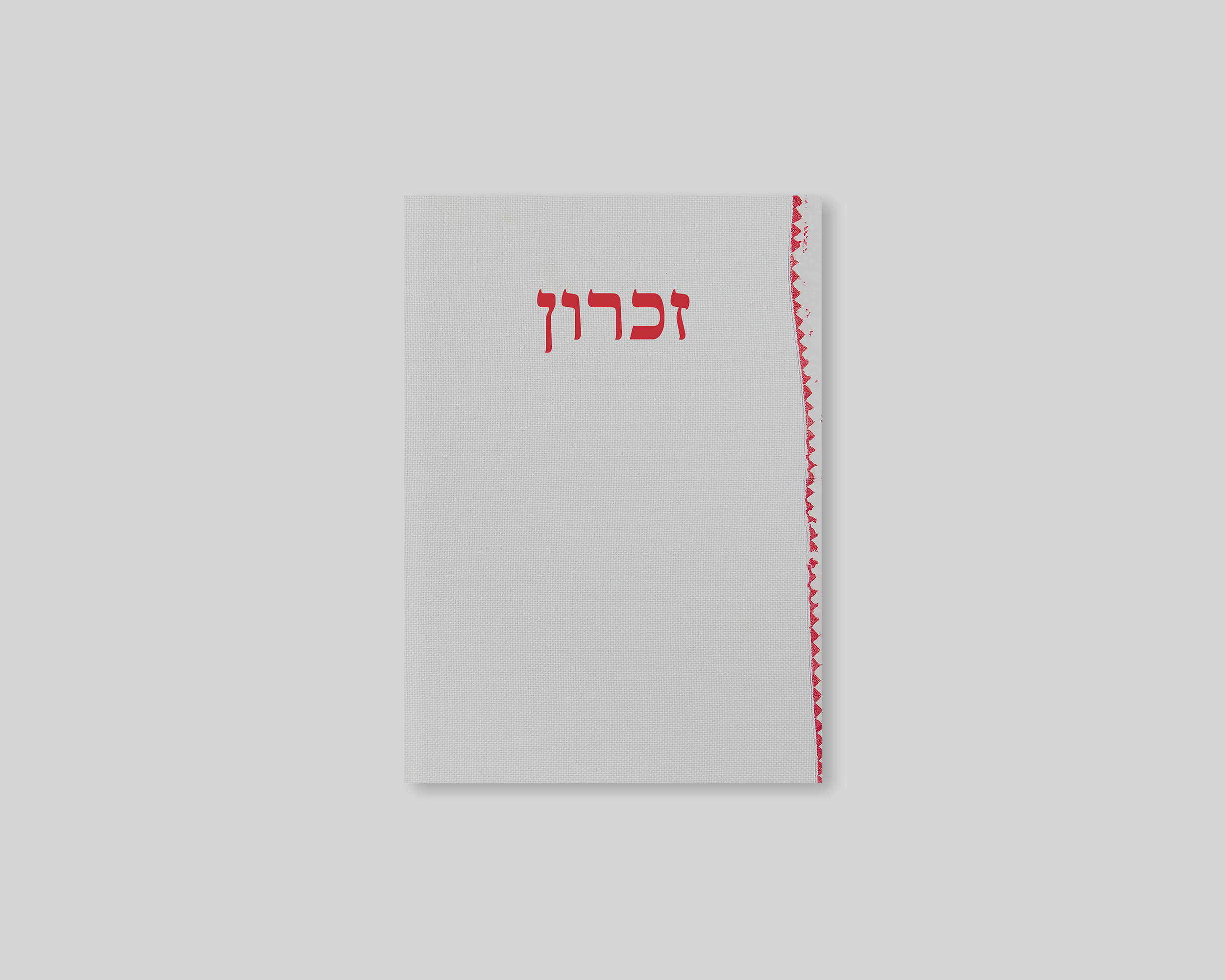
The Girl Who Crossed the River with a Tablecloth
By Lara Bongard
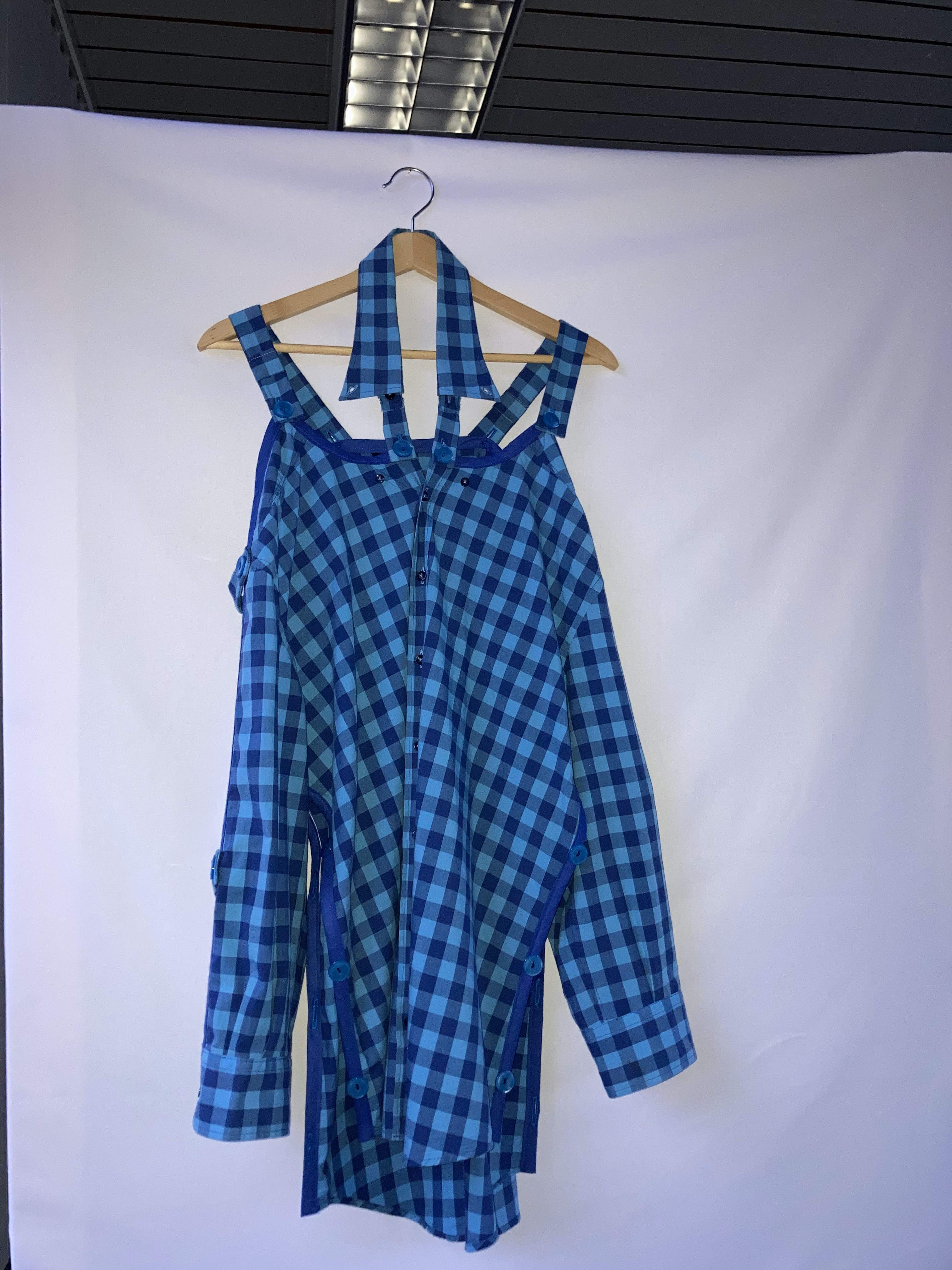
Strap Me Down Shirt
By Laura Dubourjal
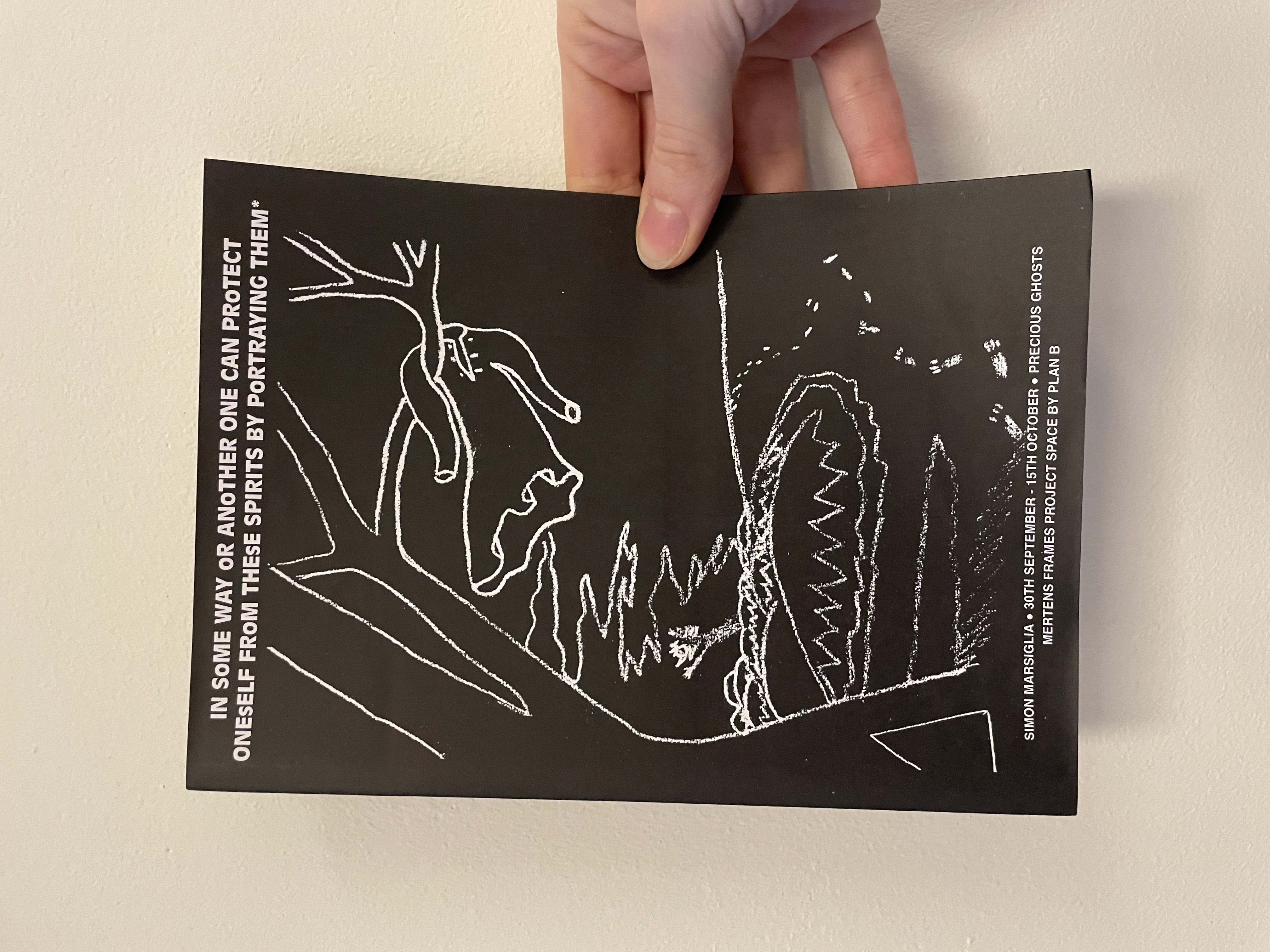
Precious Ghosts
By Simon Marsiglia
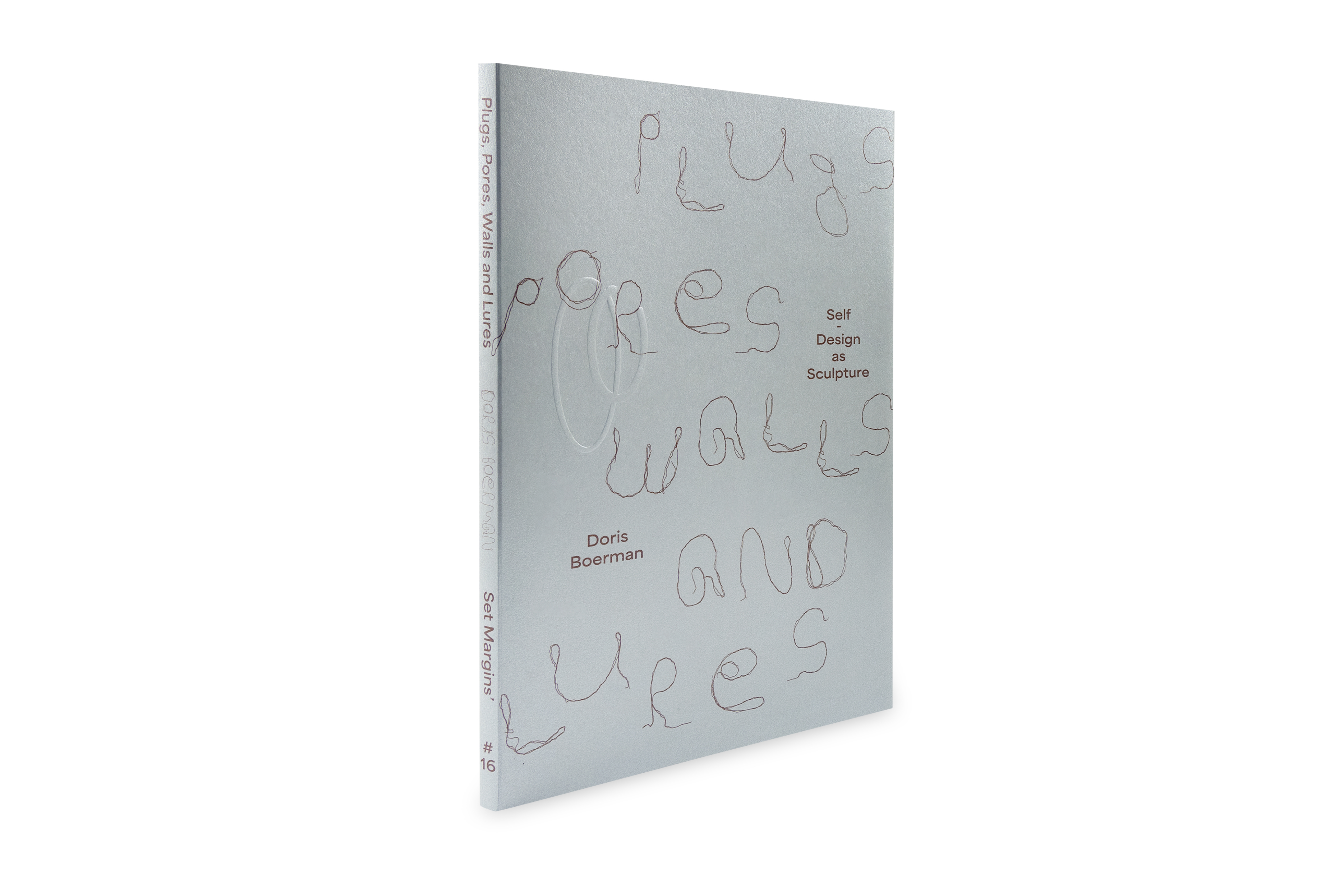
Plugs, Pores, Walls and Lures. Self-Design as Sculpture
By Doris Boerman
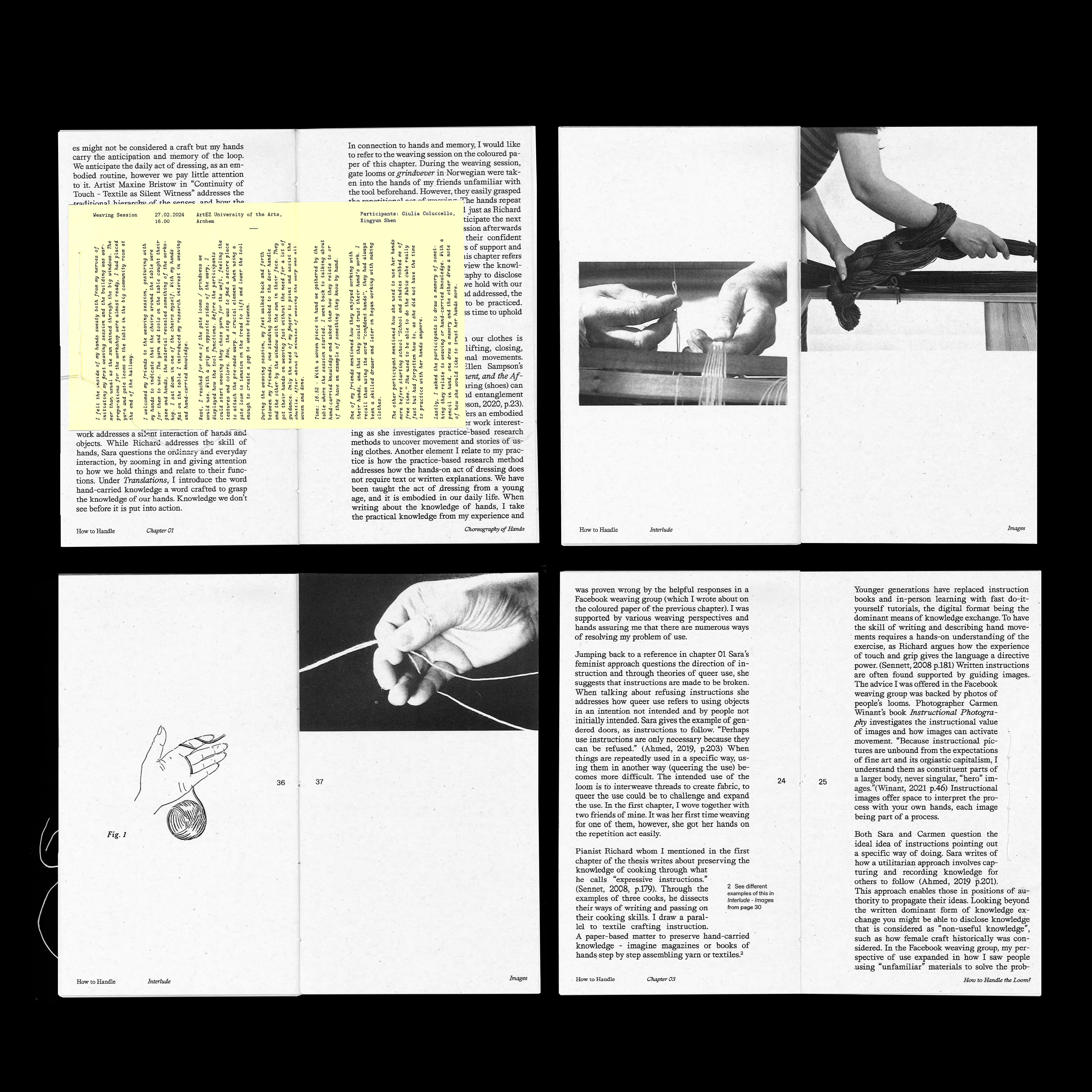
How To Handle
By Ingeborg Kvalnes
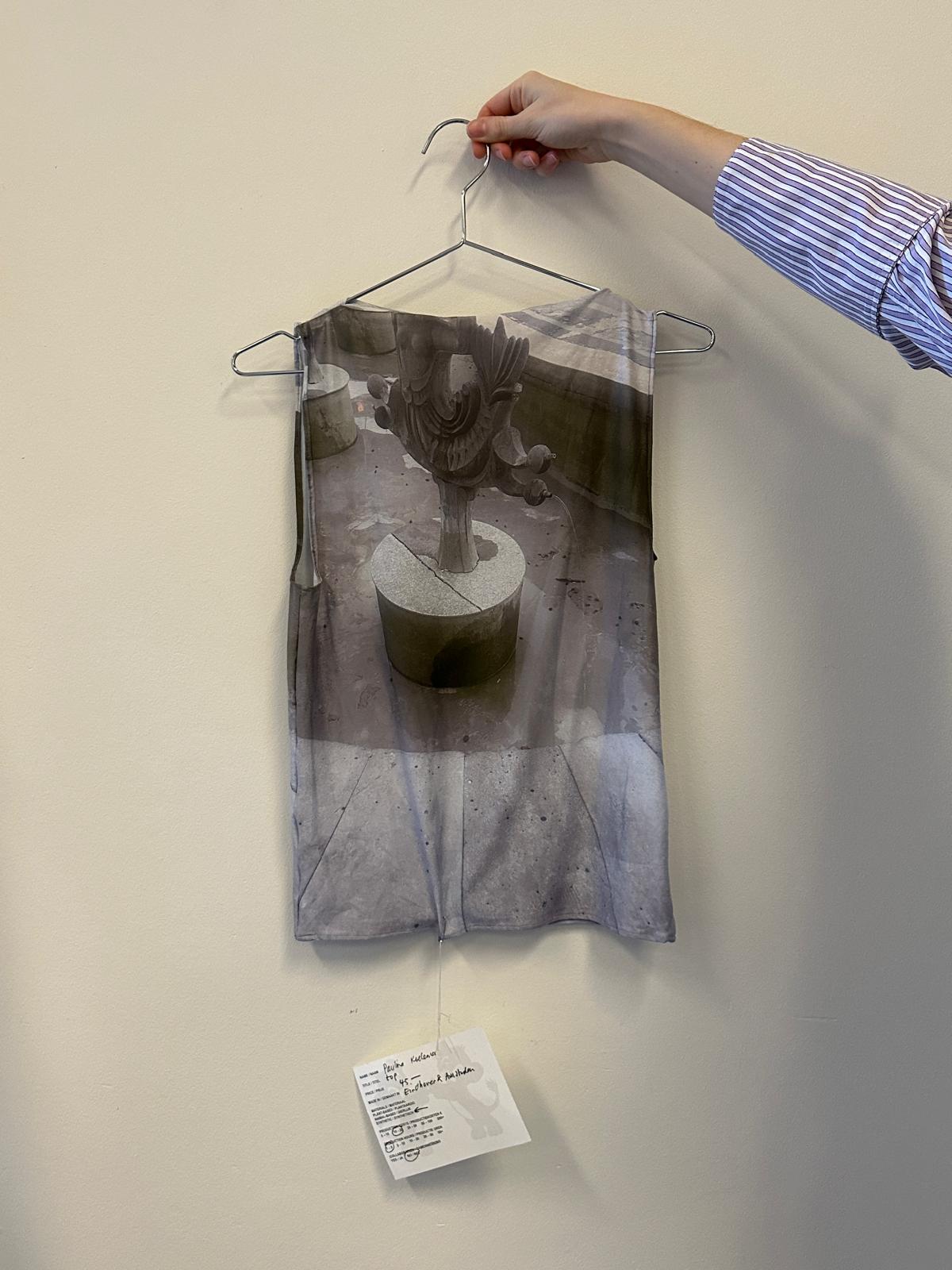
Fountain Top
By Paulina Koeleman
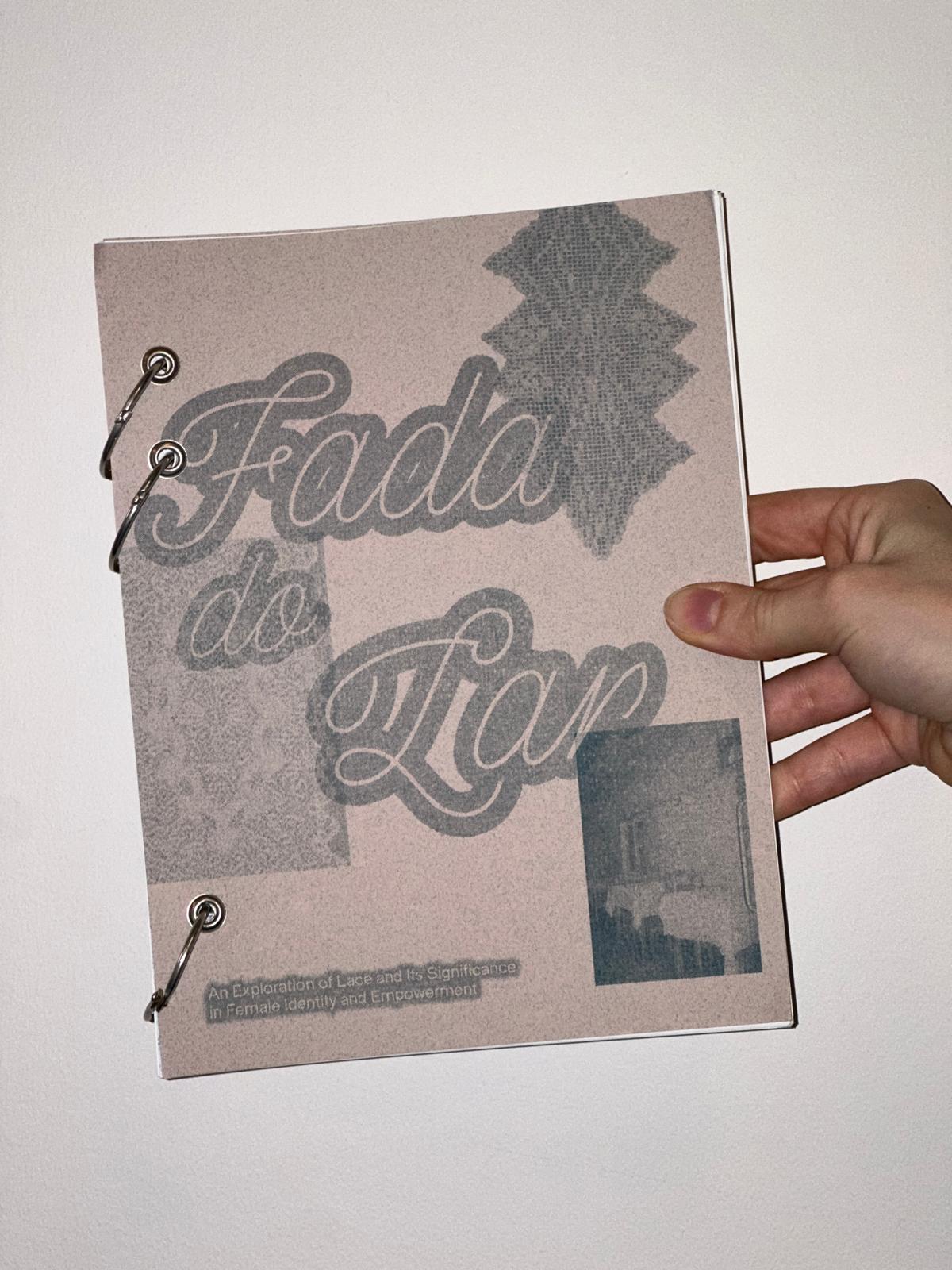
Fada do Lar
By Sophia Rausch
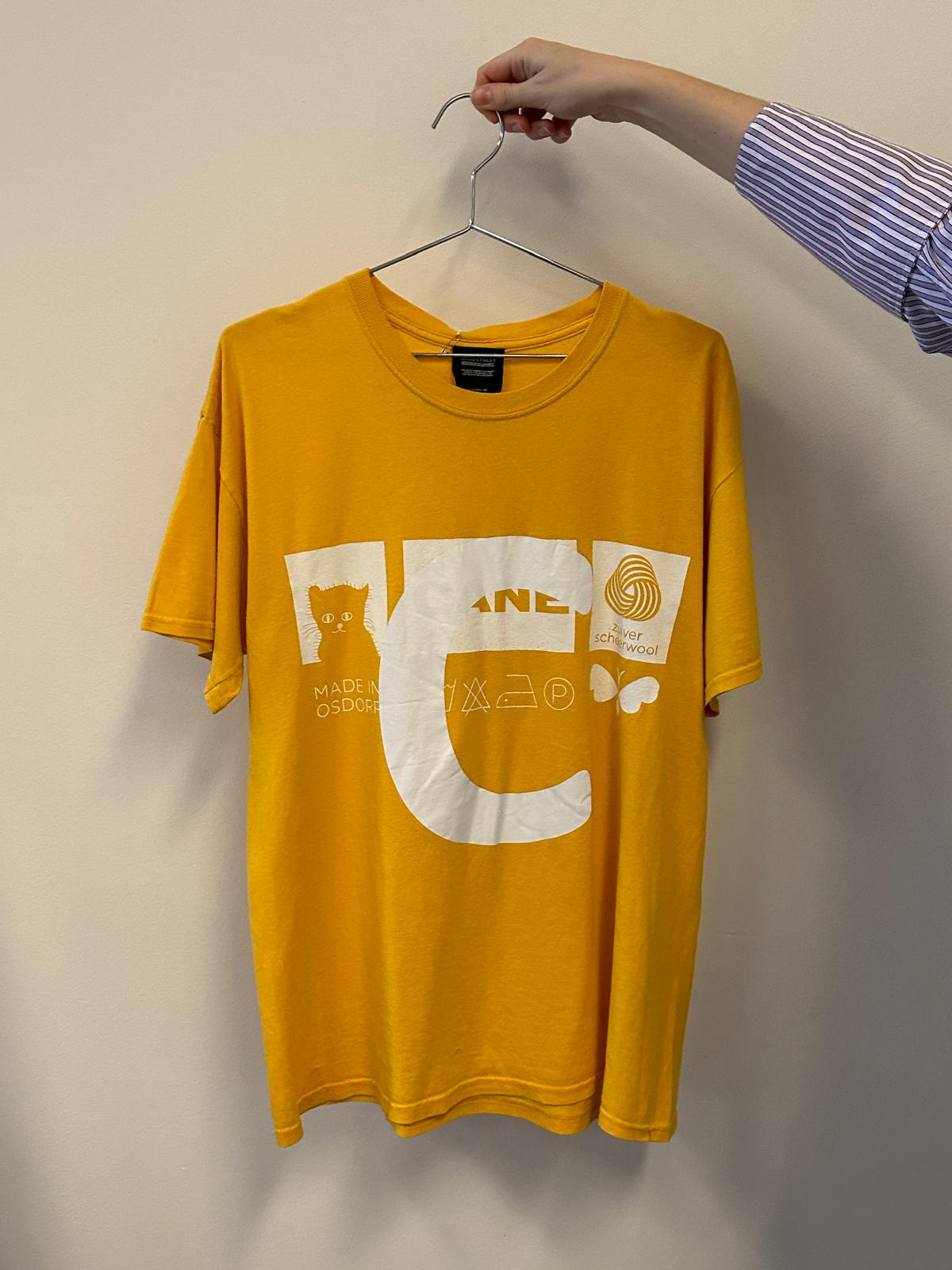
Cane made in Osdorp: T-shirts
By Eduardo Leon
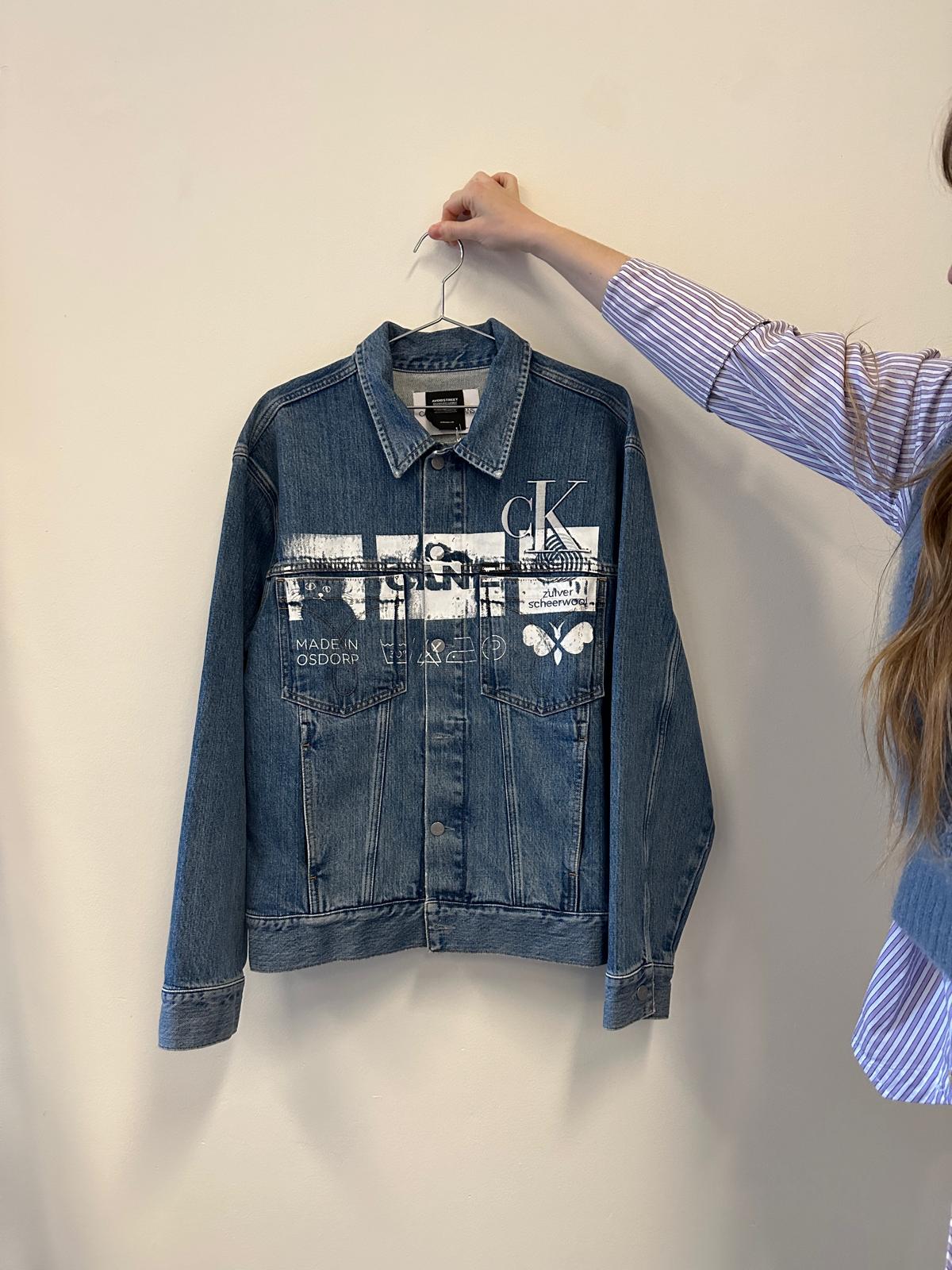
Cane made in Osdorp: Cane Klein seams jacket
By Eduardo Leon
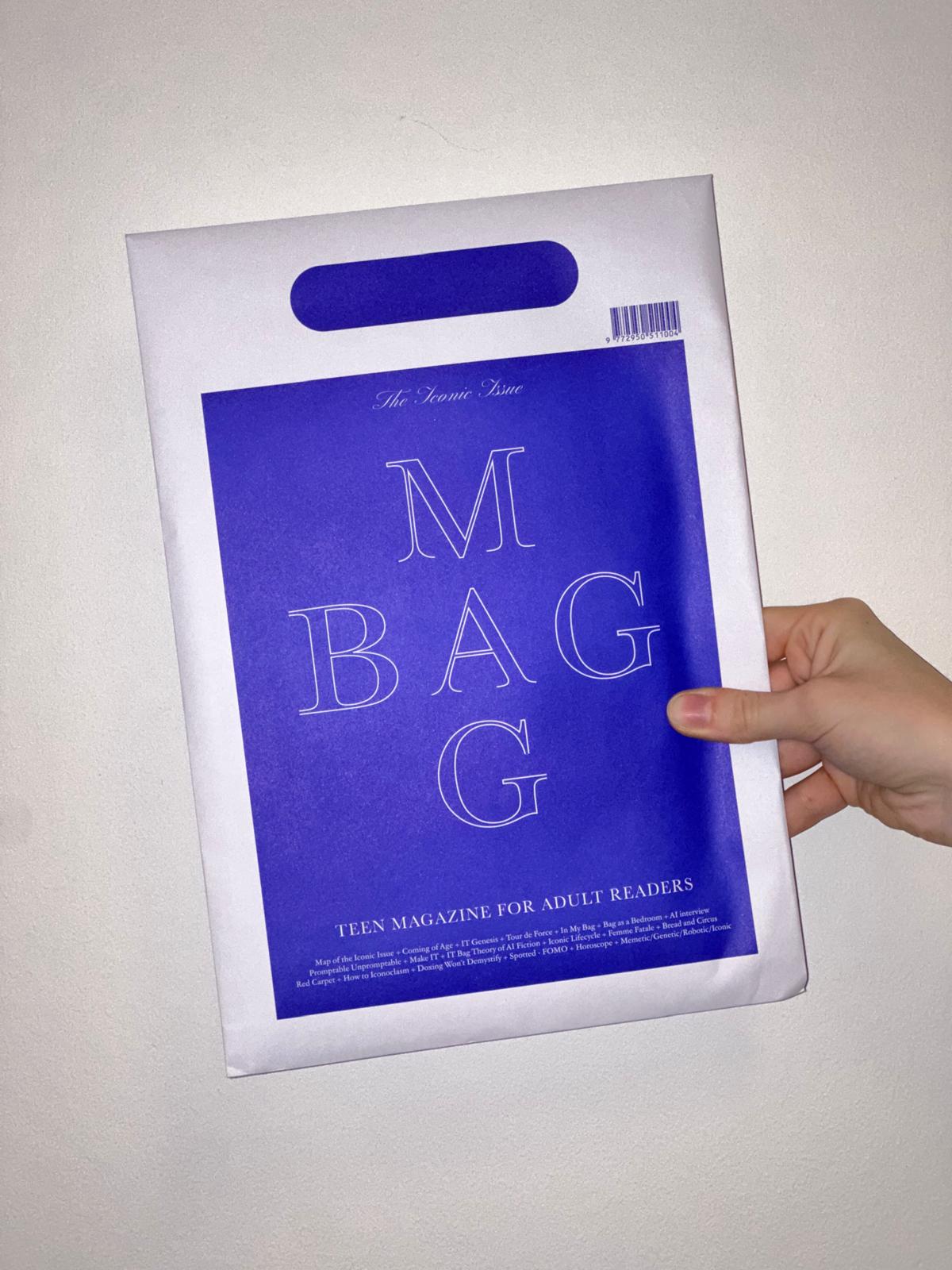
BagMag
By Elizaveta Federmesser

Trance Music Gloves
By Miglė Lukoševičiūtė
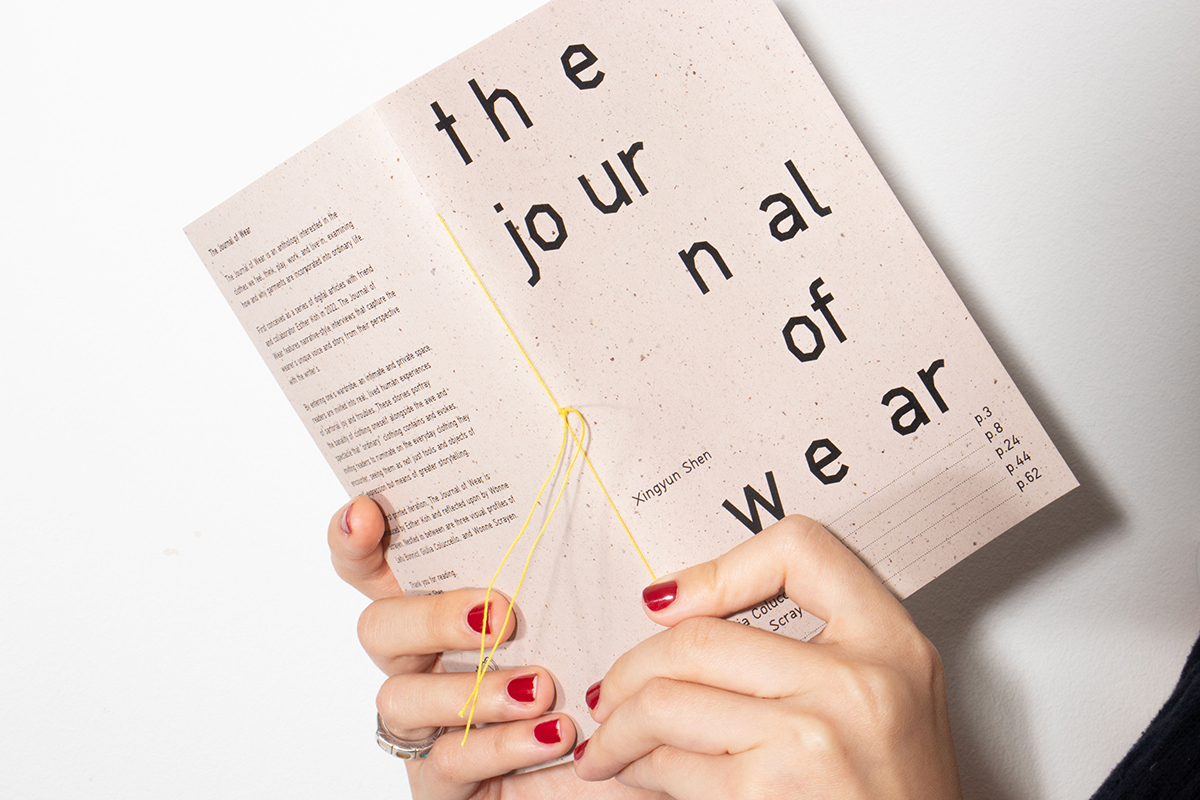
The Journal of Wear
By Xingyun Shen
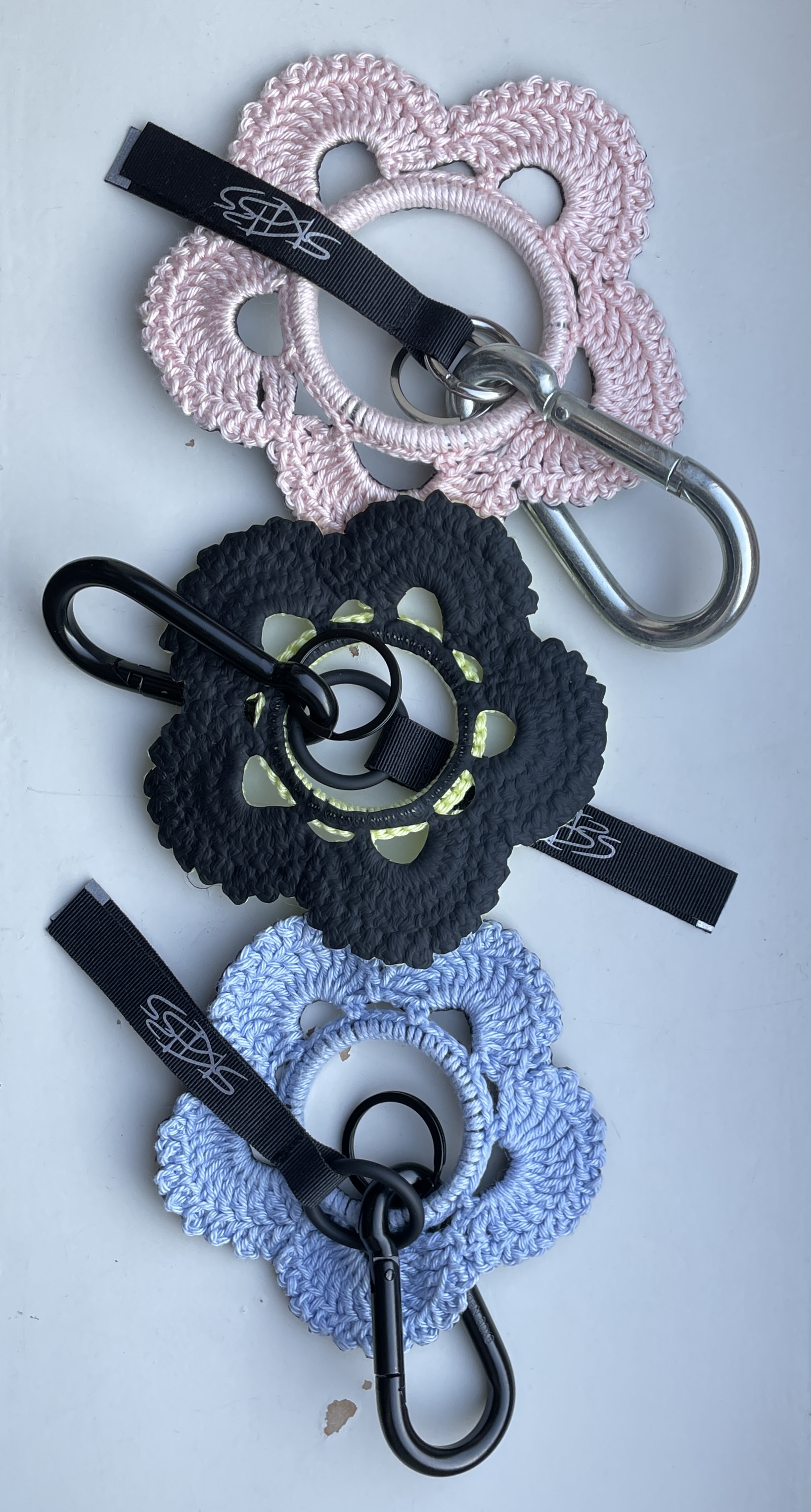
Crochet Flower Keychain - Pink
By Mika Perlmutter
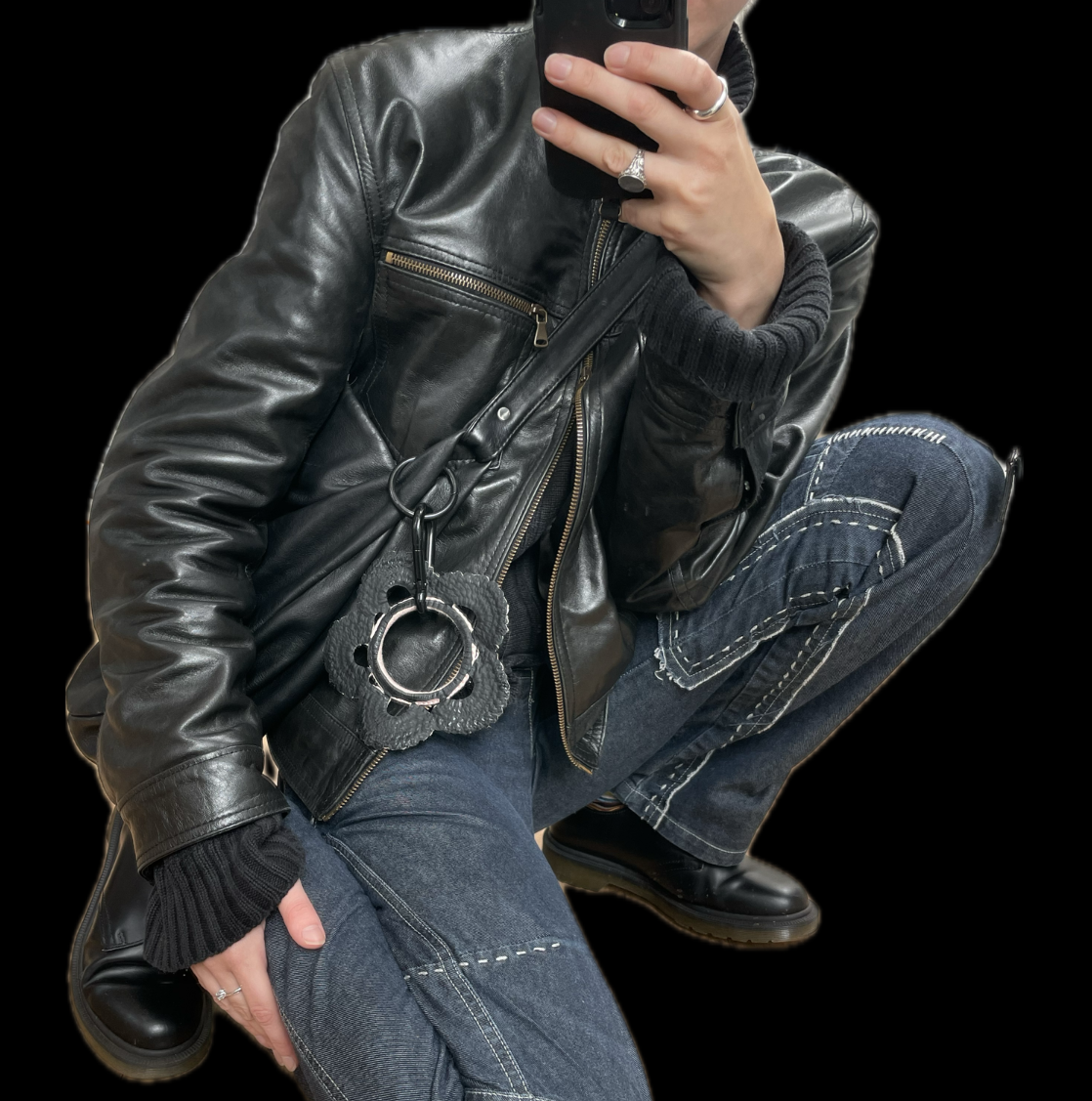
Crochet Flower Keychain - Black
By Mika Perlmutter
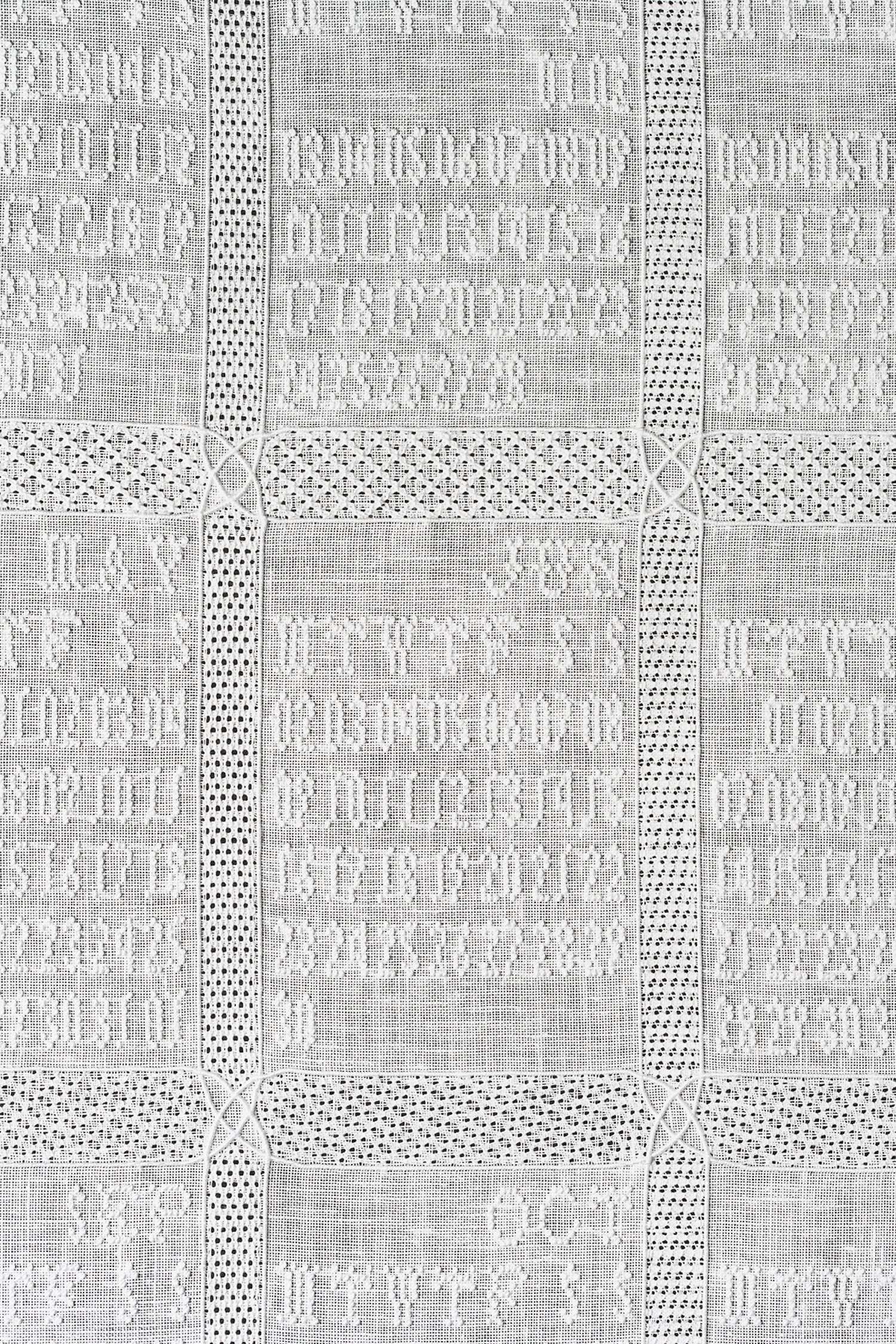
Calendar 2025: Pulled Thread
By Masaki Komoto
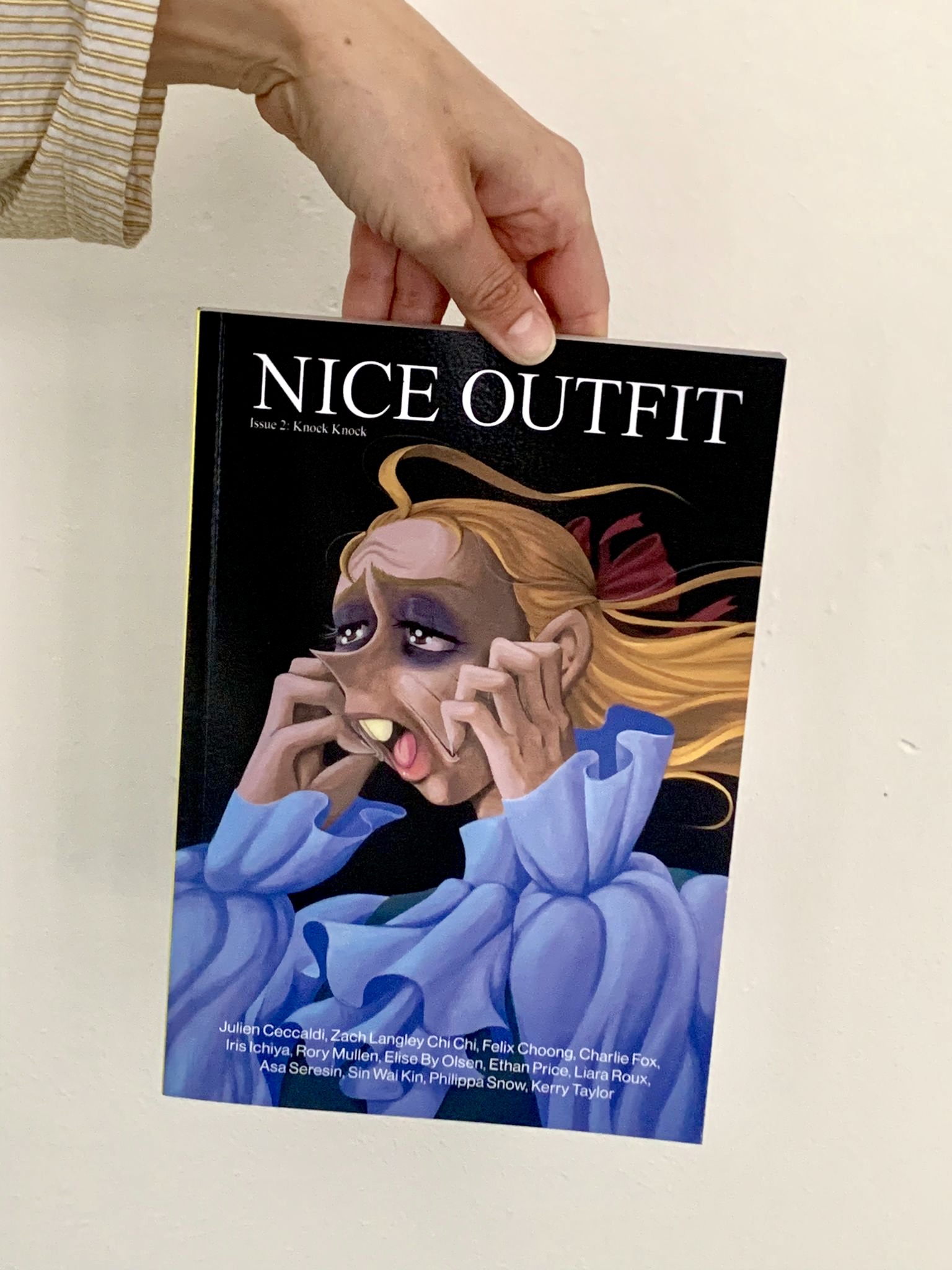
Nice Outfit
By Felix Choong
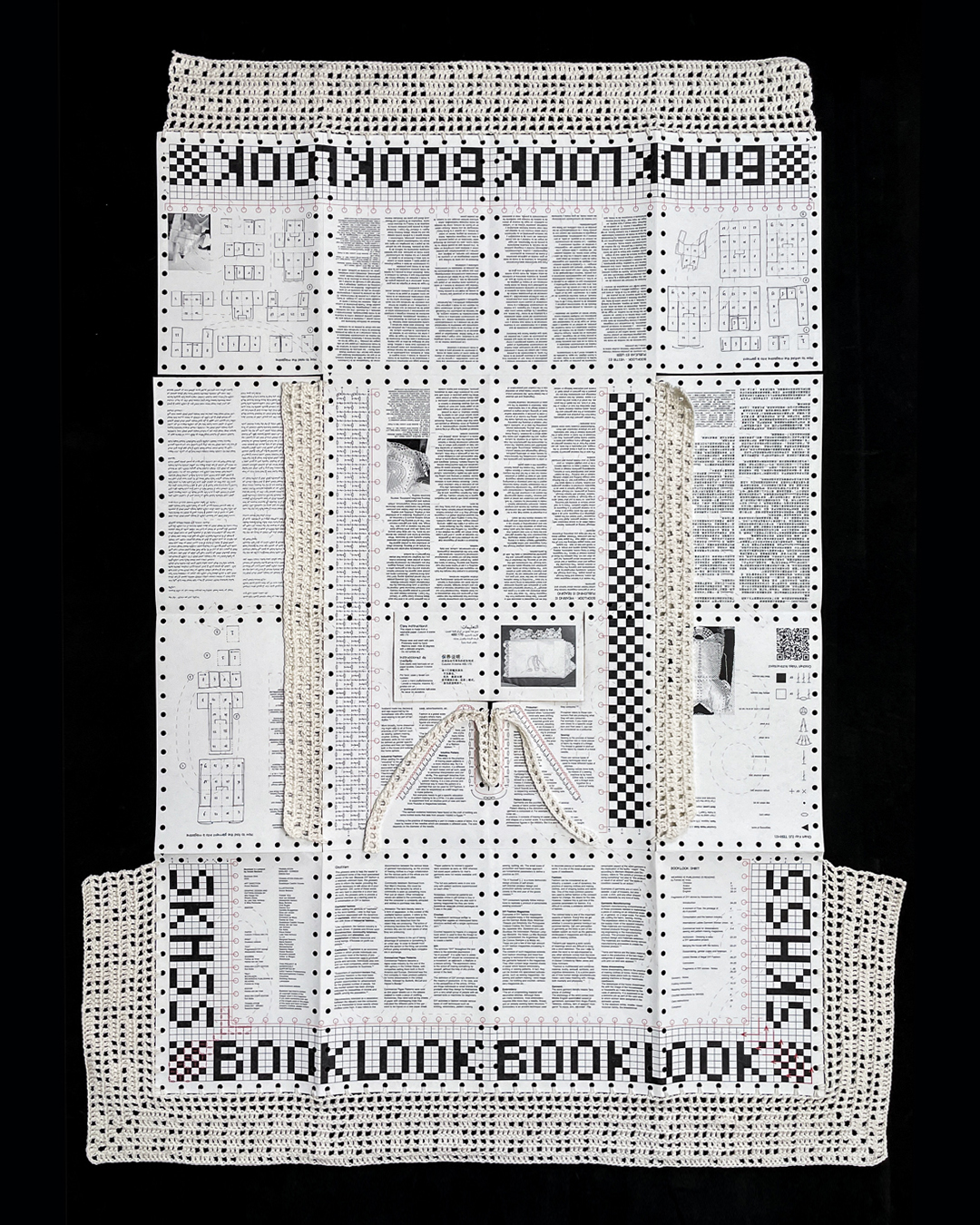
[Sold Out] Issue 2: Booklook Shirt
By Anouk Beckers, Alessandra Varisco, Lejla Vala Verheus, Mika Perlmutter & Femke de Vries
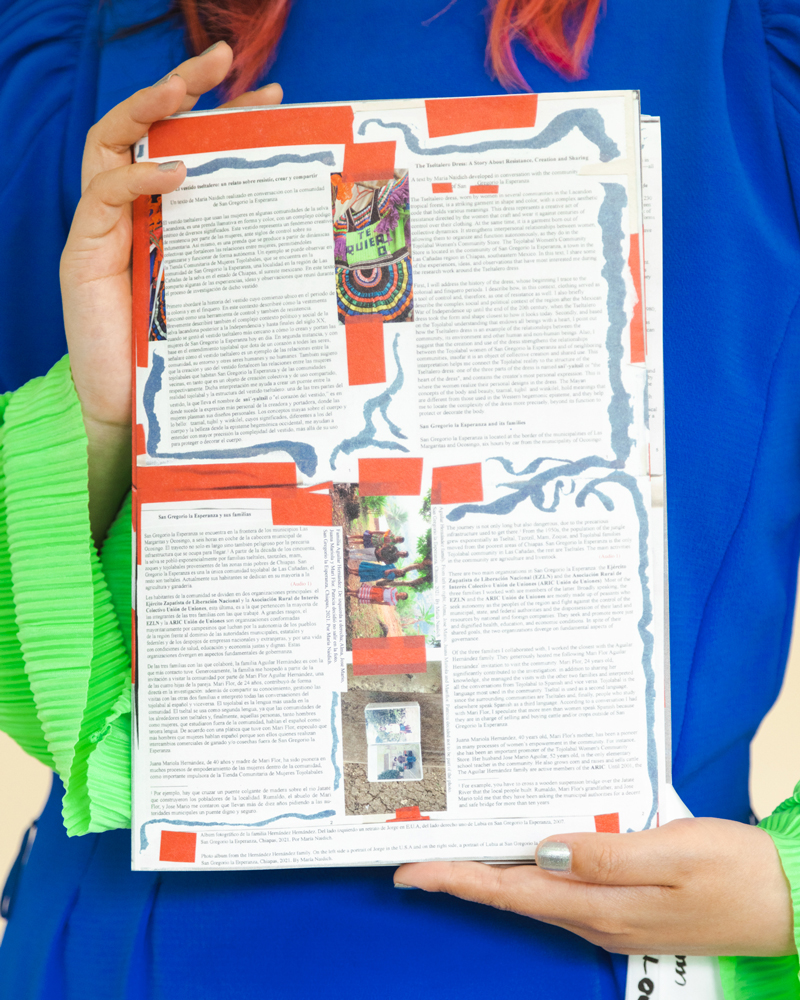
[Sold Out] Issue 1: Booklook Apron-Delantal
By Anouk Beckers, María Naidich & Femke de Vries, Rietlanden Women's Office
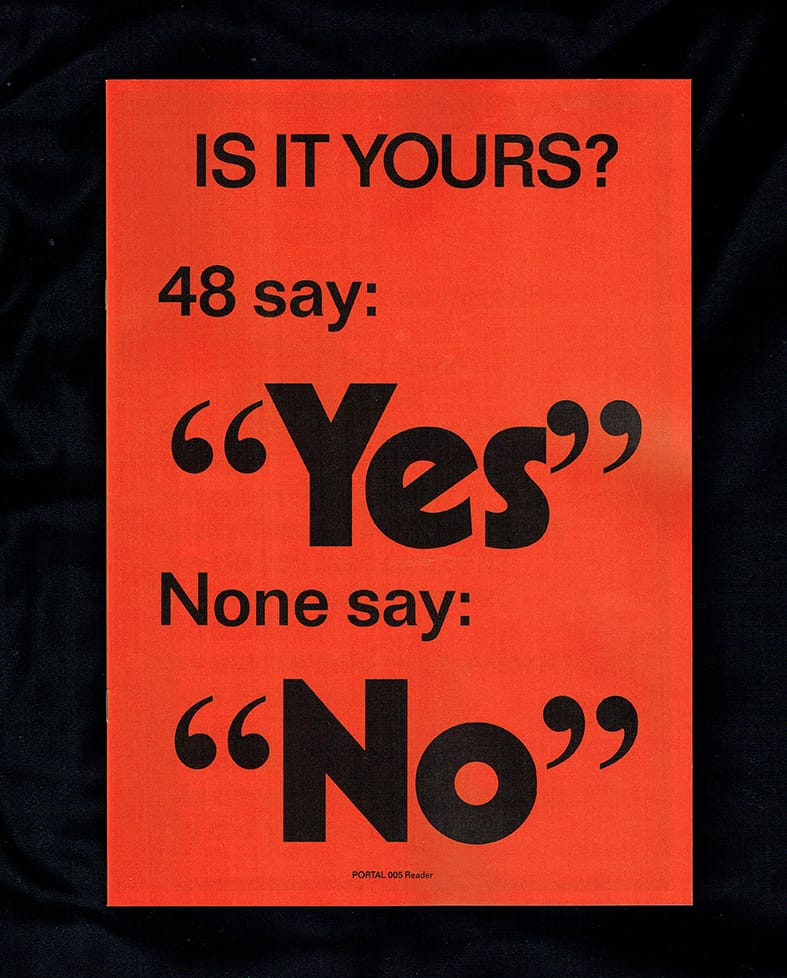
PORTAL 005 Reader
By Elisa van Joolen (ed.)
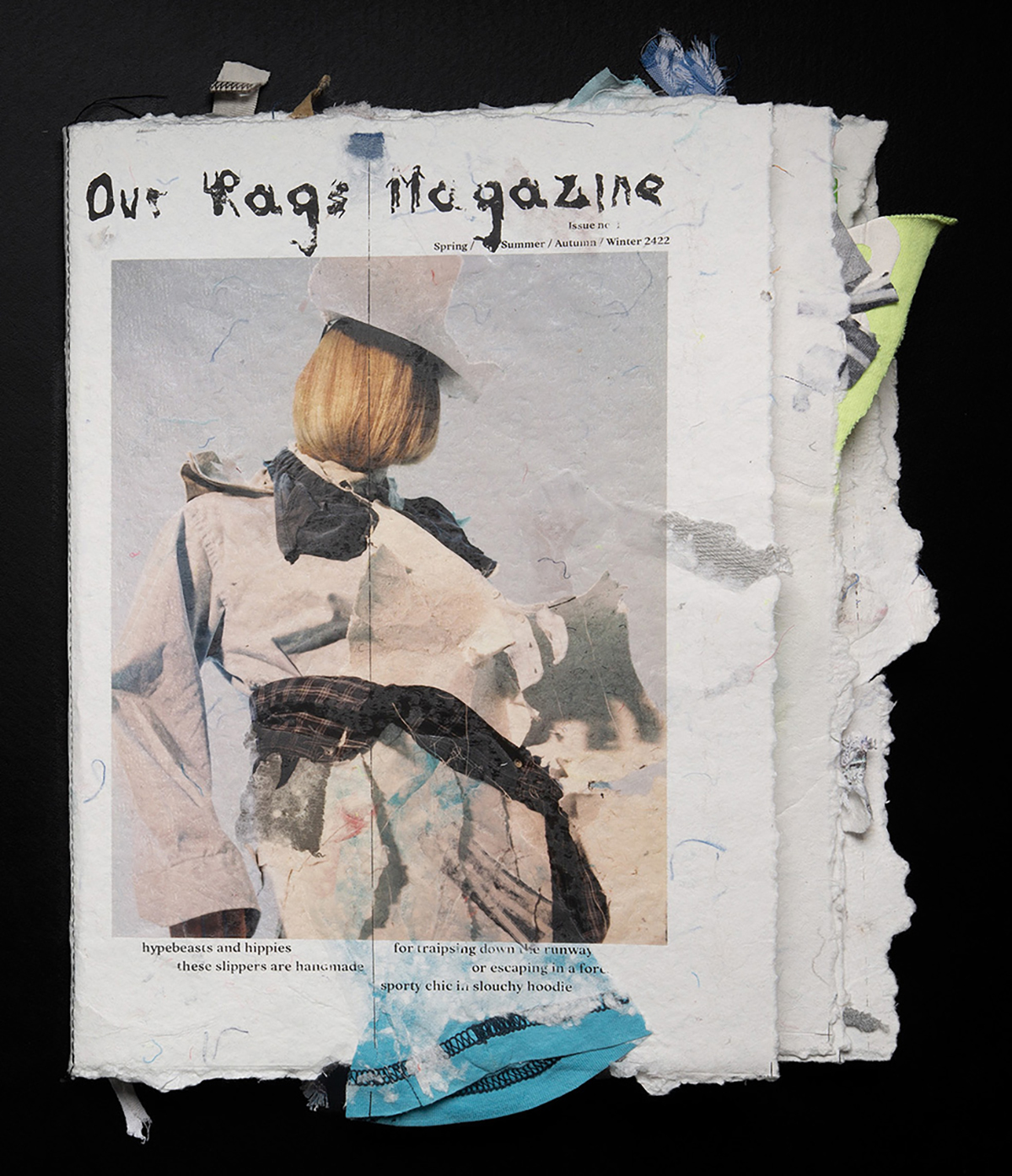
Our Rags Magazine
By Aimée Zito Lema & Elisa van Joolen (eds.)

Press & Fold #2 | The Resistance Issue
By Hanka van der Voet (ed.)
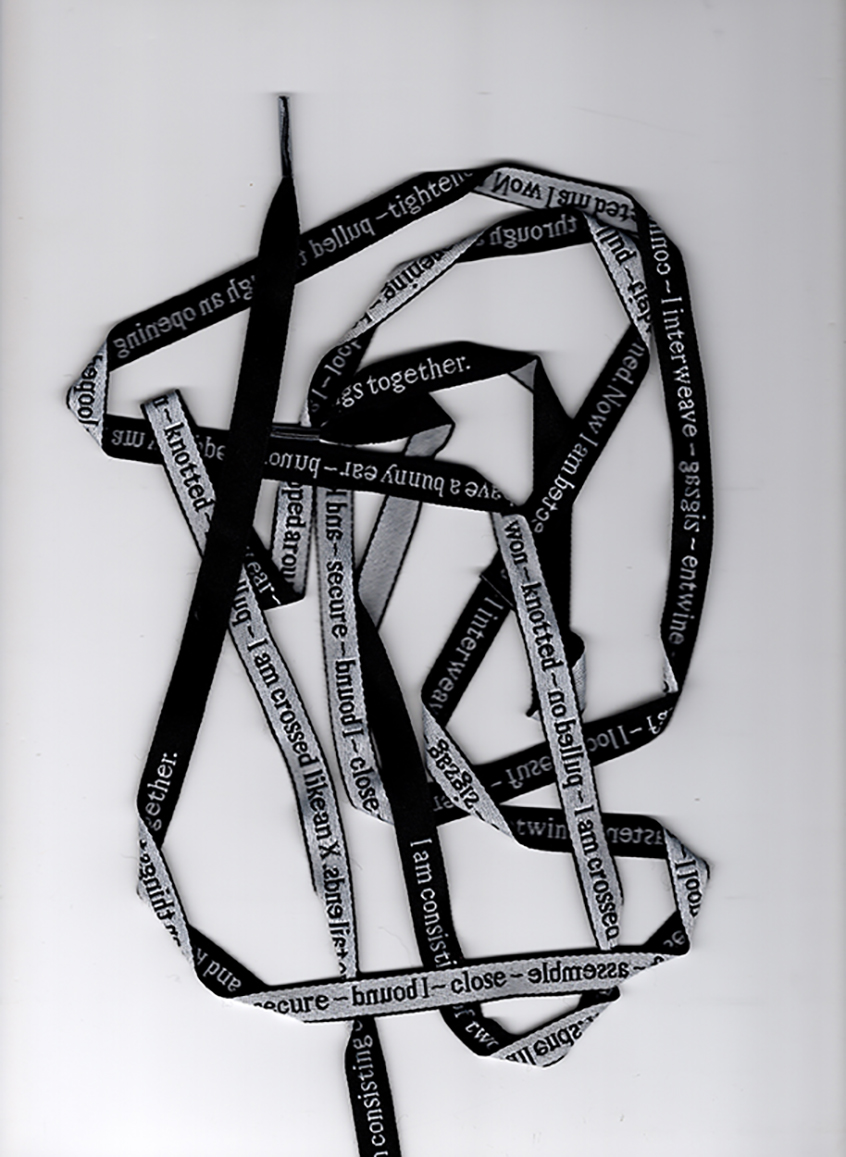
Warehouse Wear | Shoelaces
By Warehouse
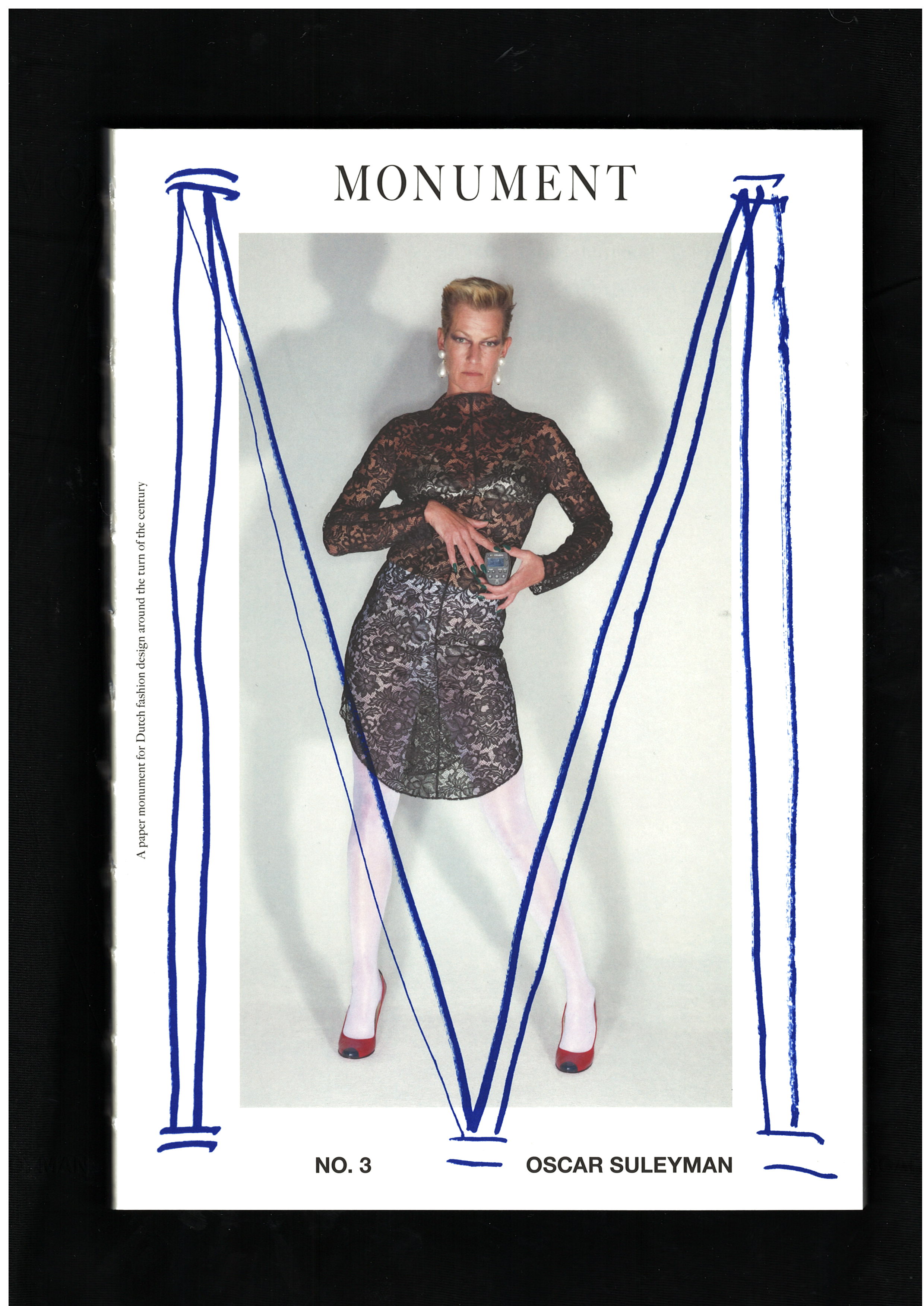
[Sold Out] Monument Issue #3 | Oscar Suleyman
By Mary-Lou Berkulin (ed.)
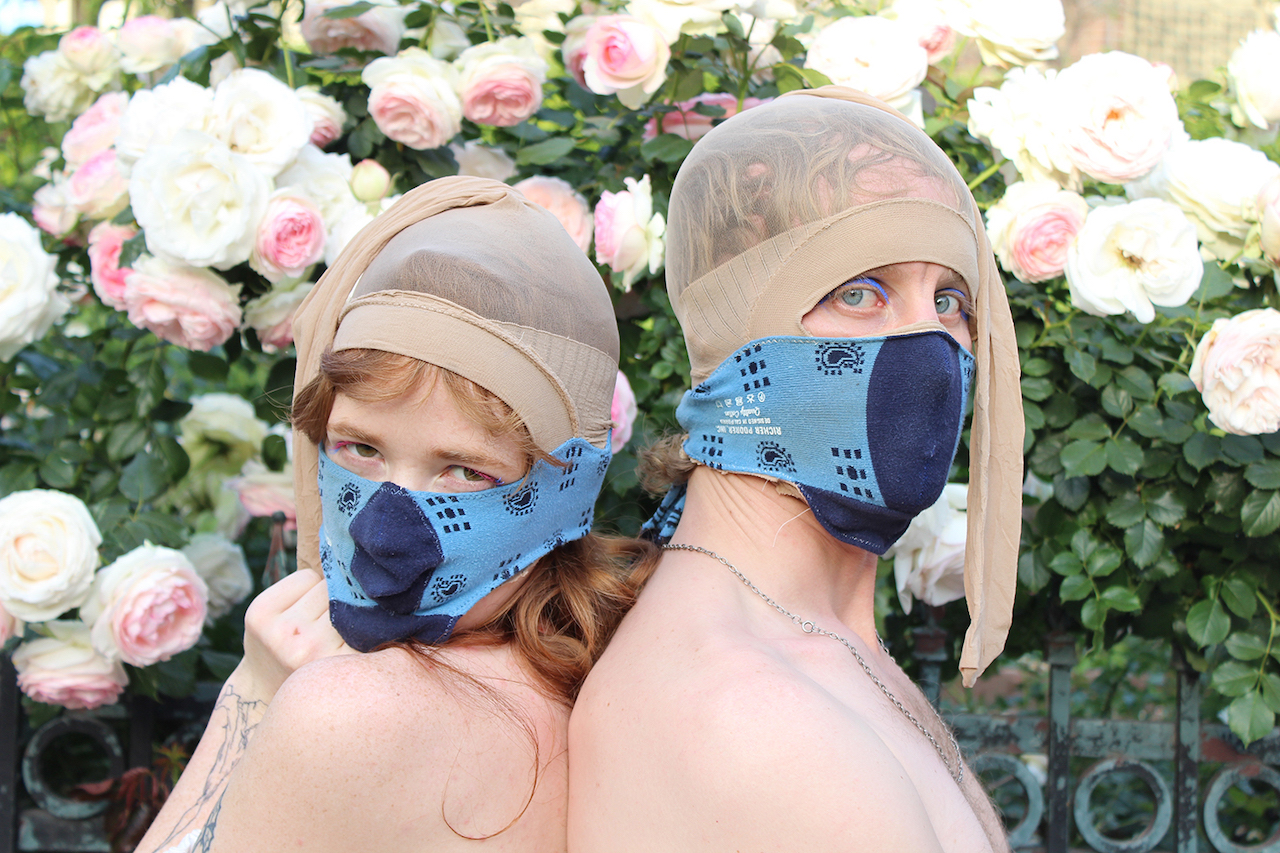
Warehouse Wear | The Face Mask Series I
By Femail Forever
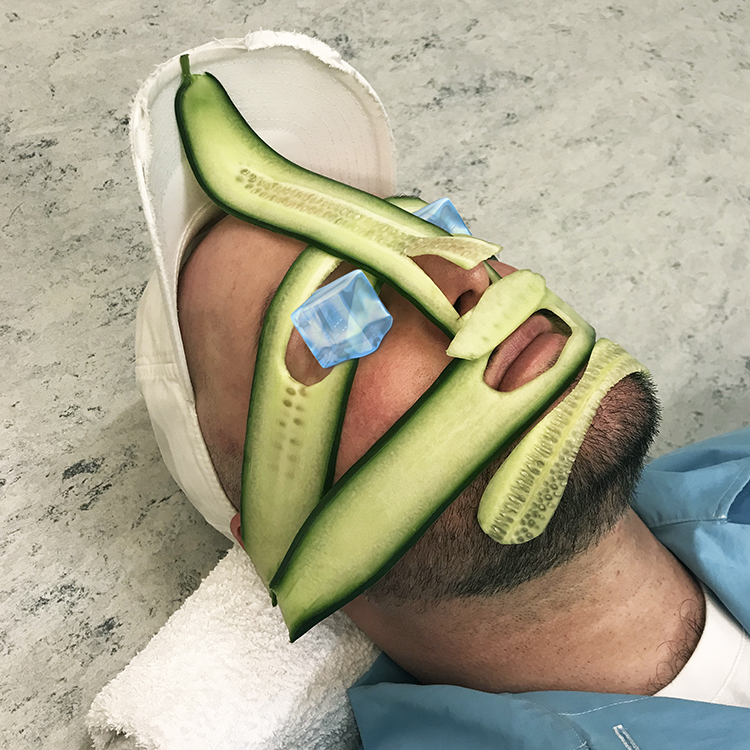
Warehouse Wear | The Face Mask Series II
By Schueller de Waal
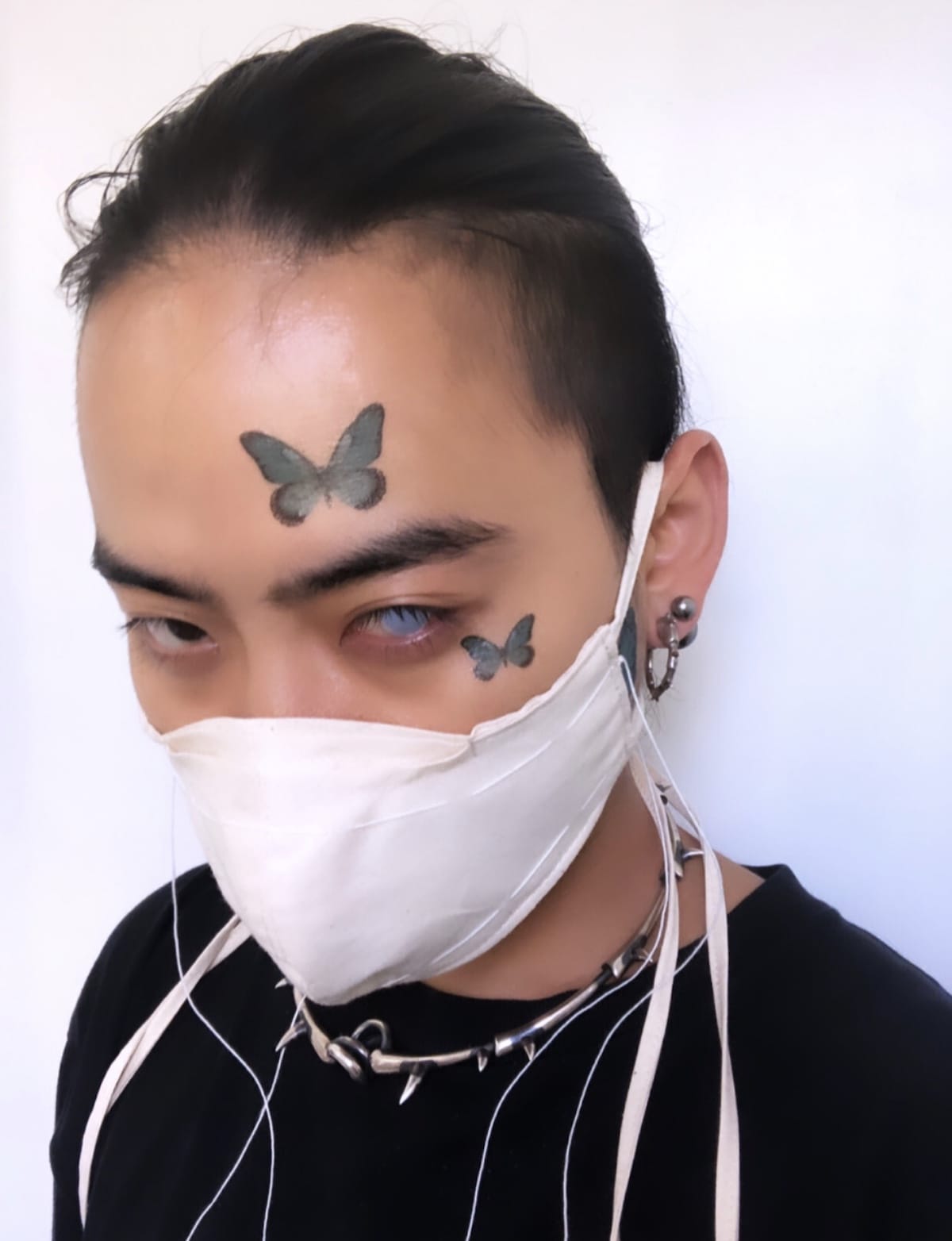
Warehouse Wear | The Face Mask Series III
By Sho Konishi
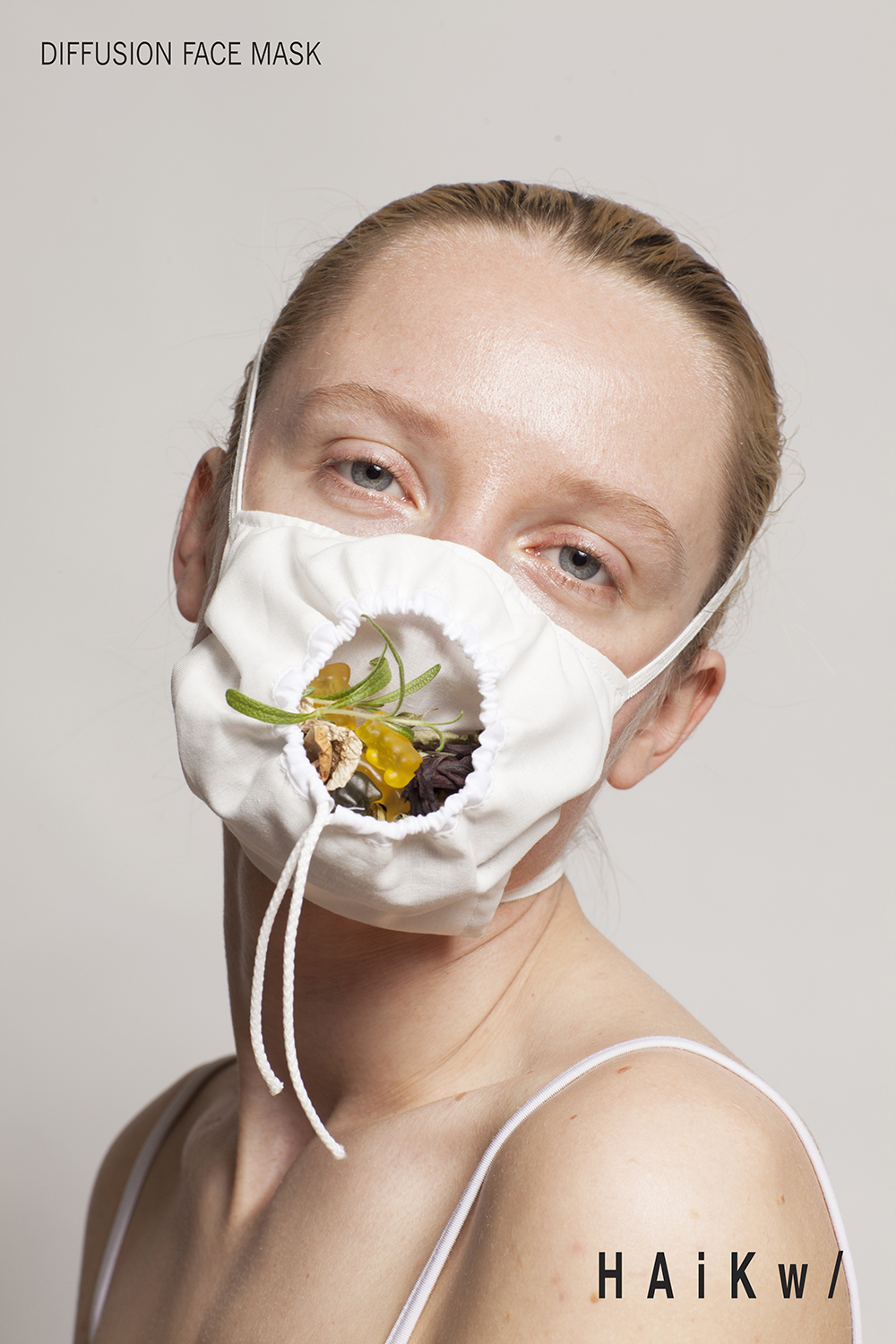
Warehouse Wear | The Face Mask Series IV
By HAiKw/
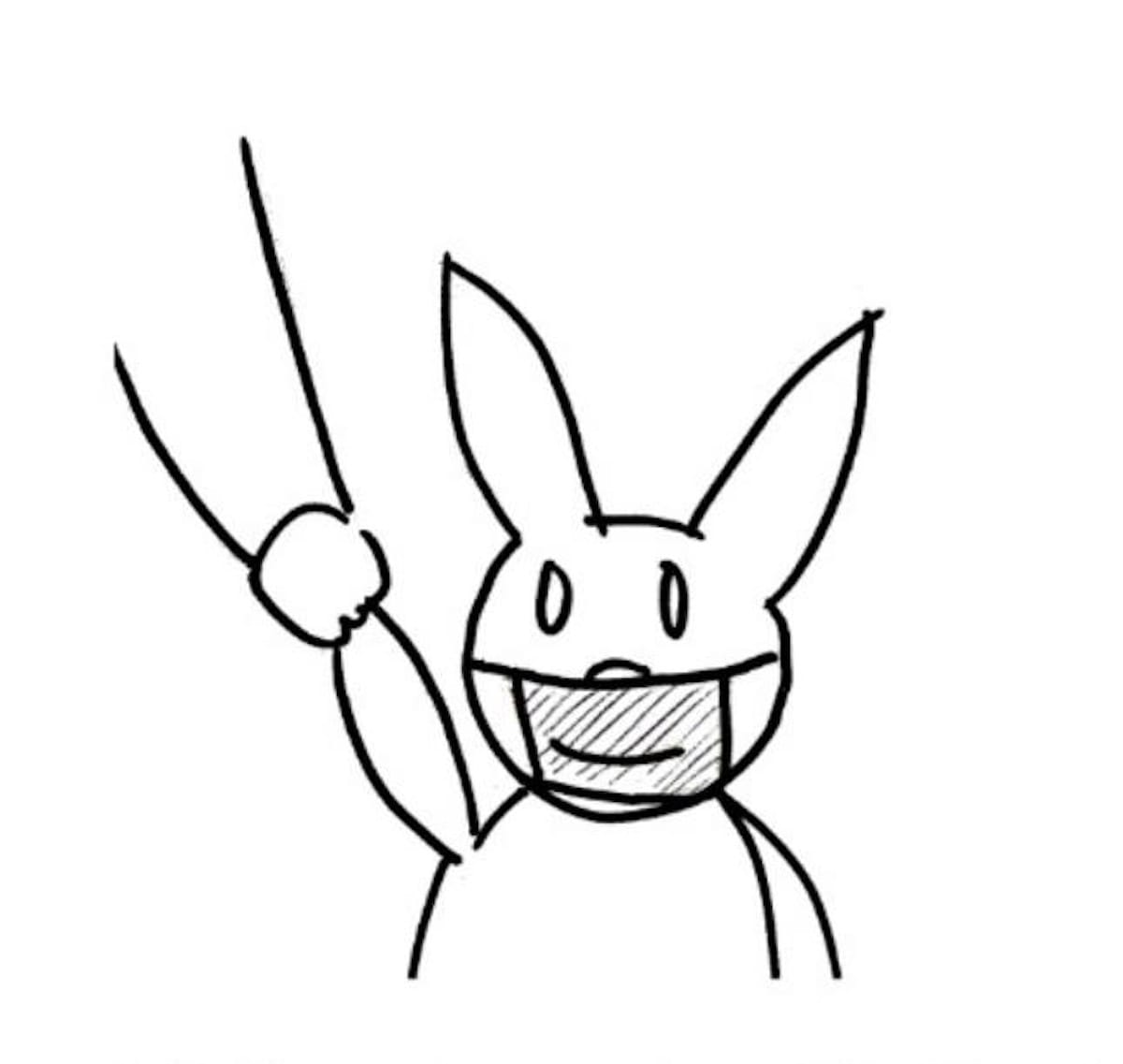
Warehouse Wear | The Face Mask Series V
By Lucia Cuba
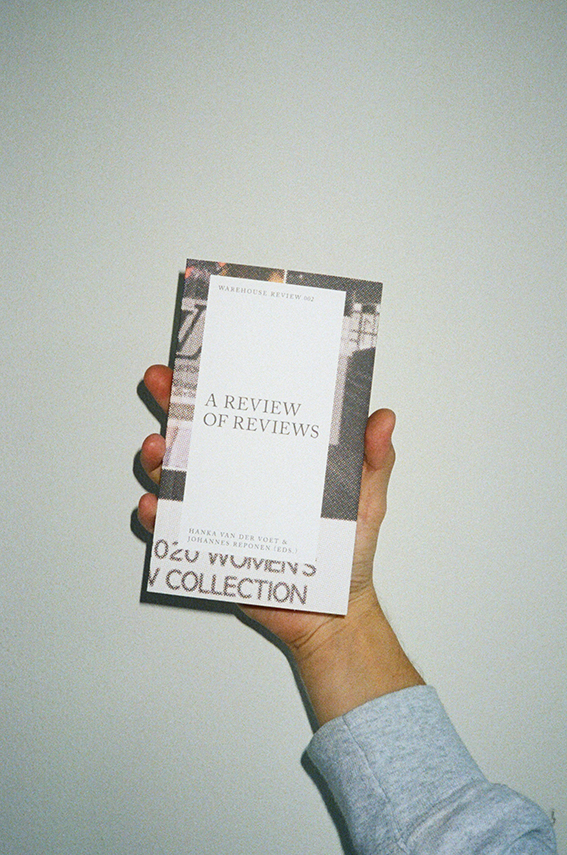
[Sold Out] Warehouse Review 002 | A Review of Reviews
By Hanka van der Voet & Johannes Reponen (eds.)
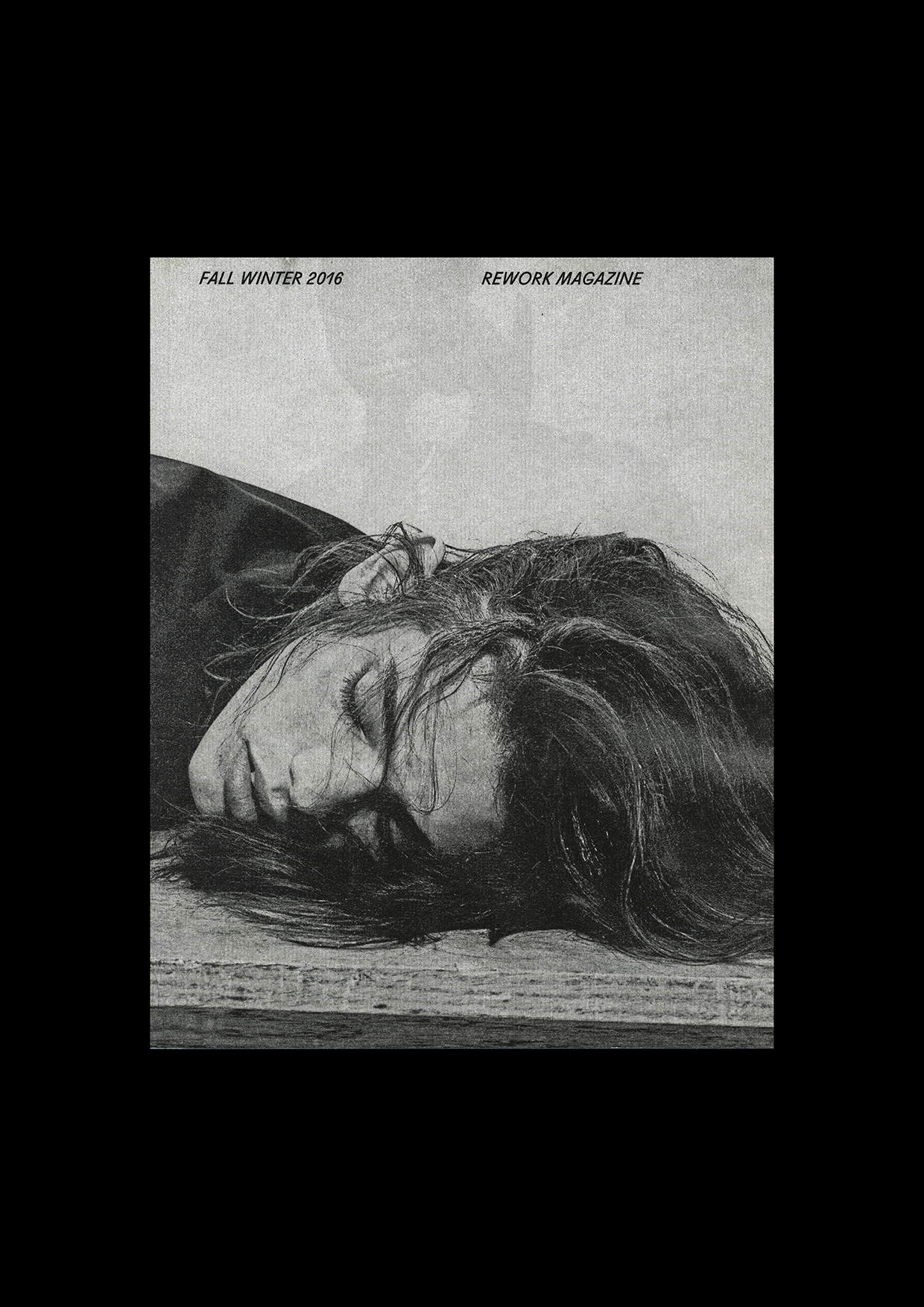
Rework Magazine
By Edwin van Gelder and Johann Tangyong (eds.)
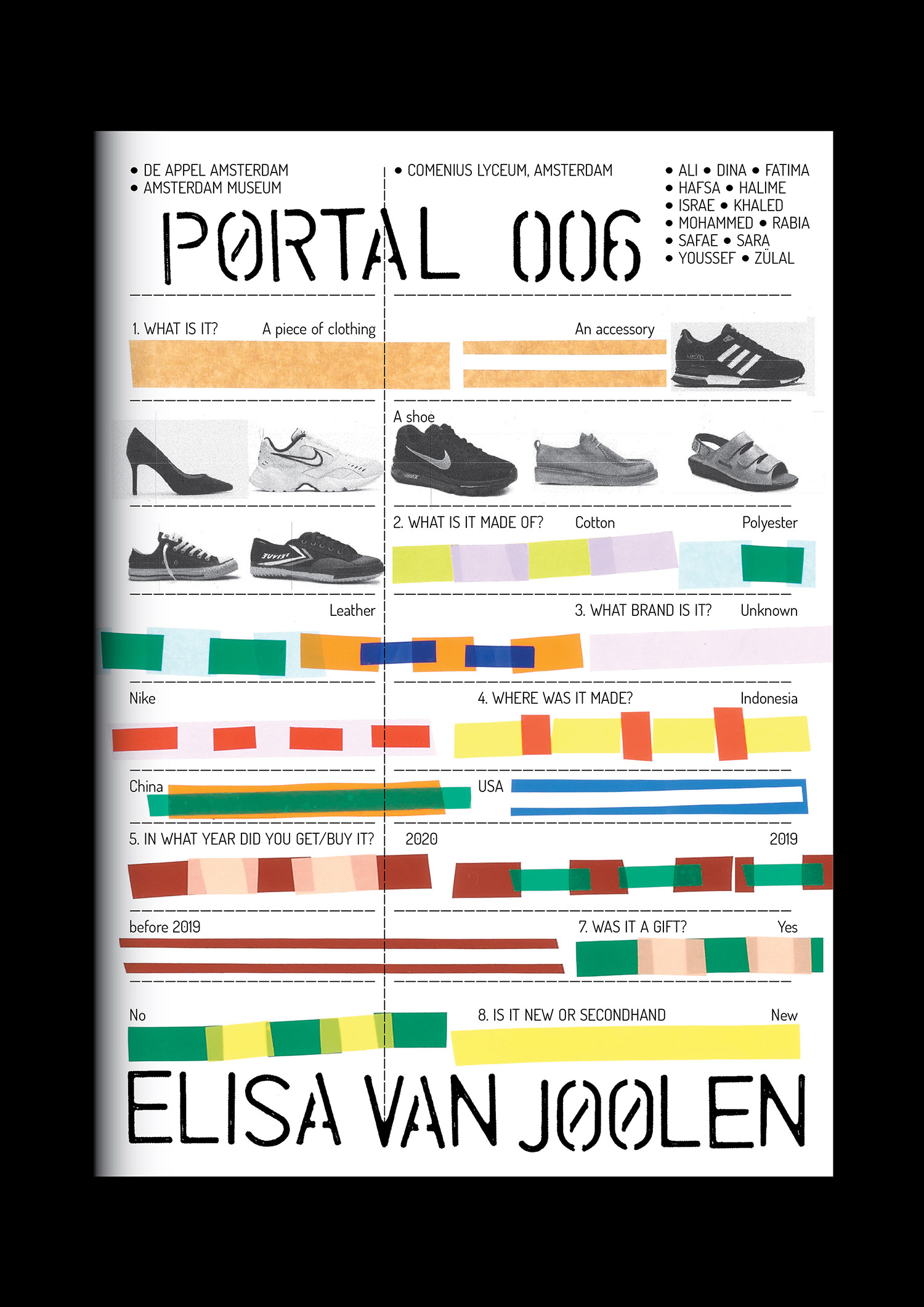
PORTAL 006 Reader
By Elisa van Joolen (ed.)
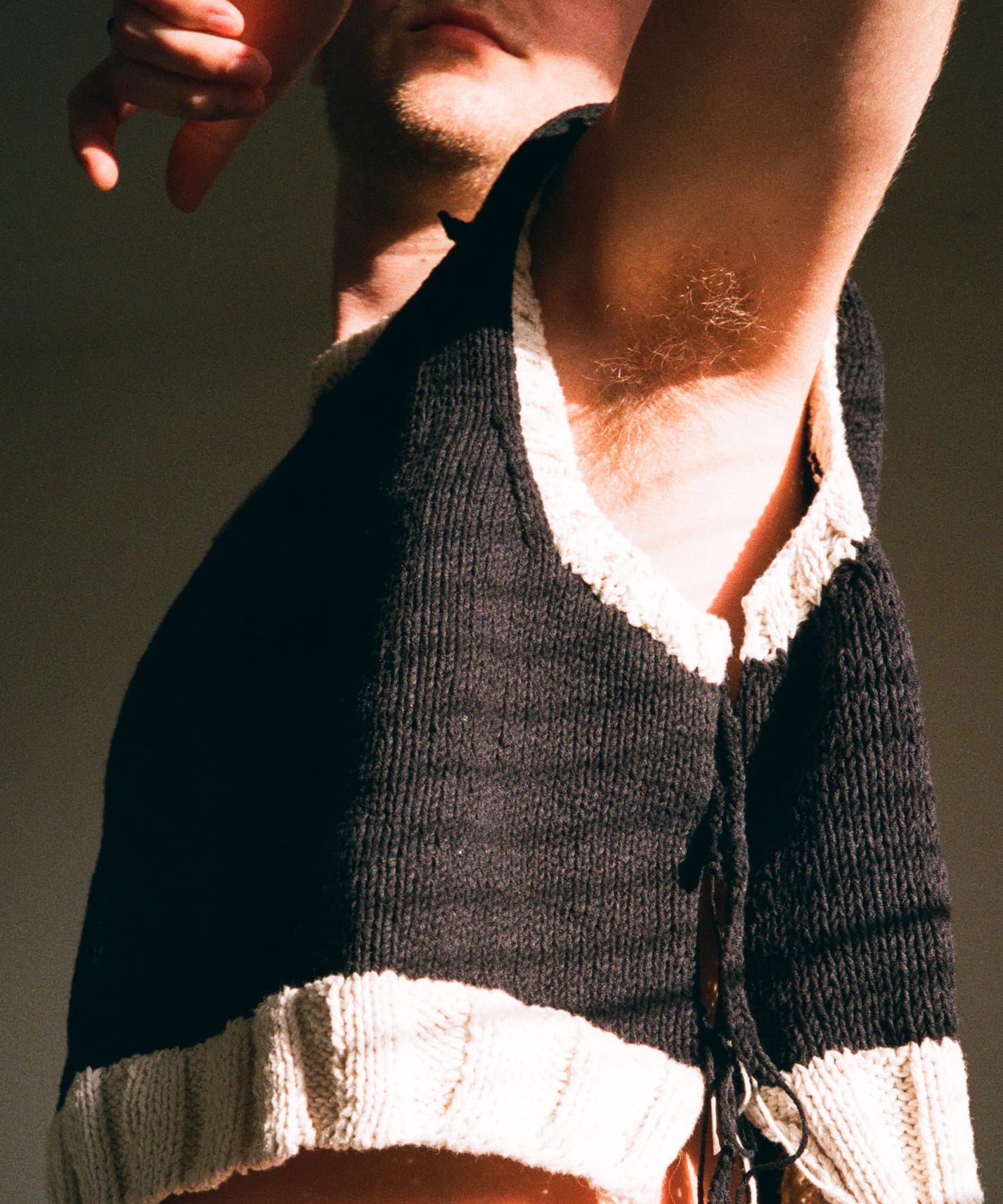
JOIN Collective Clothes | JOIN-top Knit Pattern
By Anouk Beckers & Roos Mol
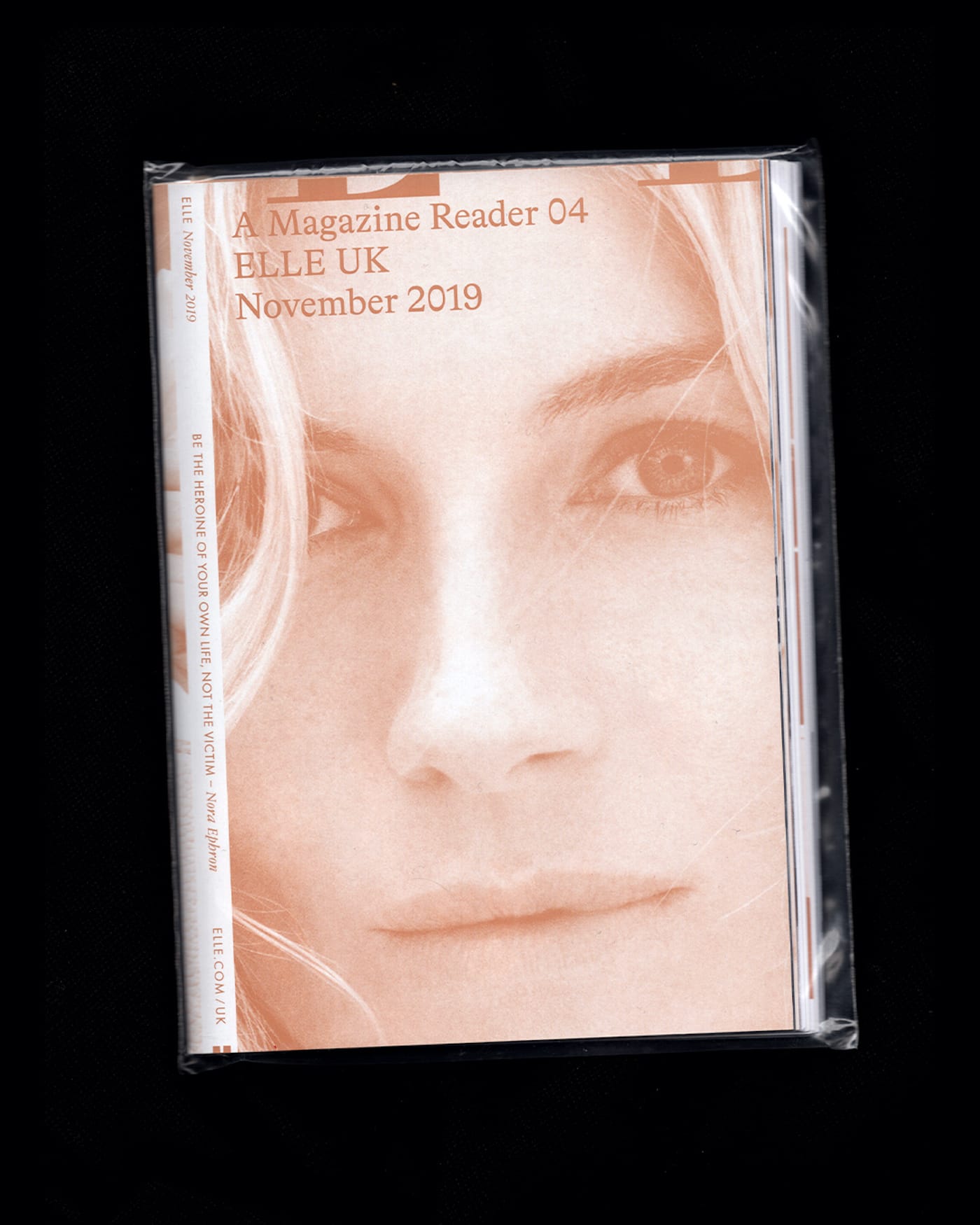
A Magazine Reader 04
By Femke de Vries & Hanka van der Voet (eds.)
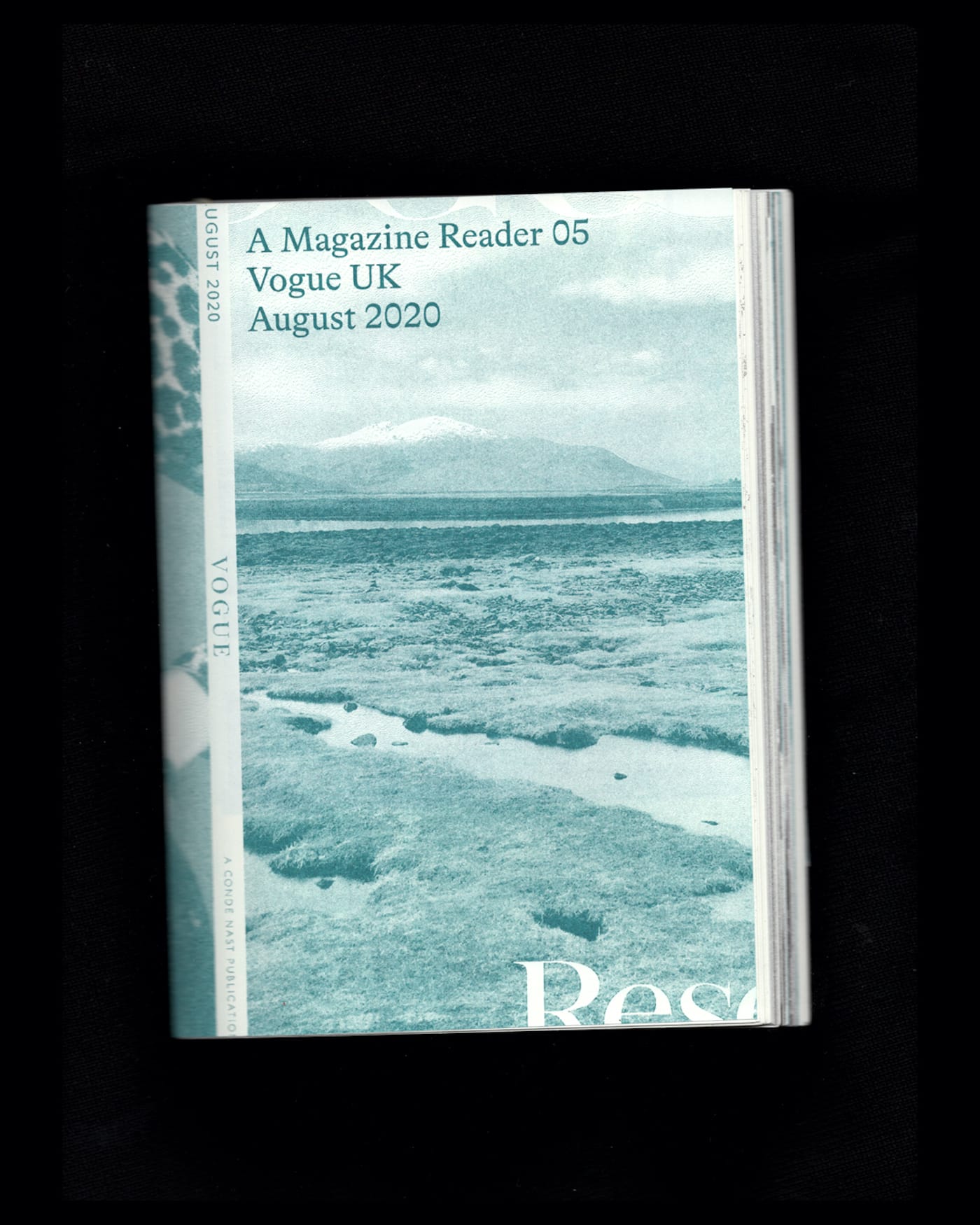
A Magazine Reader 05
By Femke de Vries & Hanka van der Voet (eds.)
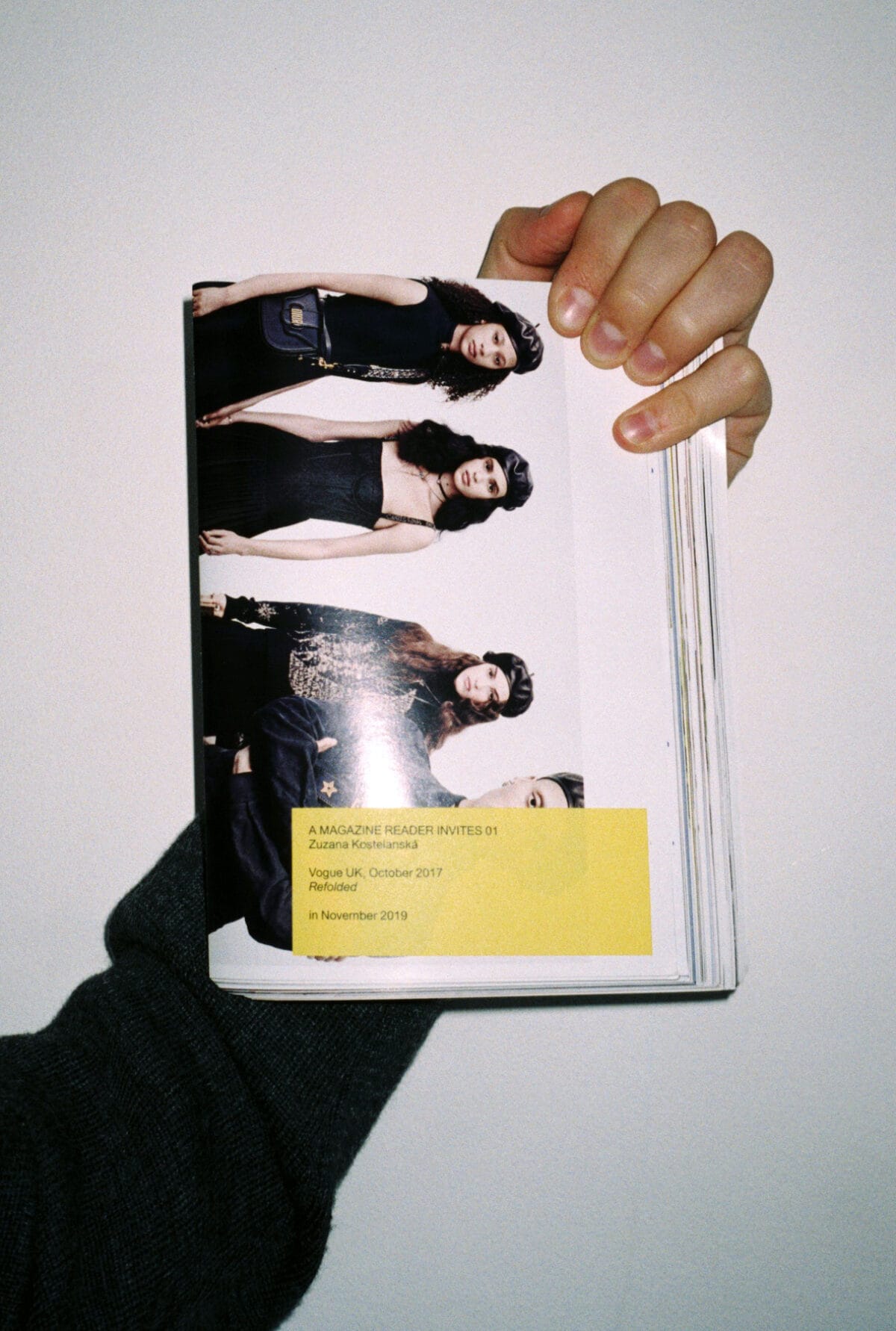
A Magazine Reader Invites 01
By By Zuzana Kostelanská and Femke de Vries & Hanka van der Voet (eds.)
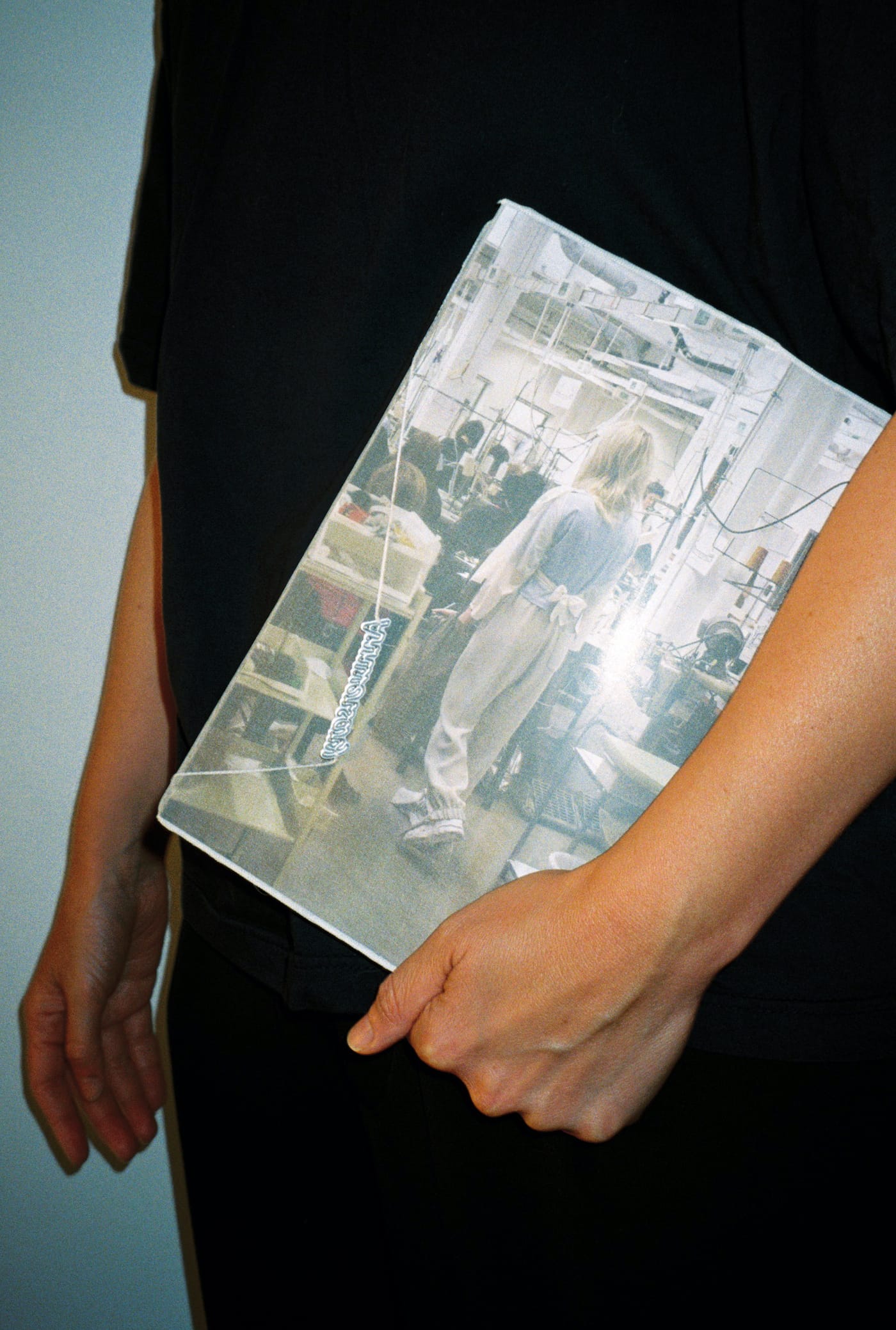
[Sold Out] D&K Look Book 2019 | All or Nothing | Special Edition Cover
By Ricarda Bigolin (ed.)

D&K Look Book 2019 | All or Nothing
By Ricarda Bigolin (ed.)
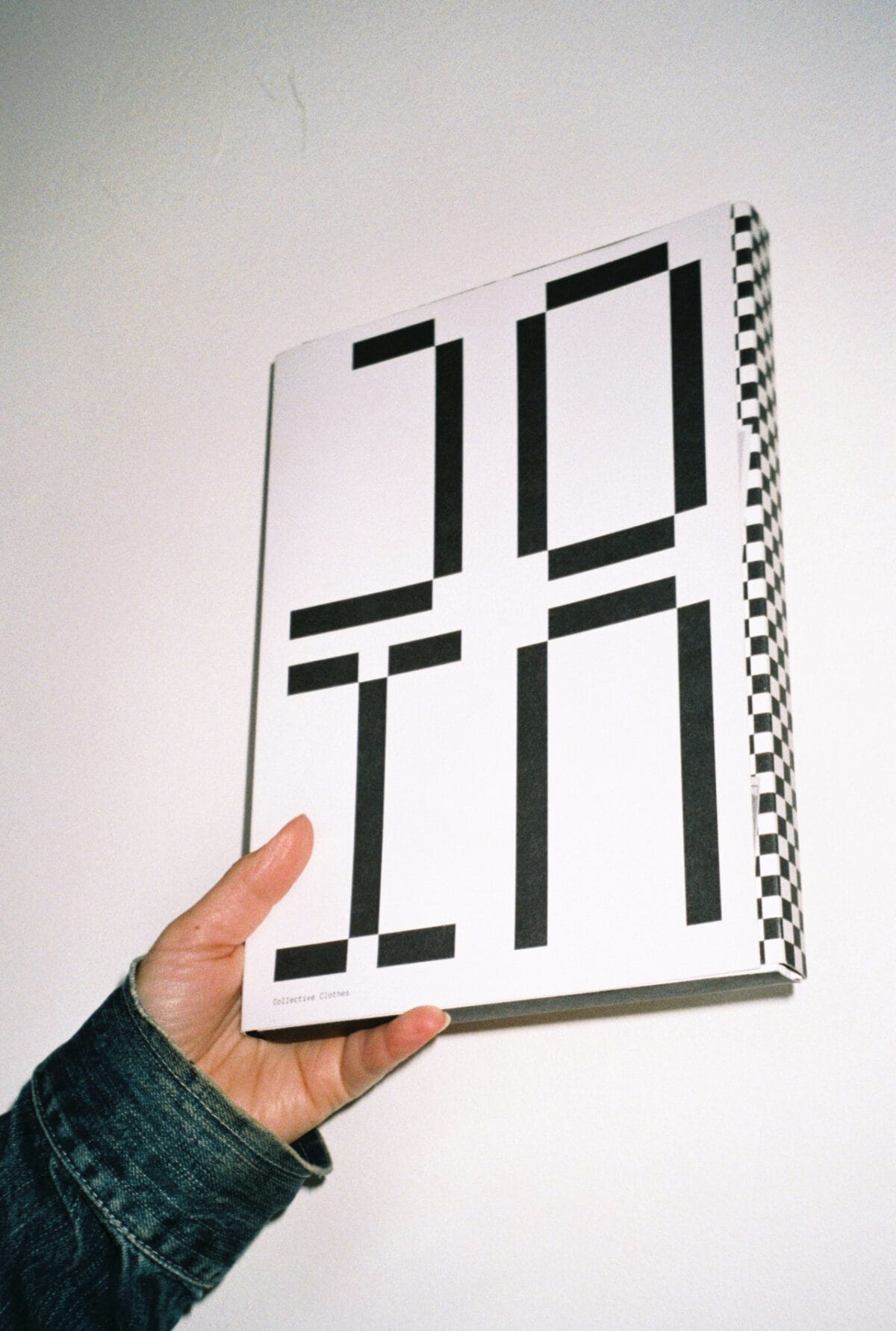
JOIN Collective Clothes Manual
By Anouk Beckers
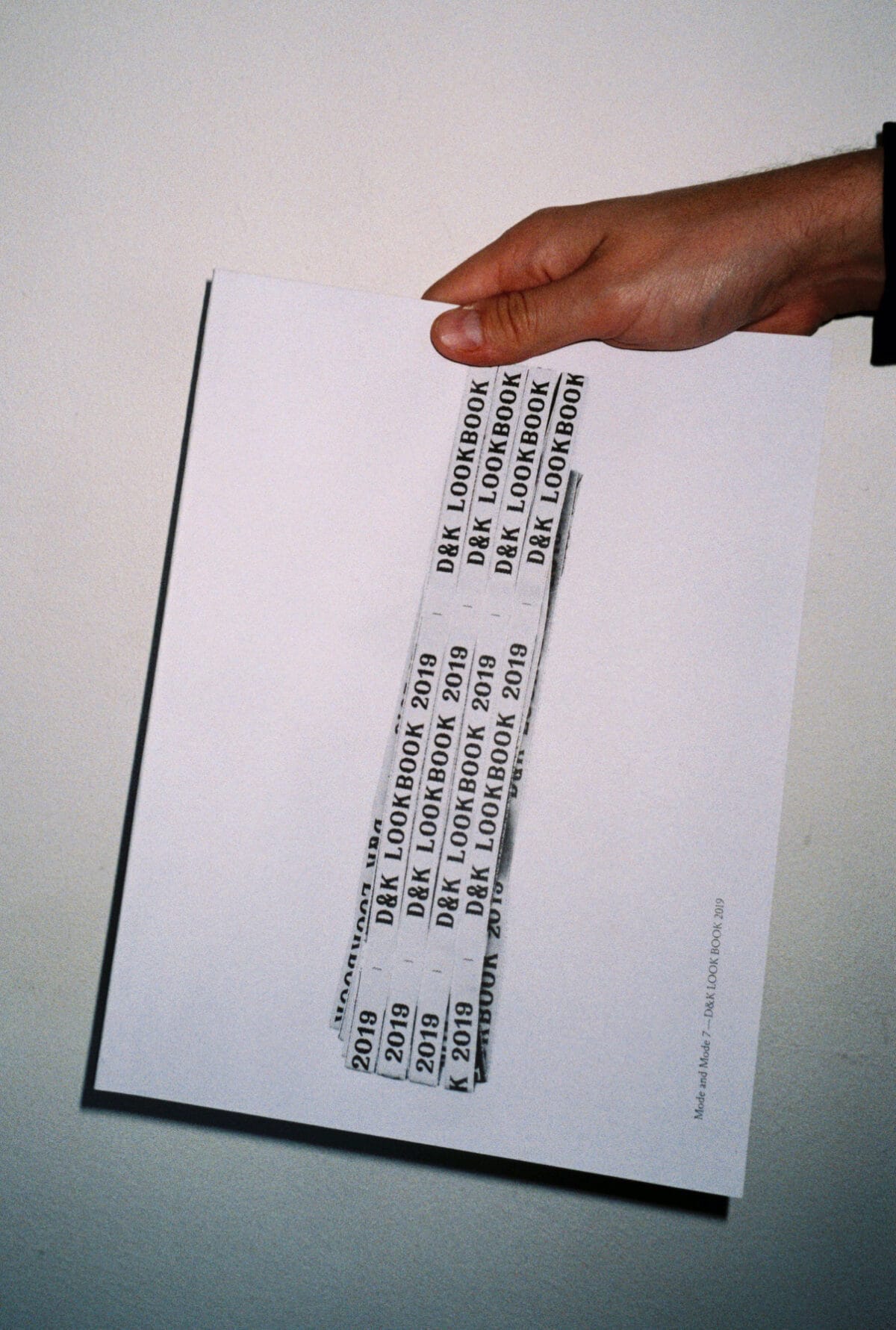
Mode and Mode #7 | ‘D&K LOOKBOOK 2019’
By Laura Gardner (ed.)
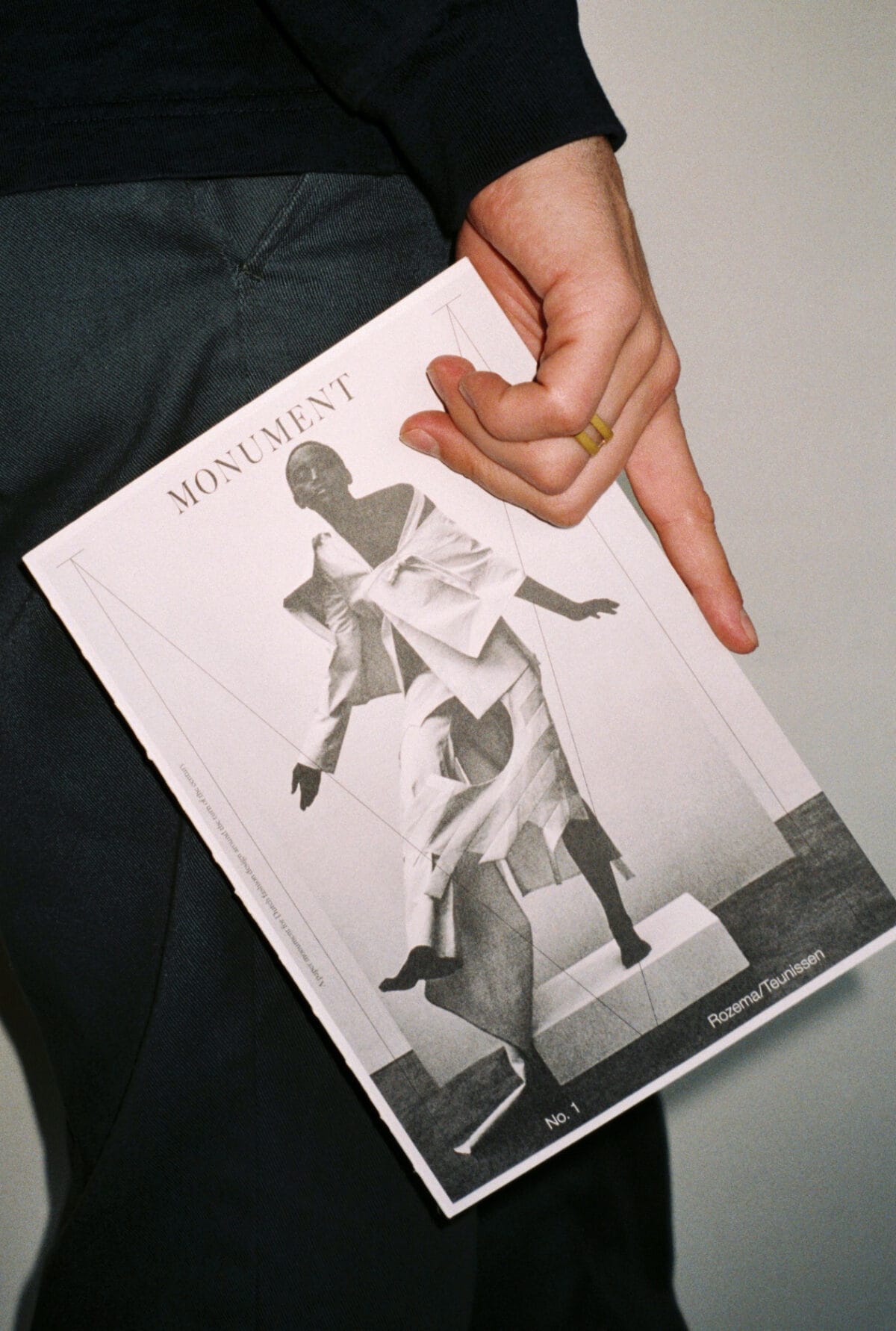
Monument Issue #1 | Rozema/Teunissen
By Mary-Lou Berkulin (ed.)
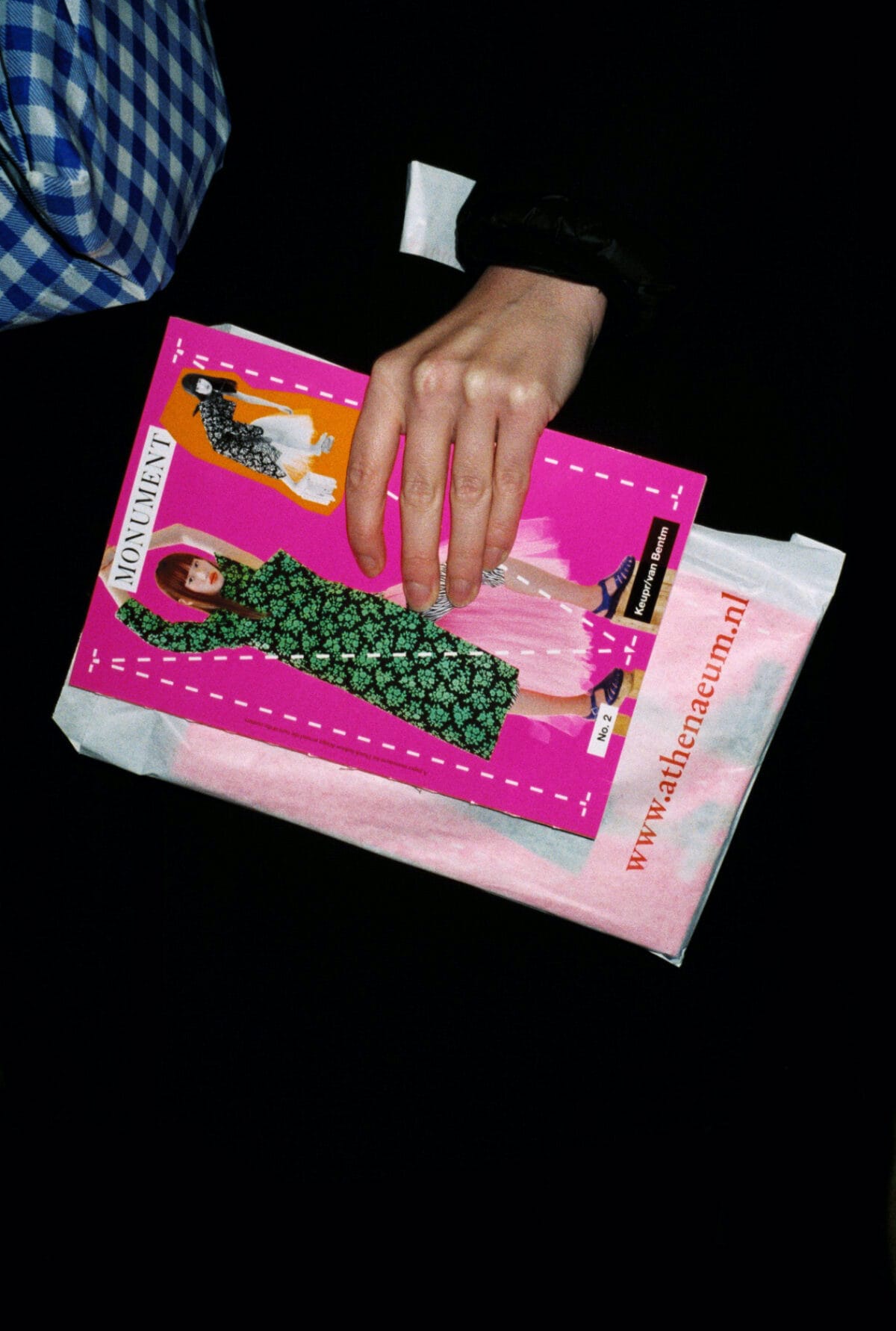
Monument Issue #2 | Keupr/van Bentm
By Mary-Lou Berkulin (ed.)
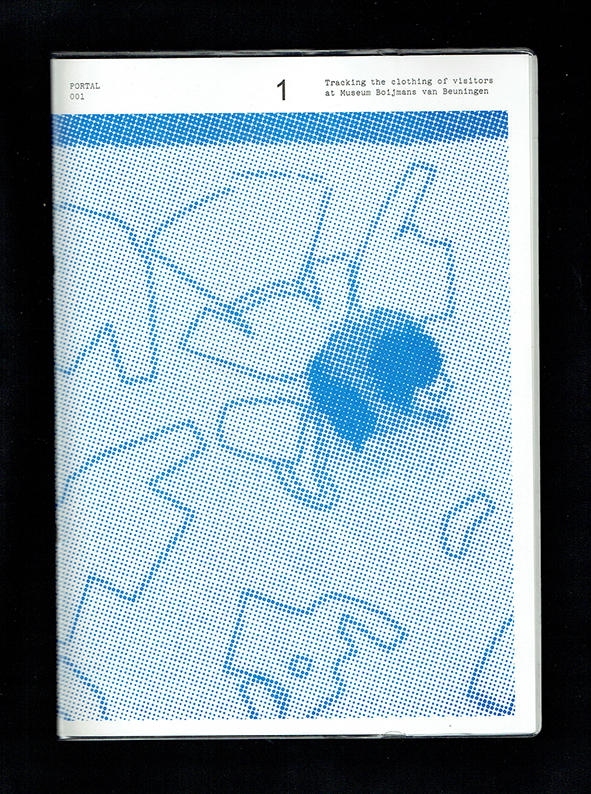
PORTAL 001 Reader
By Elisa van Joolen (ed.)

PORTAL 002 Reader
By Elisa van Joolen (ed.)
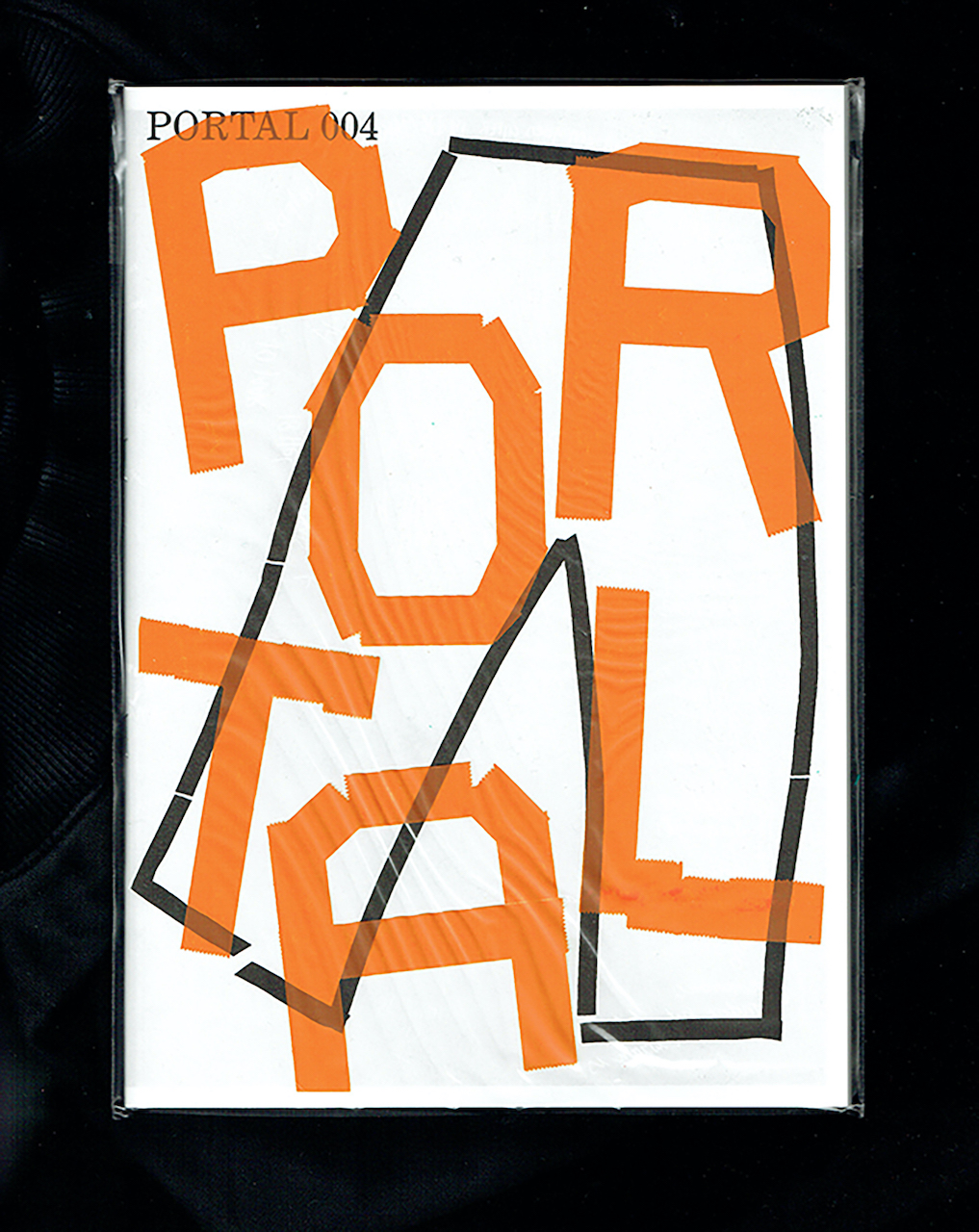
PORTAL 004 | Exercise and Coloring Book
By Elisa van Joolen (ed.)
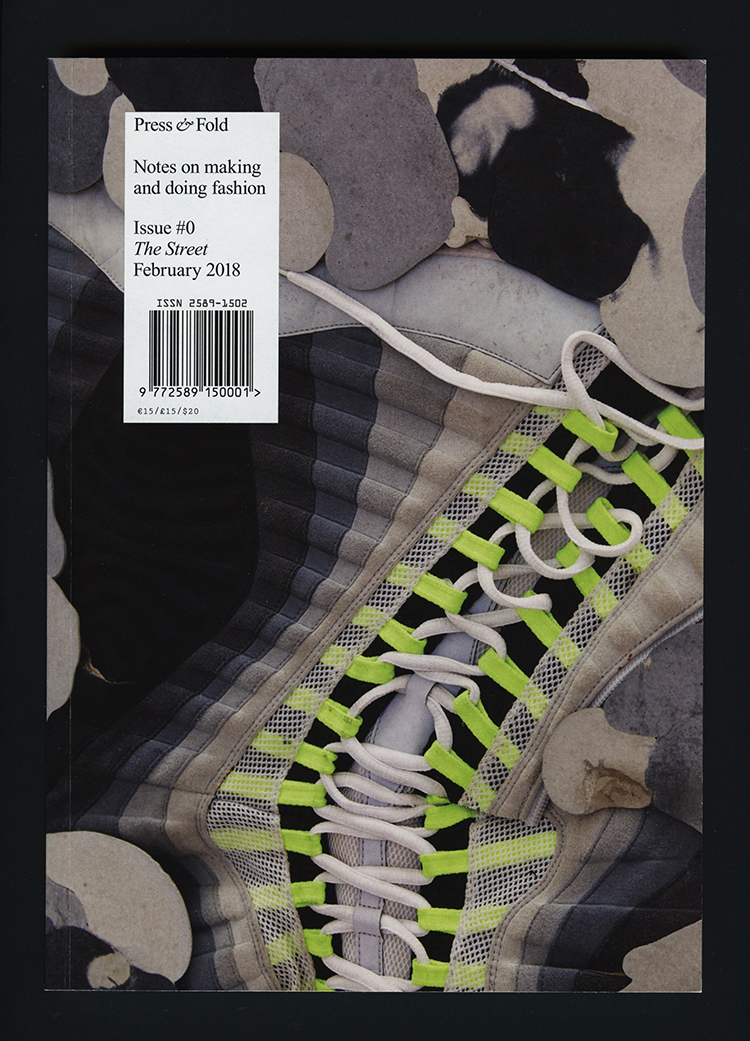
Press & Fold Issue #0 | The Street Issue
By Hanka van der Voet (ed.)
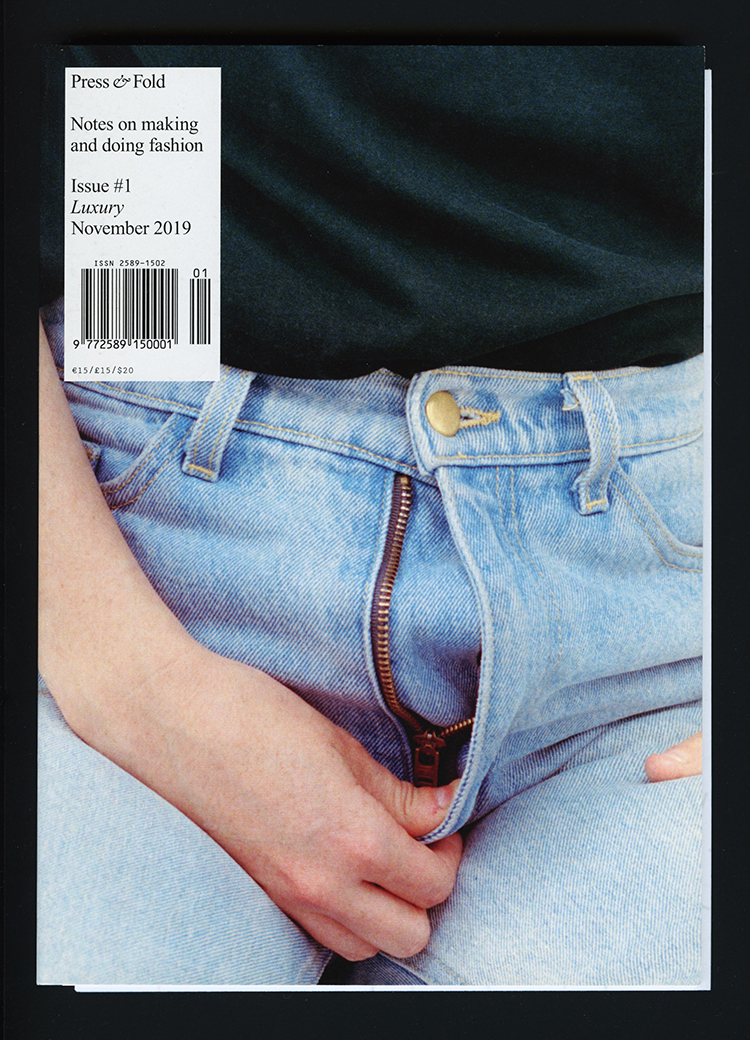
Press & Fold Issue #1 | The Luxury Issue
By Hanka van der Voet (ed.)

What To Buy For The Fashion-Focused Reader In Your Life p.33
By Femke de Vries
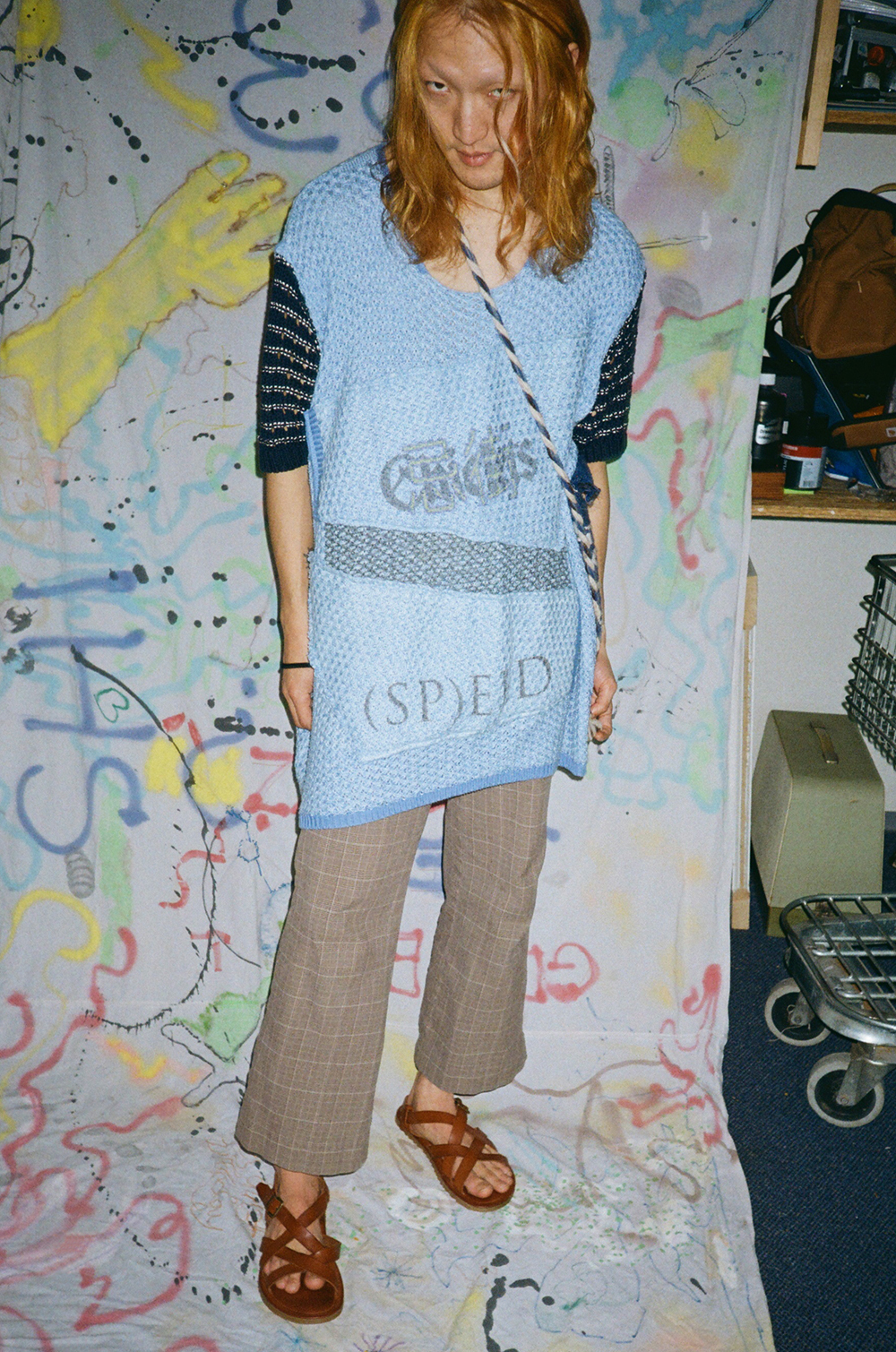
[Sold Out] SPEED OVERSIZED DRESS
By AVOIDSTREET (Eduardo Leon)
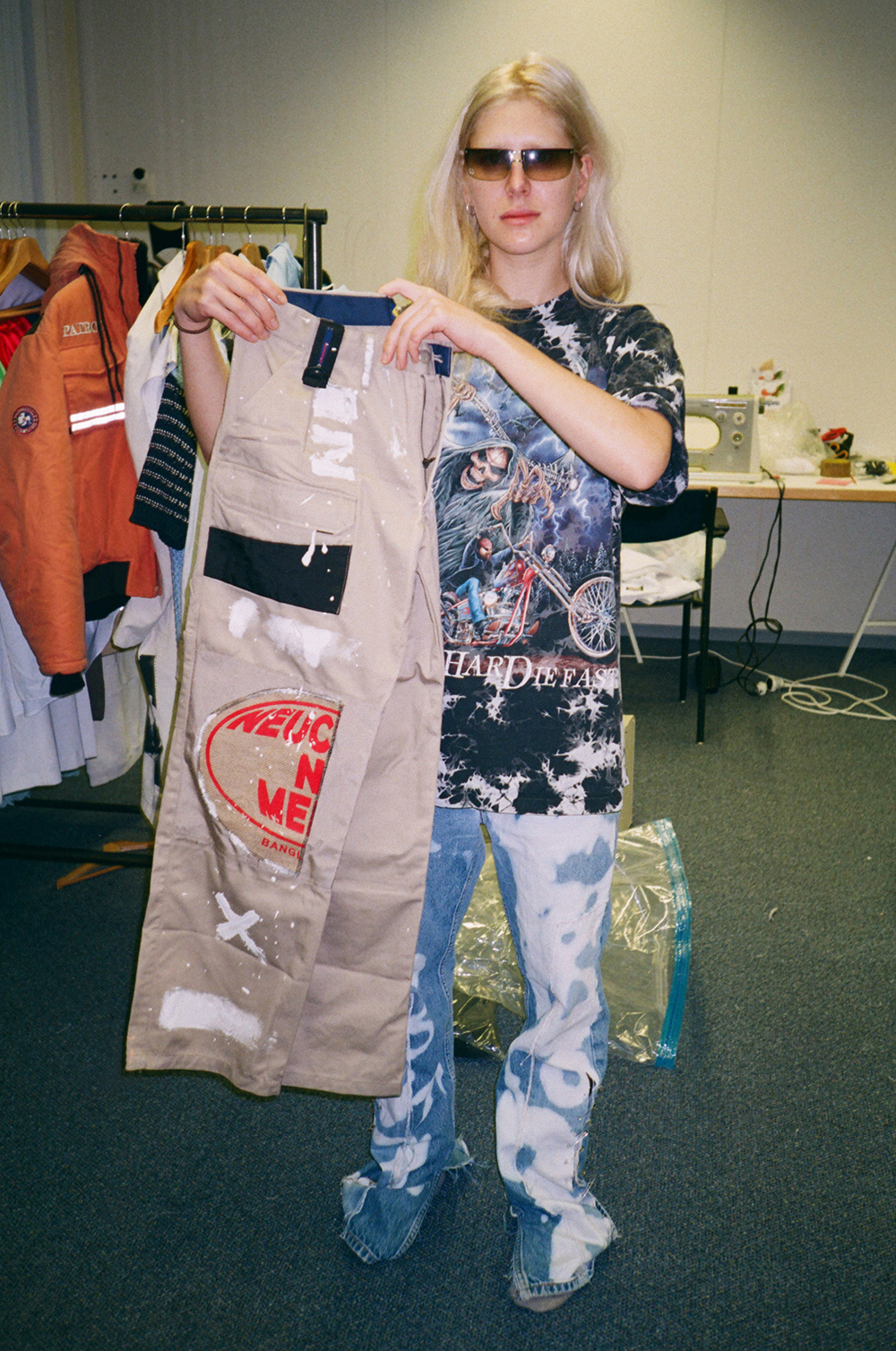
[Sold Out] NEUCLEAR NO MERCY BANGLADESH
By AVOIDSTREET (Eduardo Leon)
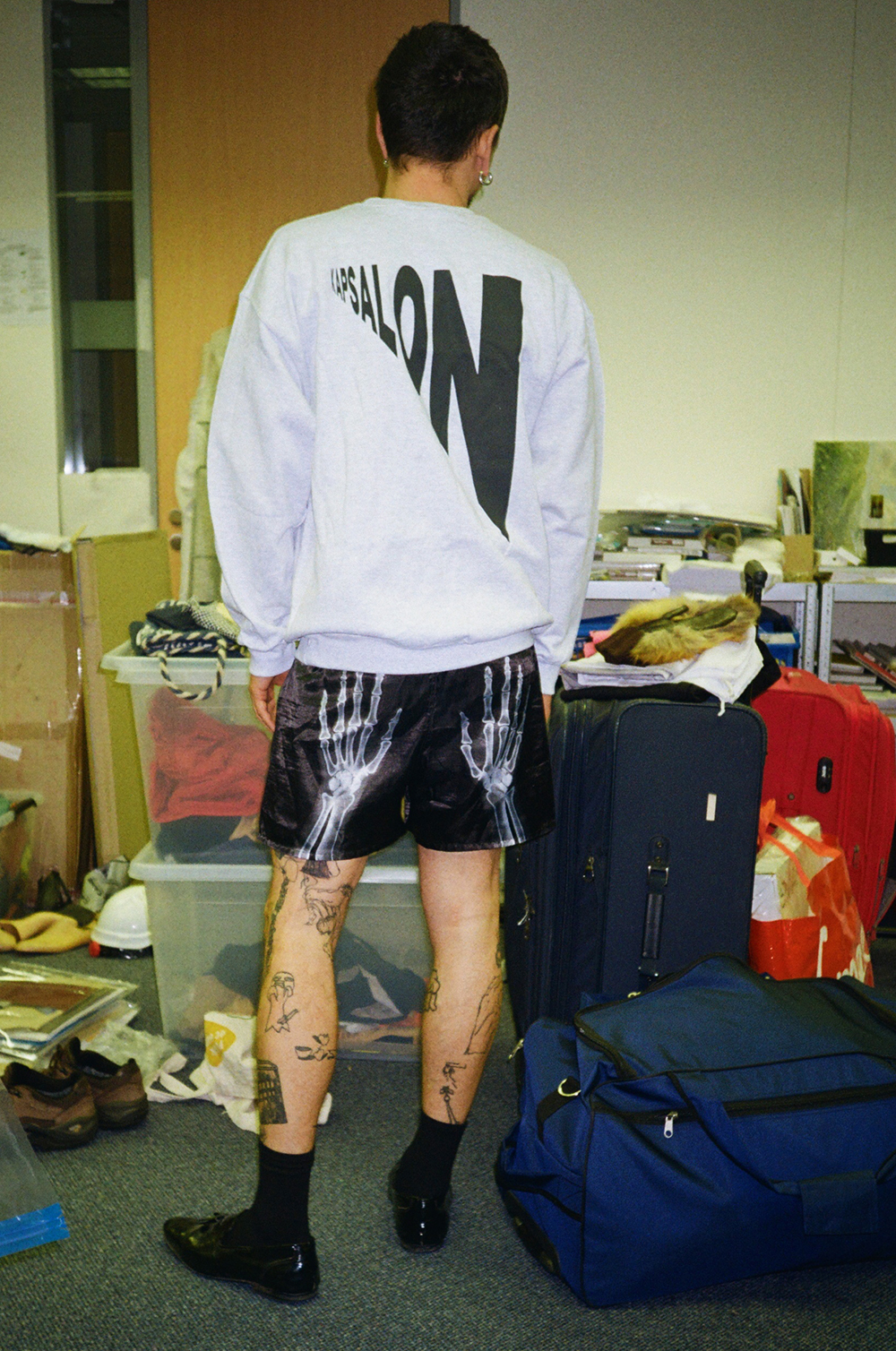
[Sold Out] KAPSALON SWEATER
By AVOIDSTREET (Eduardo Leon)
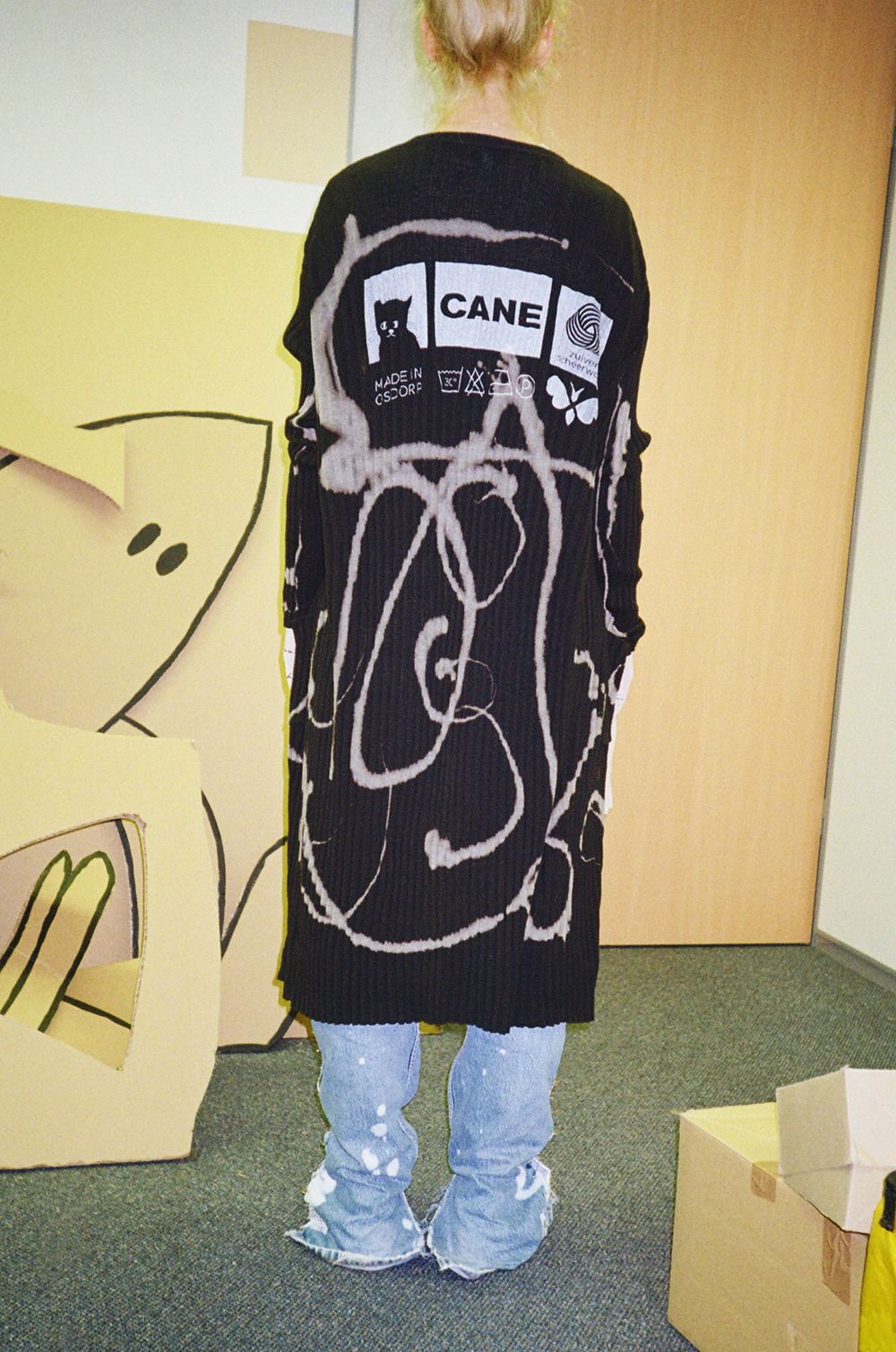
[Sold Out] CANE RITUALS
By AVOIDSTREET (Eduardo Leon)
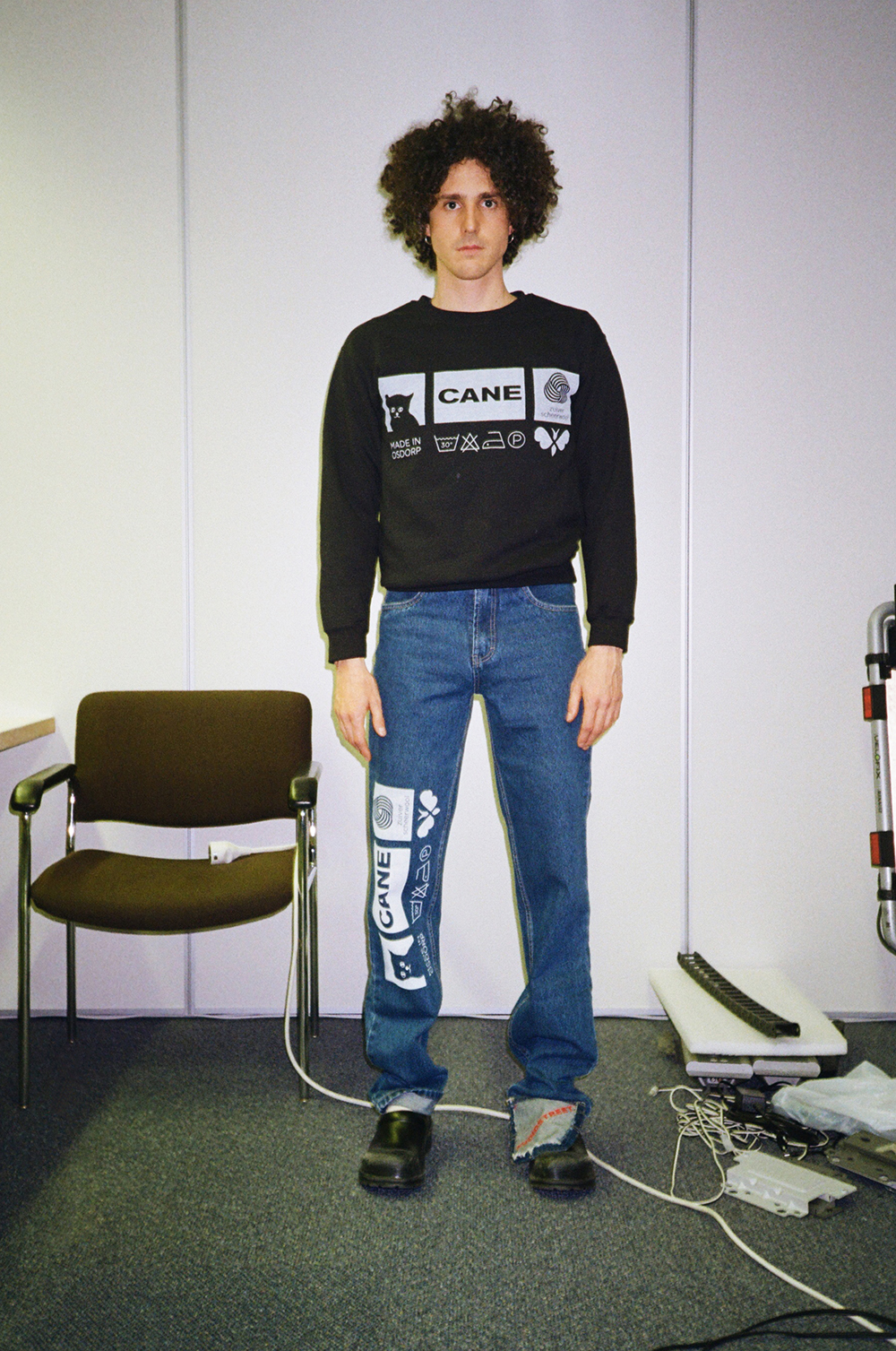
[Sold Out] CANE ESSENTIALS
By AVOIDSTREET (Eduardo Leon)
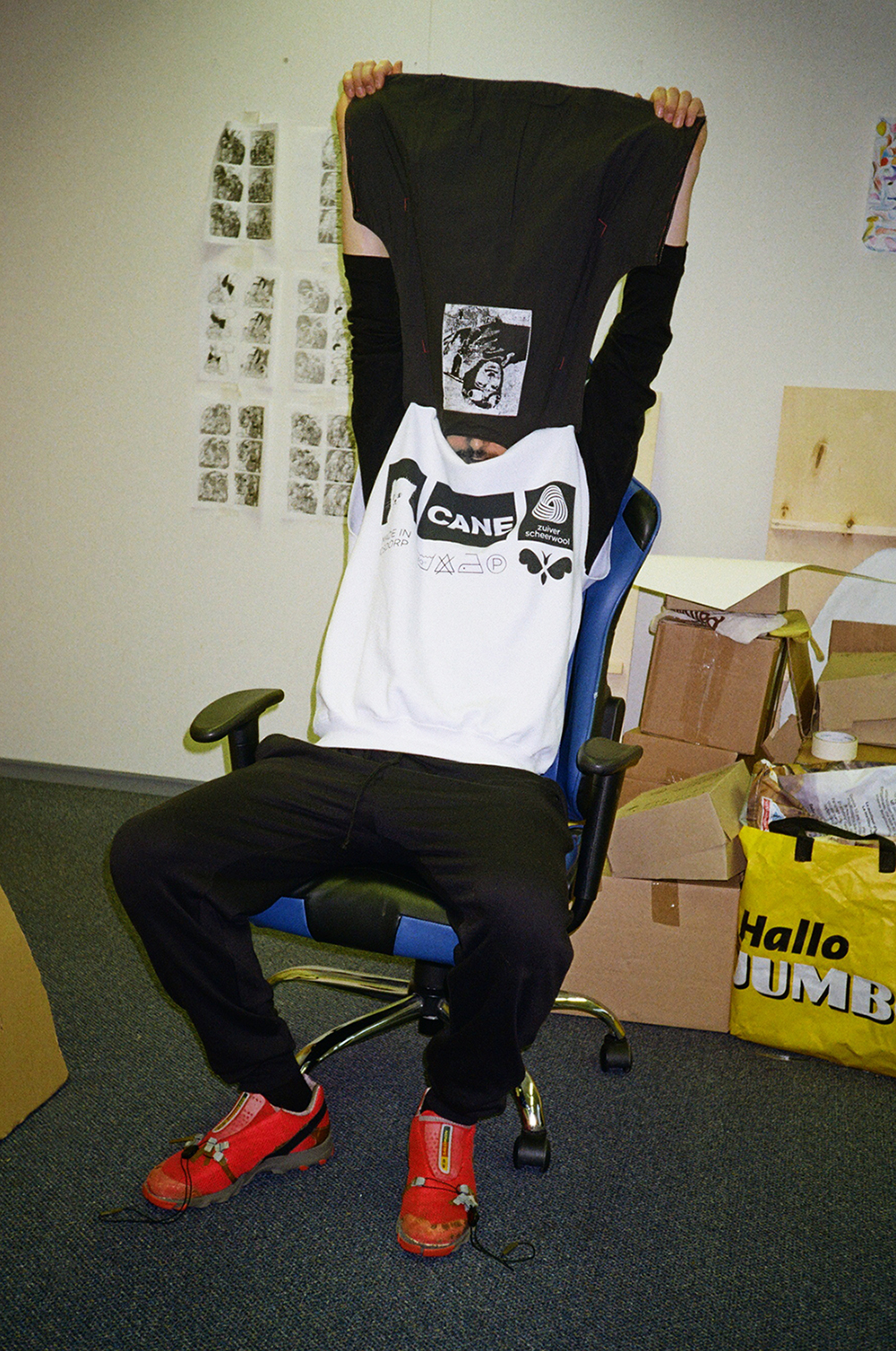
[Sold Out] CANE DOPPIO PETTO
By AVOIDSTREET (Eduardo Leon)
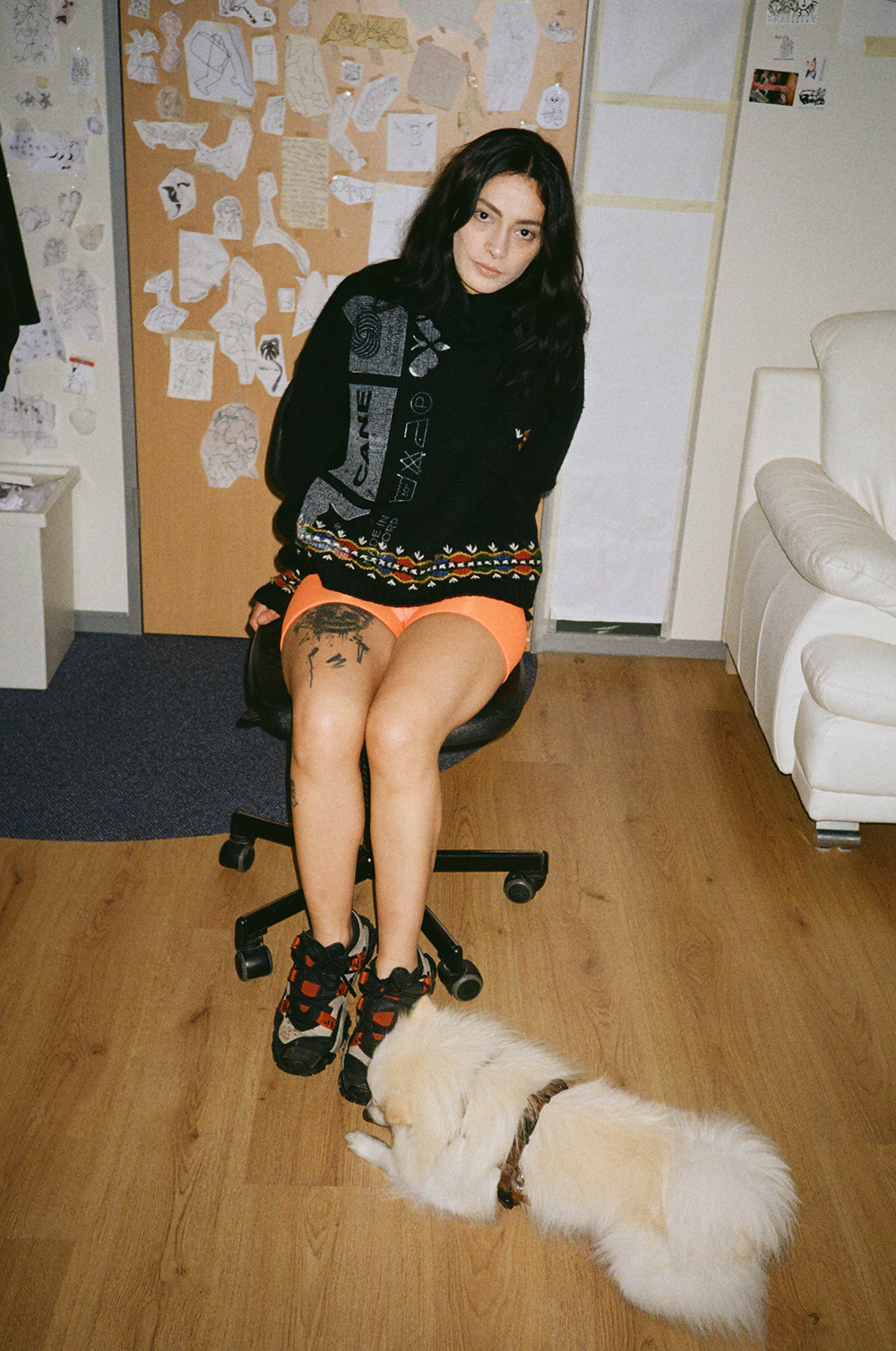
[Sold Out] CANE ALPES
By AVOIDSTREET (Eduardo Leon)
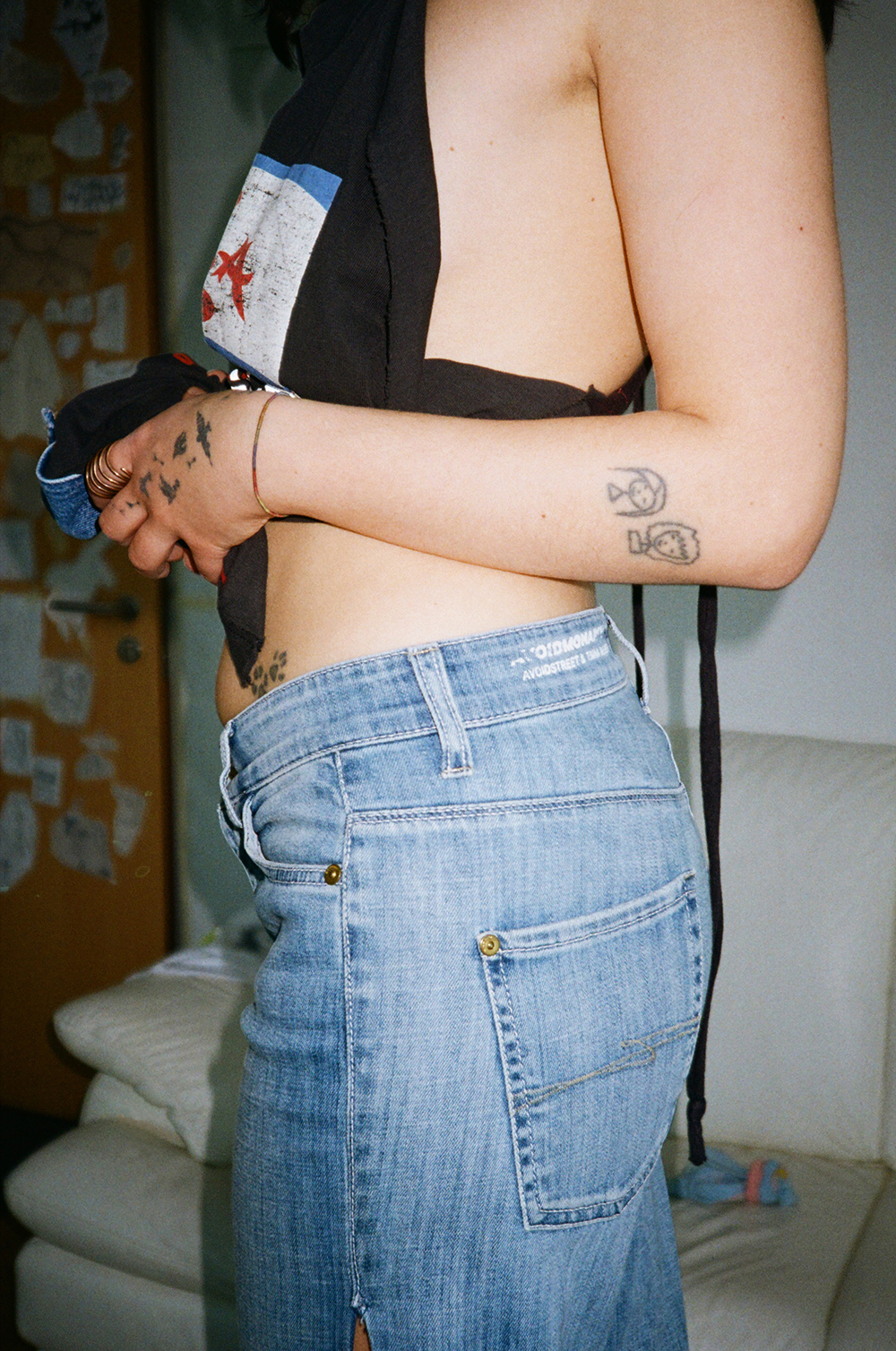
[Sold Out] AVOIDMONARCHY PINK LADY
By AVOIDSTREET (Eduardo Leon)
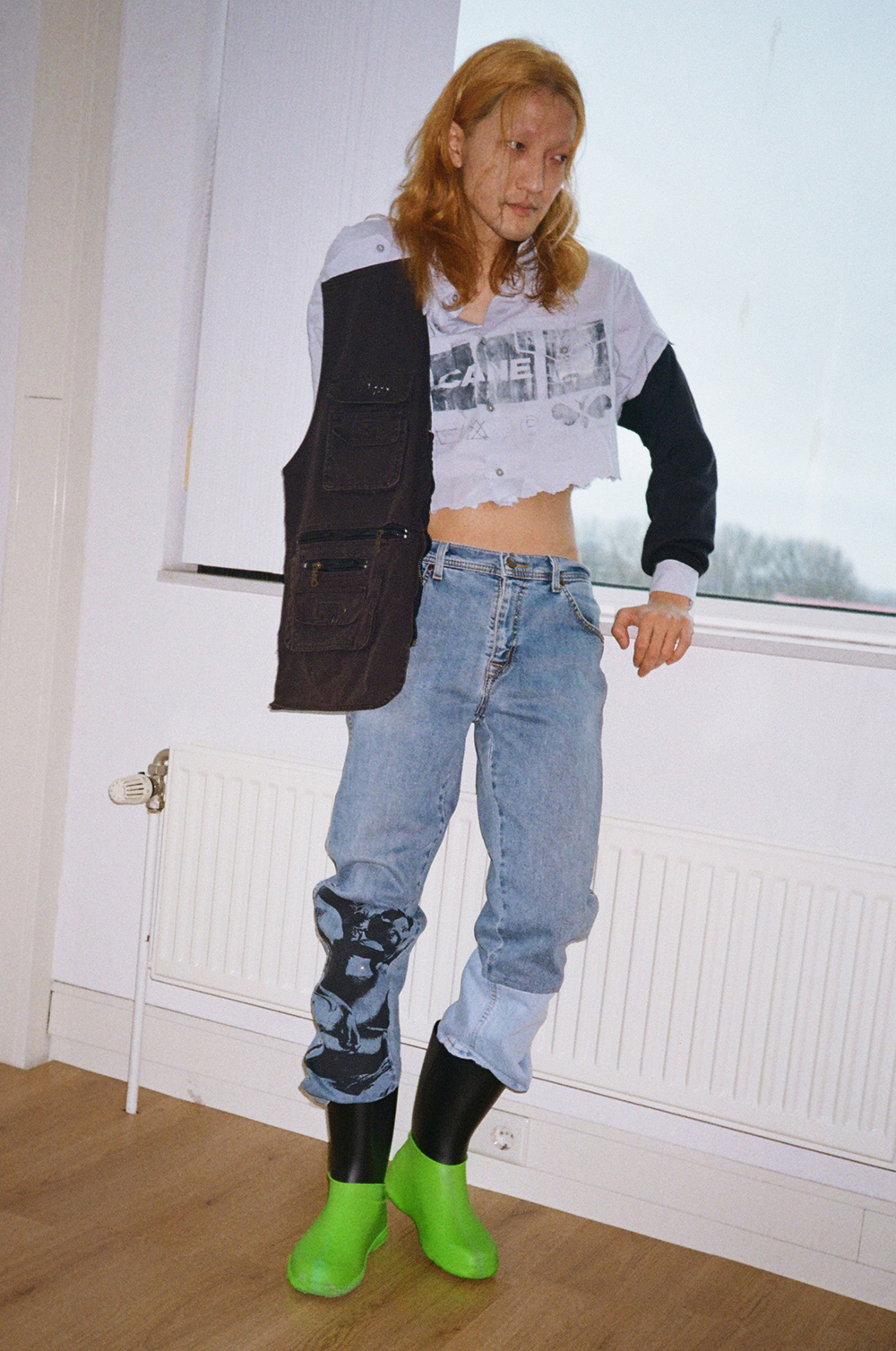
[Sold Out] AVOIDMONARCHY CHEEKY DEVIL
By AVOIDSTREET (Eduardo Leon)
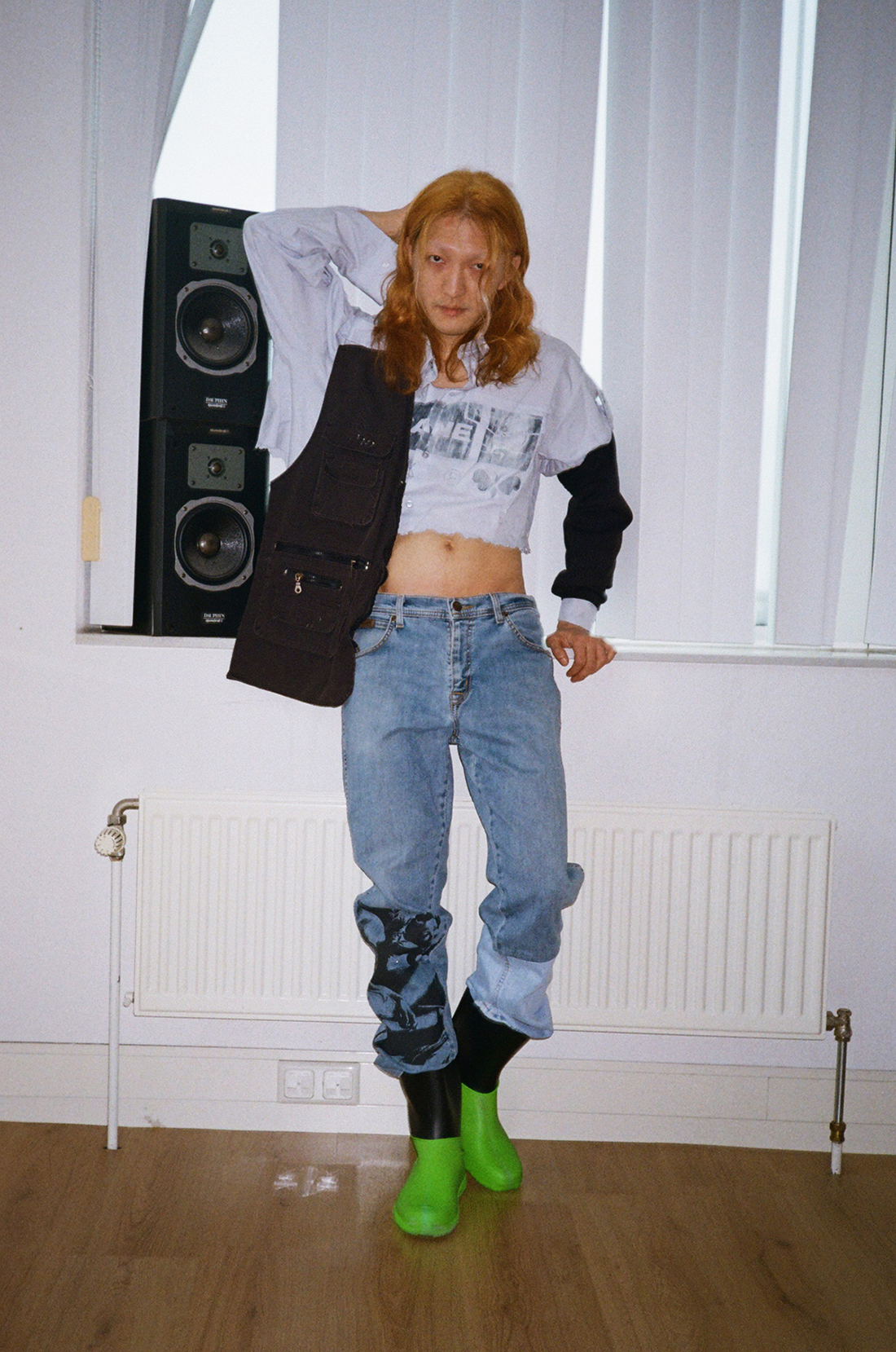
[Sold Out] CANE XPERIENCE
By AVOIDSTREET (Eduardo Leon)
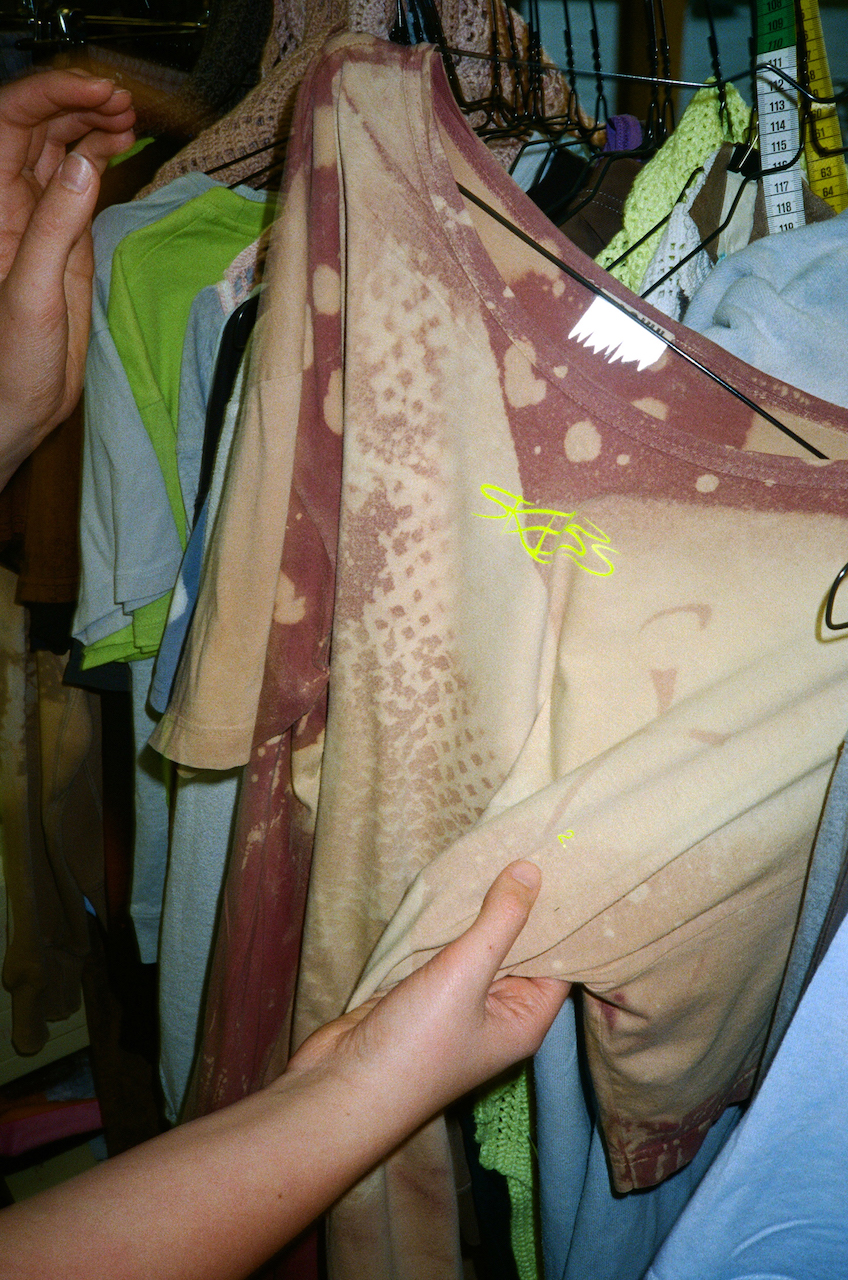
[Sold] One Shoulder Shear T-shirt
By SKHSS (Lejla Vala Verheus and Mika Perlmutter)
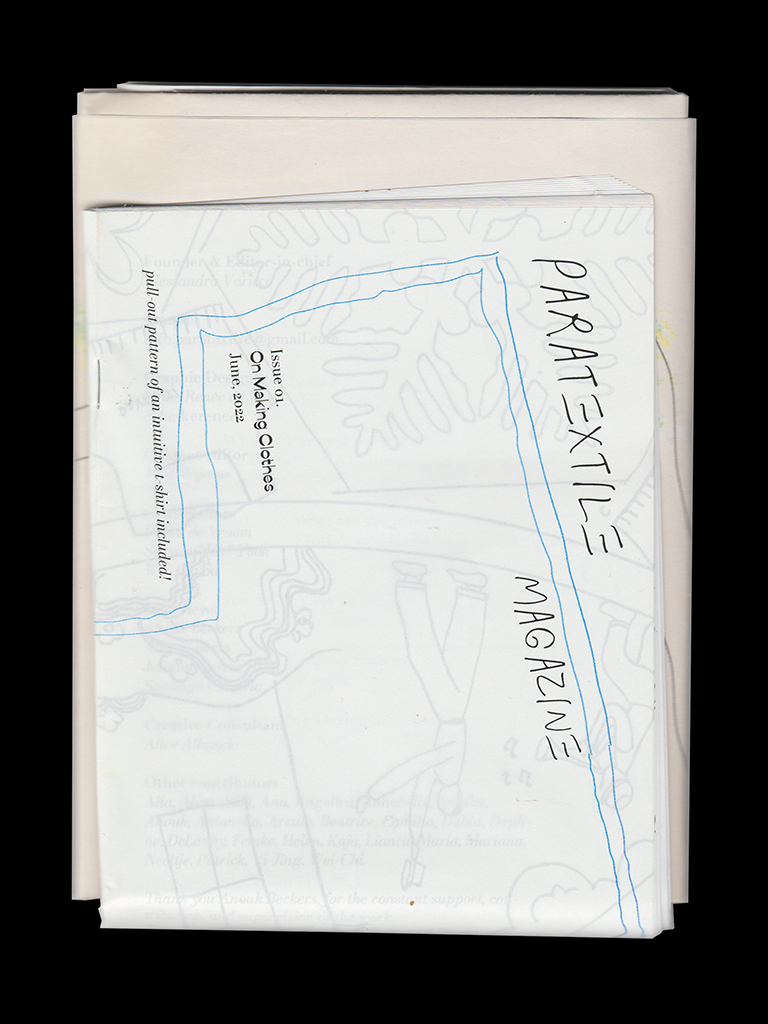
[Sold Out] Paratextile Magazine
By Alessandra Varisco
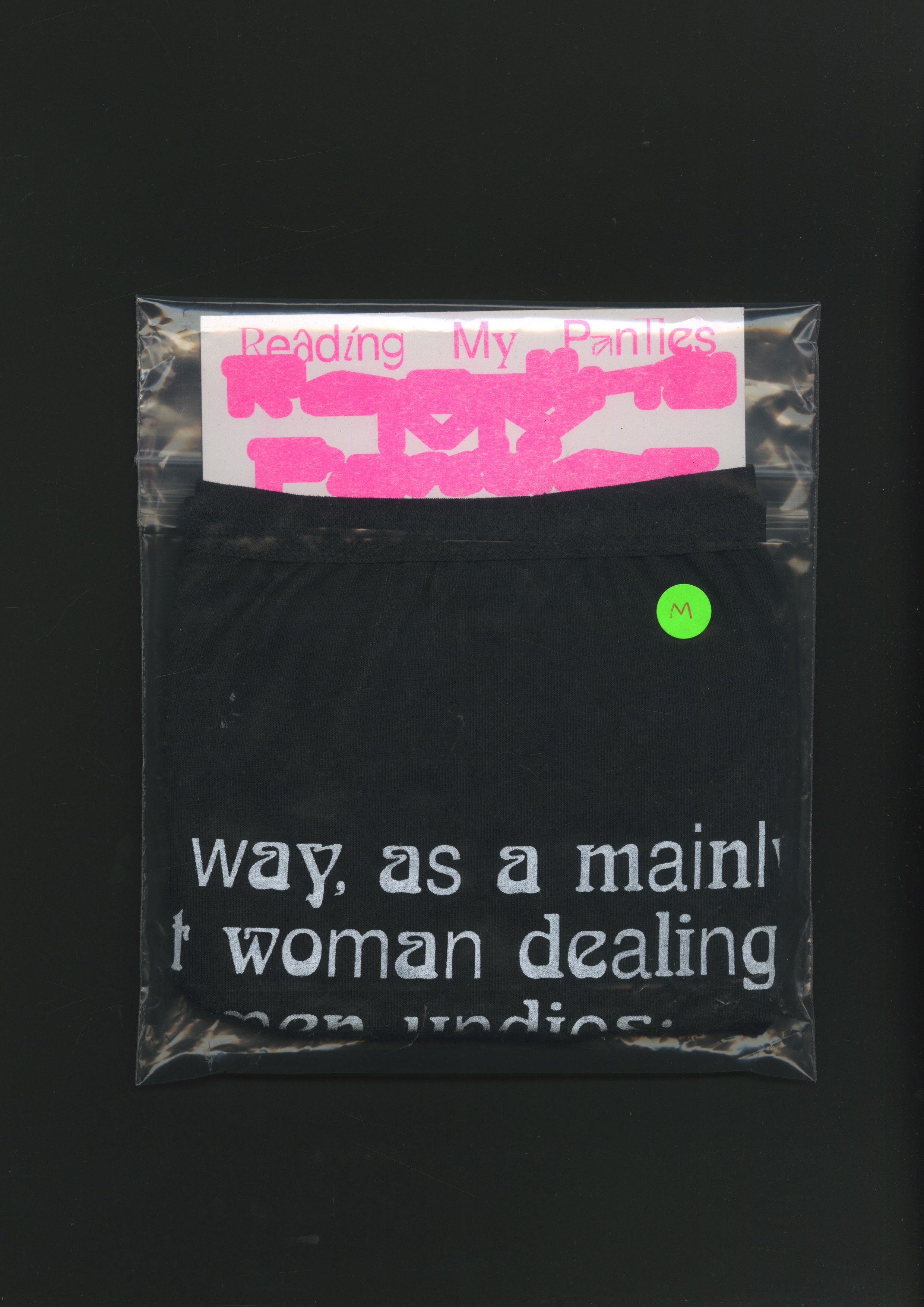
[Sold Out] Reading my Panties granny panty
By Lu Lin
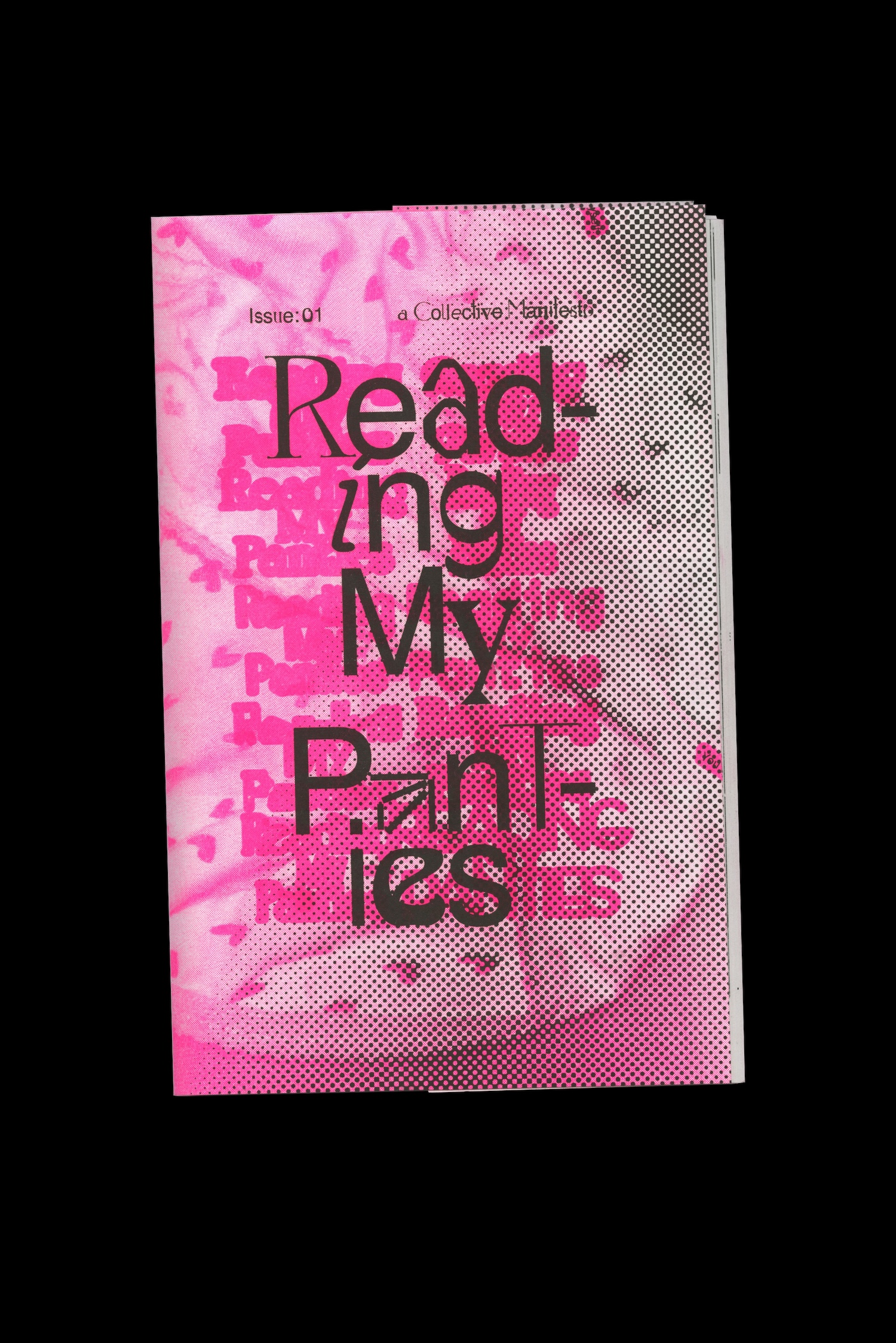
Reading My Panties Issue #1 | A Collective Manifesto
By Lu Lin (ed.)
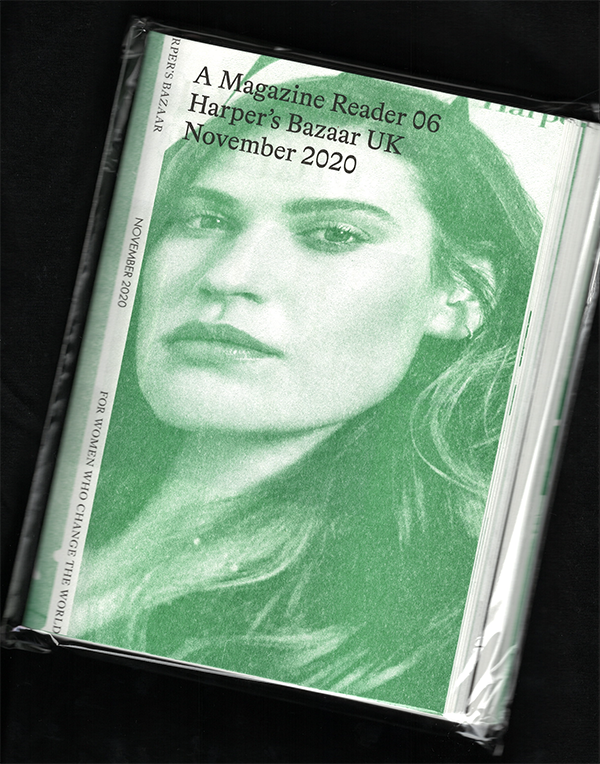
A Magazine Reader 06
By Femke de Vries & Hanka van der Voet (eds.)
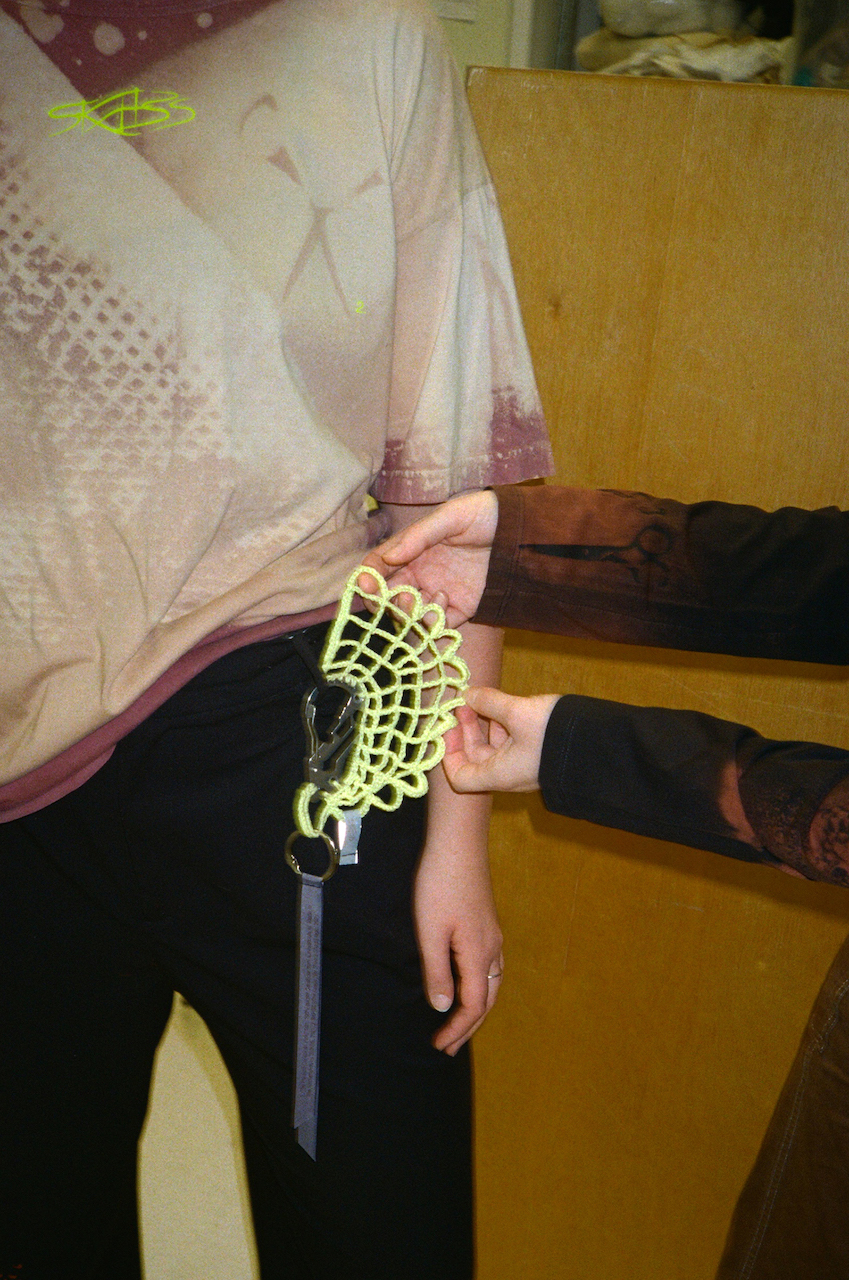
[Sold] The Hooked Carabiner
By SKHSS (Lejla Vala Verheus and Mika Perlmutter)
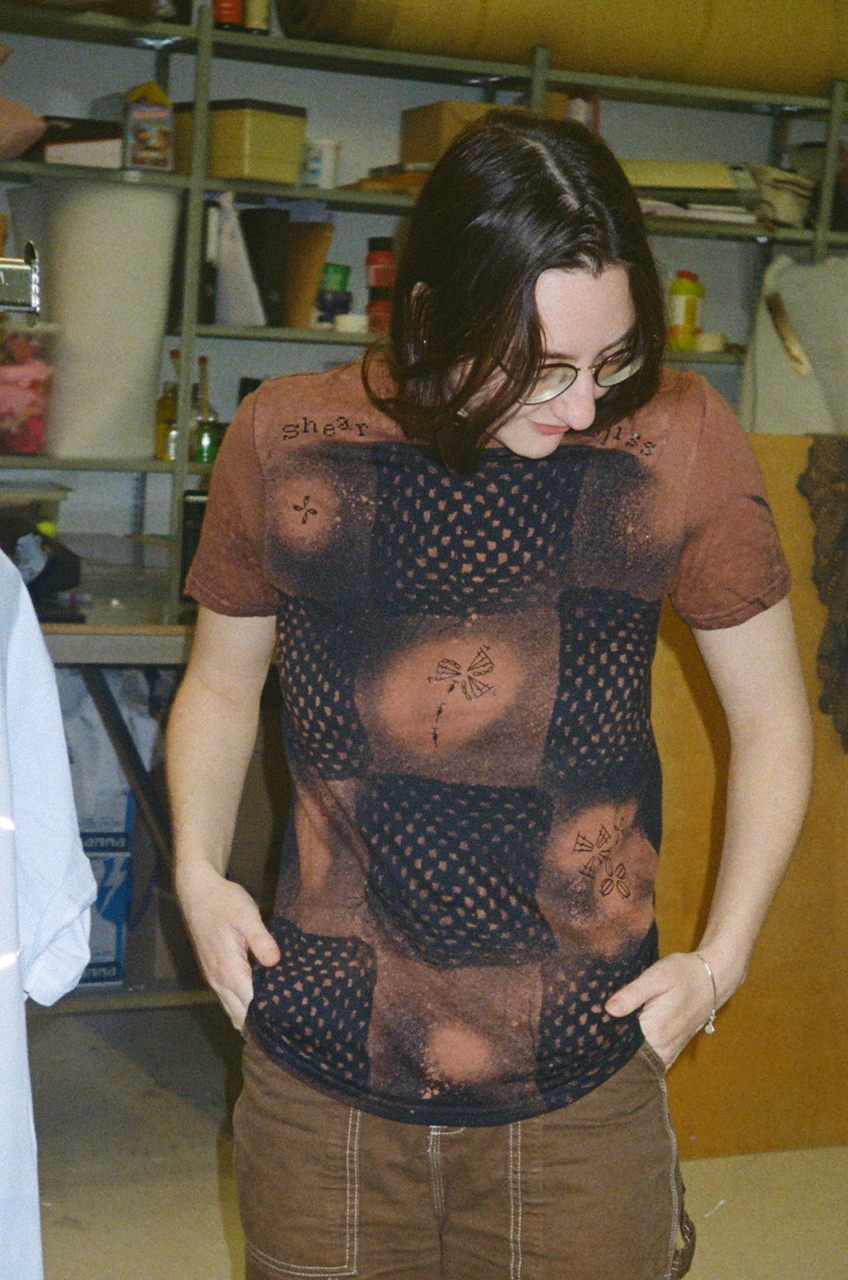
[Sold] Shear Bliss Granny Square T-shirt
By SKHSS (Lejla Vala Verheus and Mika Perlmutter)

[Sold] Pineapple Doily Sweatshirt
By SKHSS (Lejla Vala Verheus and Mika Perlmutter)
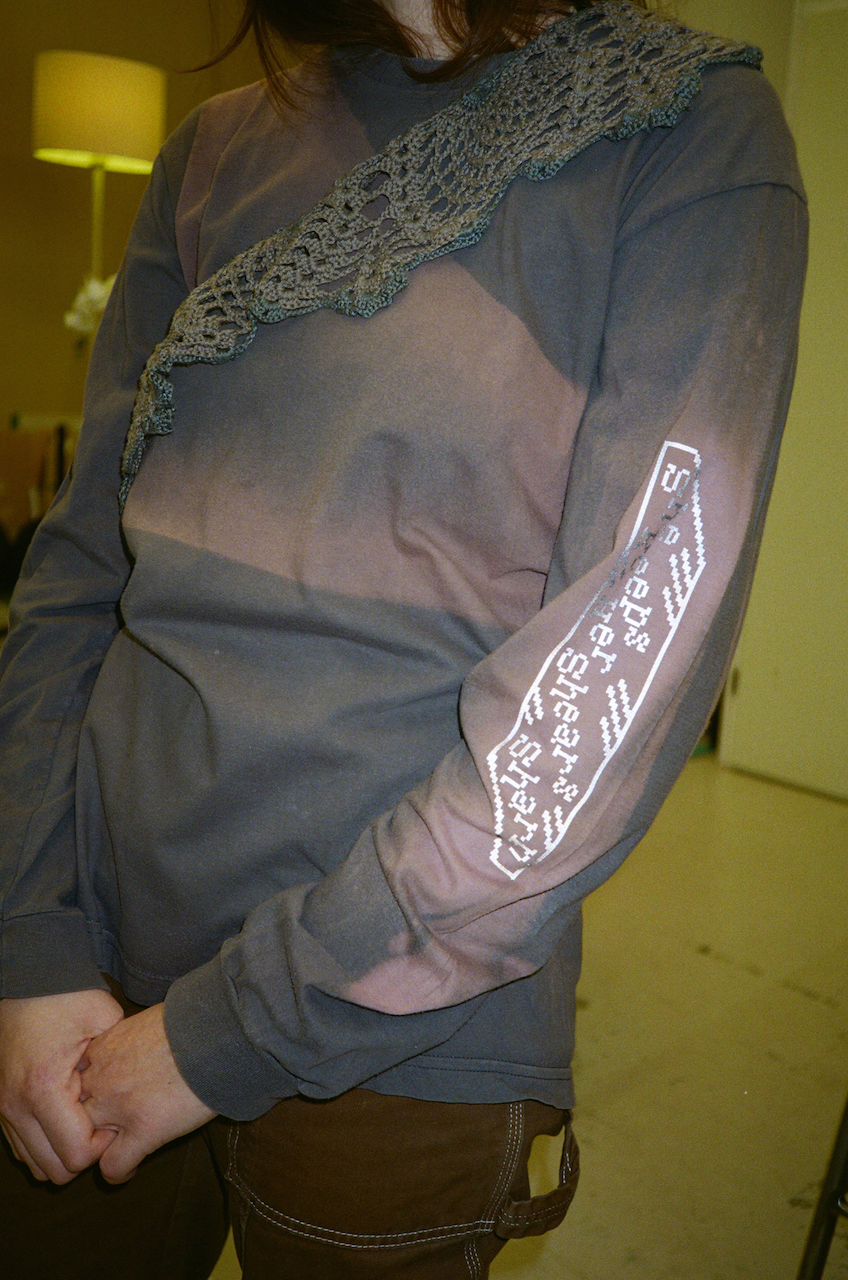
[Sold] One Shoulder Logo LS T-shirt
By SKHSS (Lejla Vala Verheus and Mika Perlmutter)
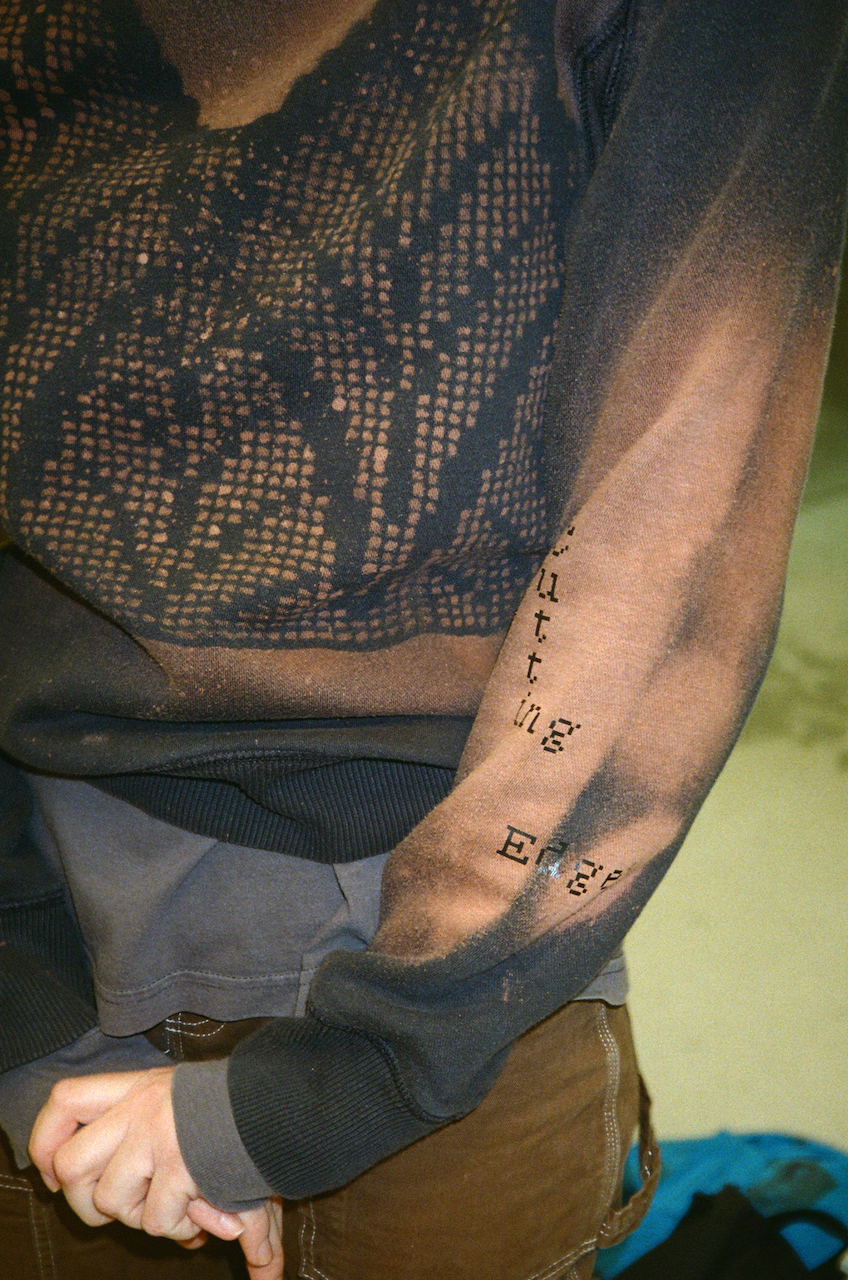
[Sold] Mom Filet Crochet Jersey
By SKHSS (Lejla Vala Verheus and Mika Perlmutter)
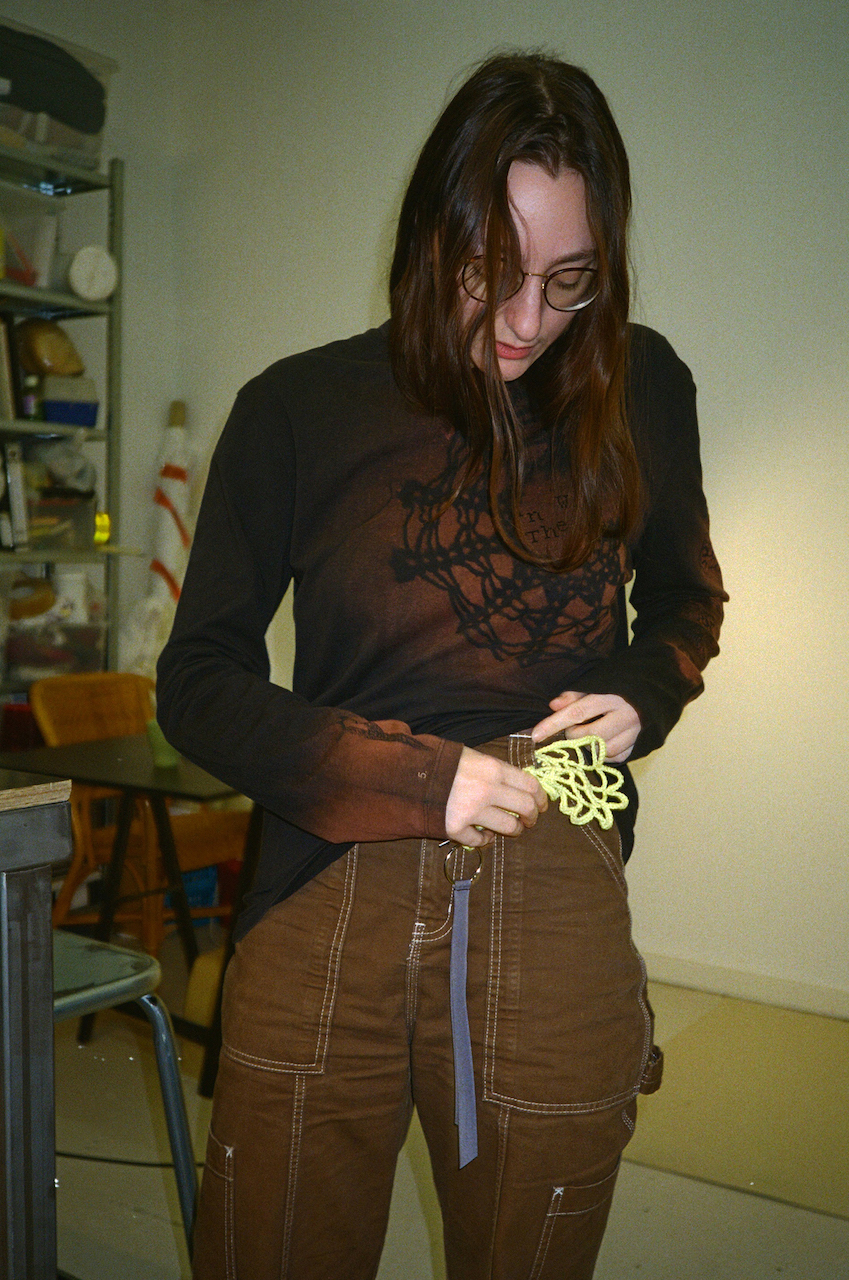
[Sold] In With the Old LS T-shirt
By SKHSS (Lejla Vala Verheus and Mika Perlmutter)
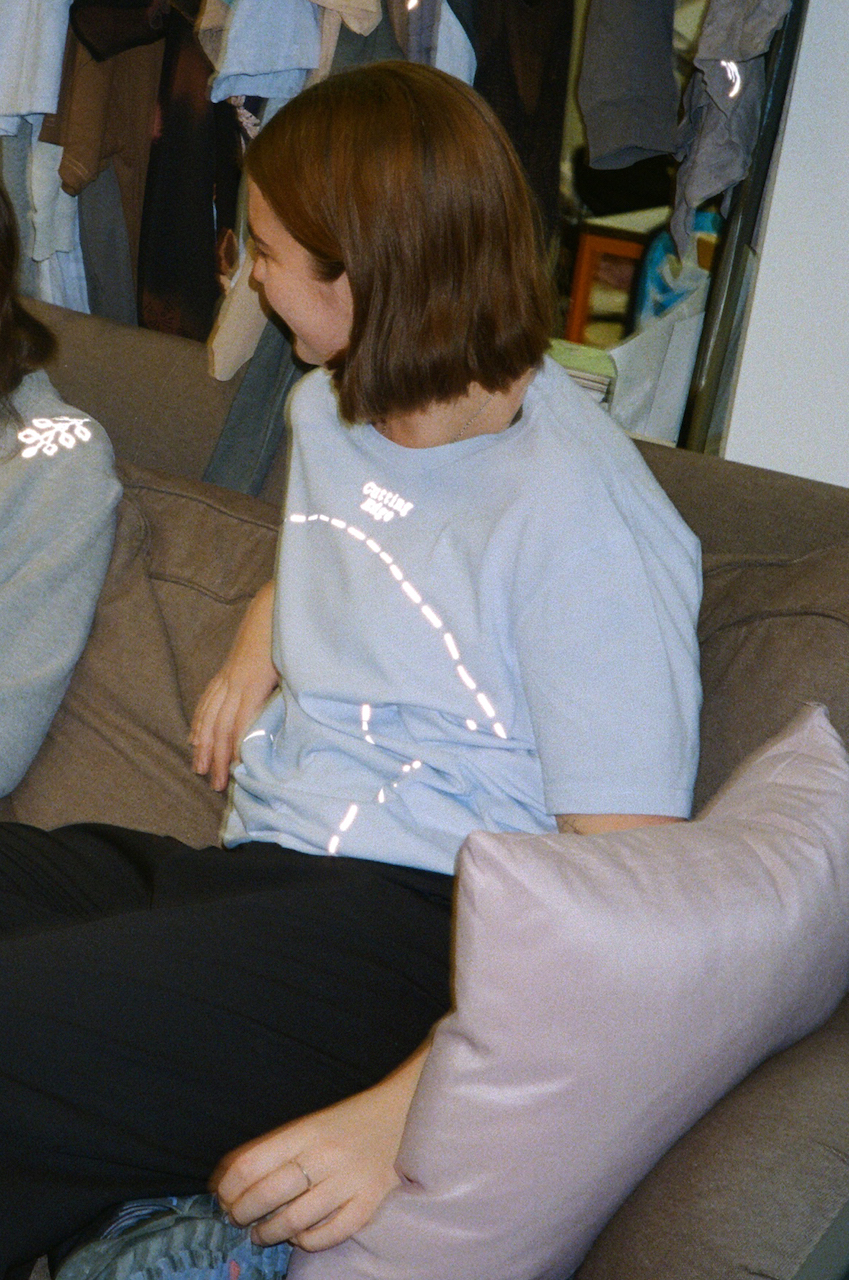
[Sold] Cutting Edge T-shirt
By SKHSS (Lejla Vala Verheus and Mika Perlmutter)
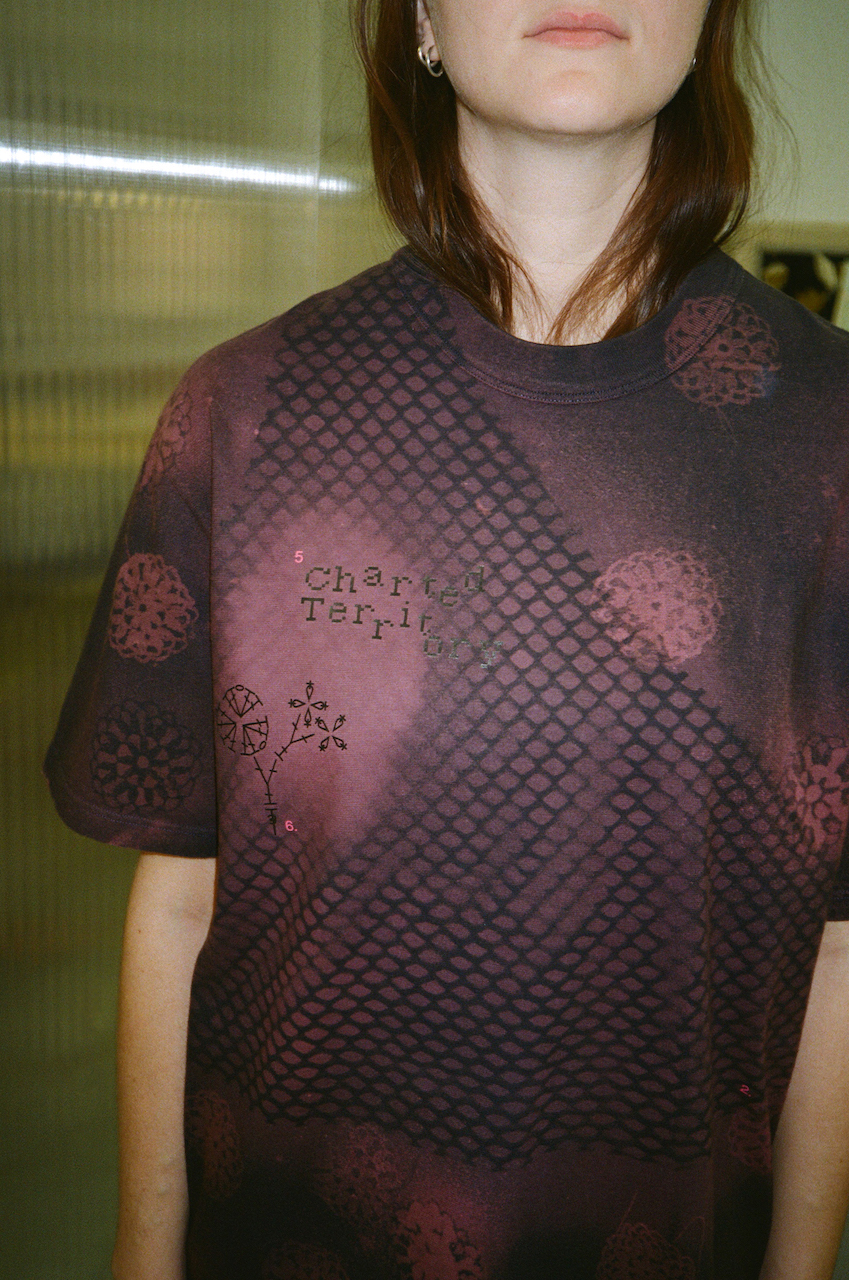
[Sold] Charted Territory Flower Doily T-shirt
By SKHSS (Lejla Vala Verheus and Mika Perlmutter)
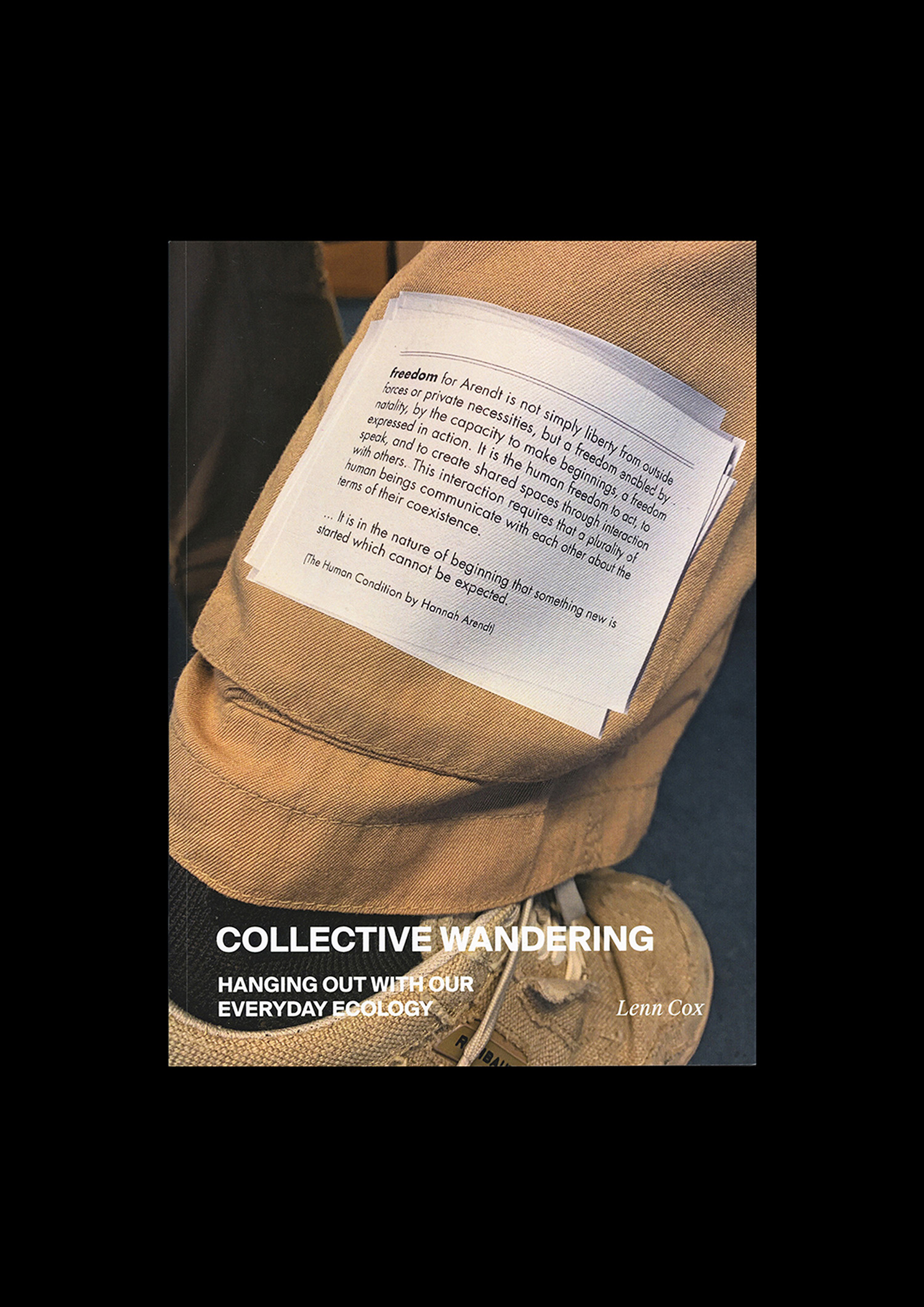
[Sold Out] COLLECTIVE WANDERING | Hanging Out with Our Everyday Ecology
By Lenn Cox (ed.)
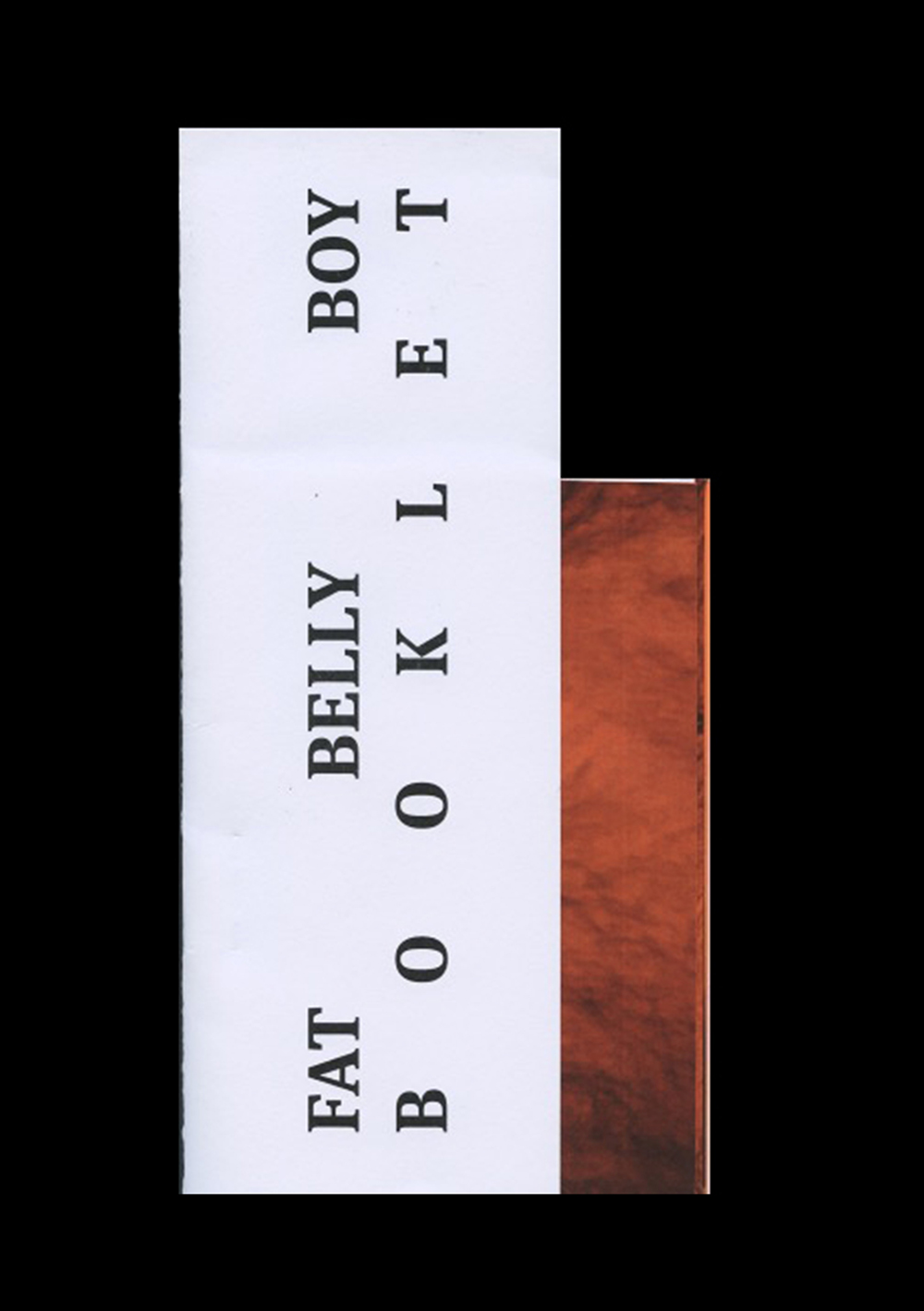
[Sold Out] Fat Belly Boy Booklet
By Chet Bugter
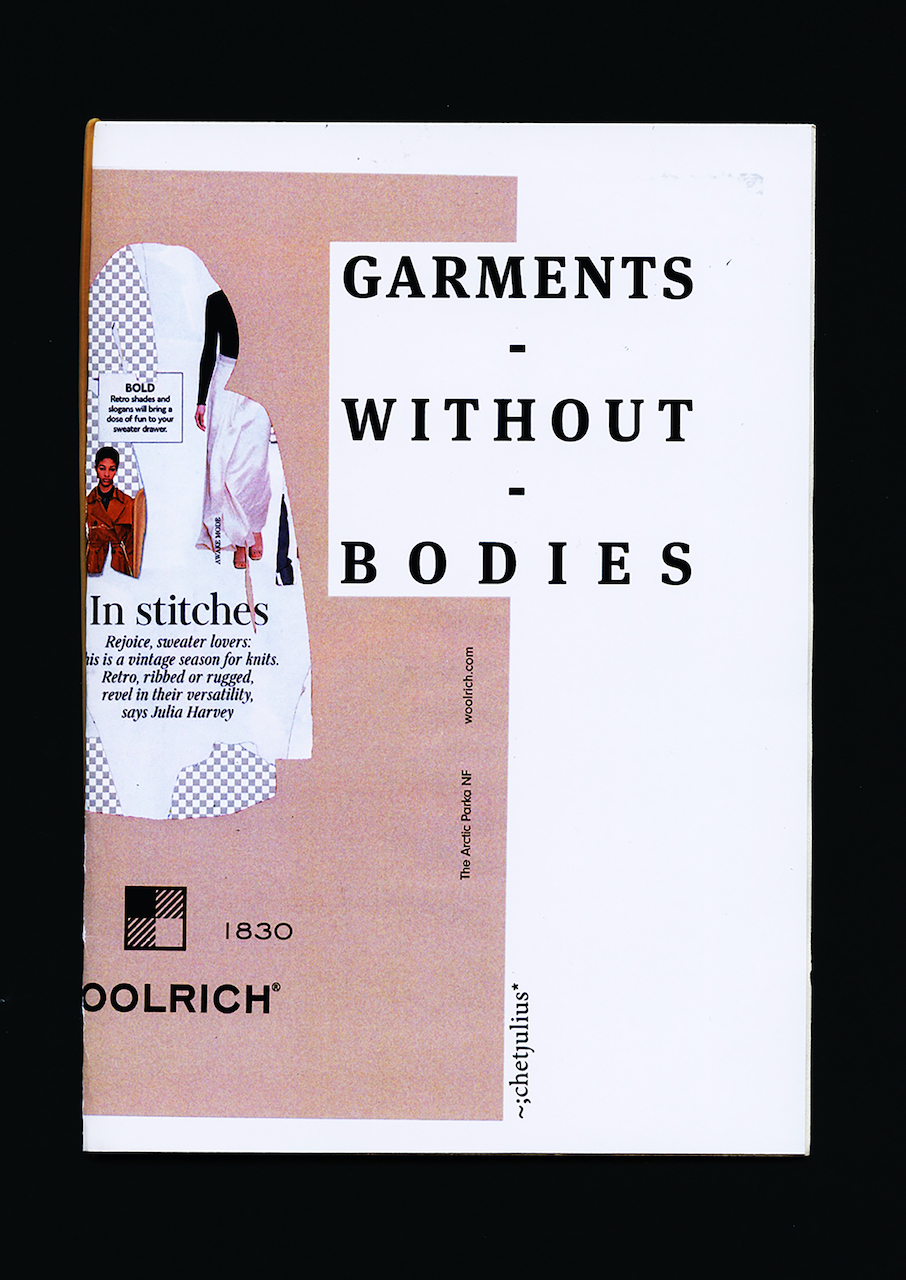
[Sold Out] Garments Without Bodies
By Chet Bugter
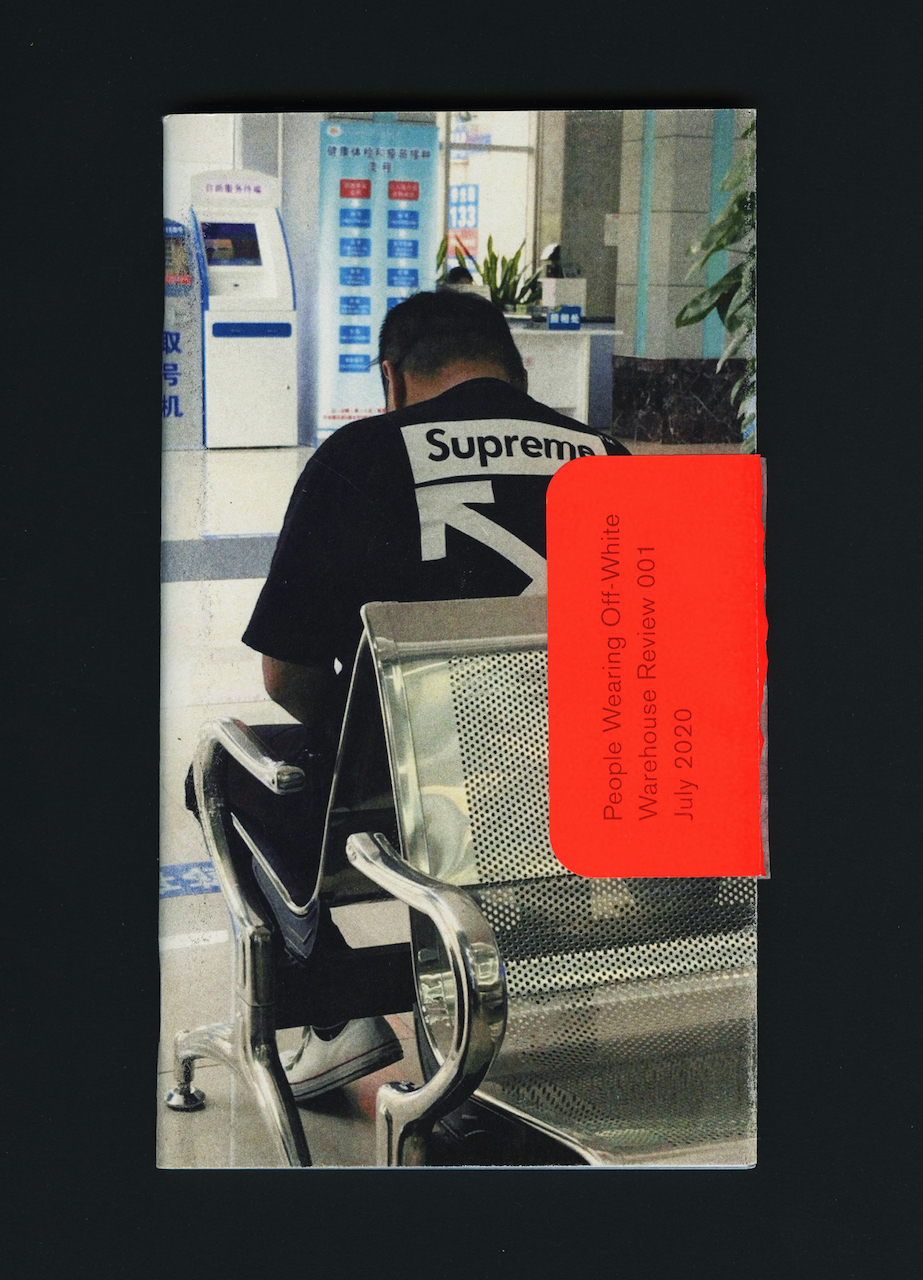
[Sold Out] Warehouse Review 001 | People Wearing Off-White
By Hanka van der Voet (ed.)
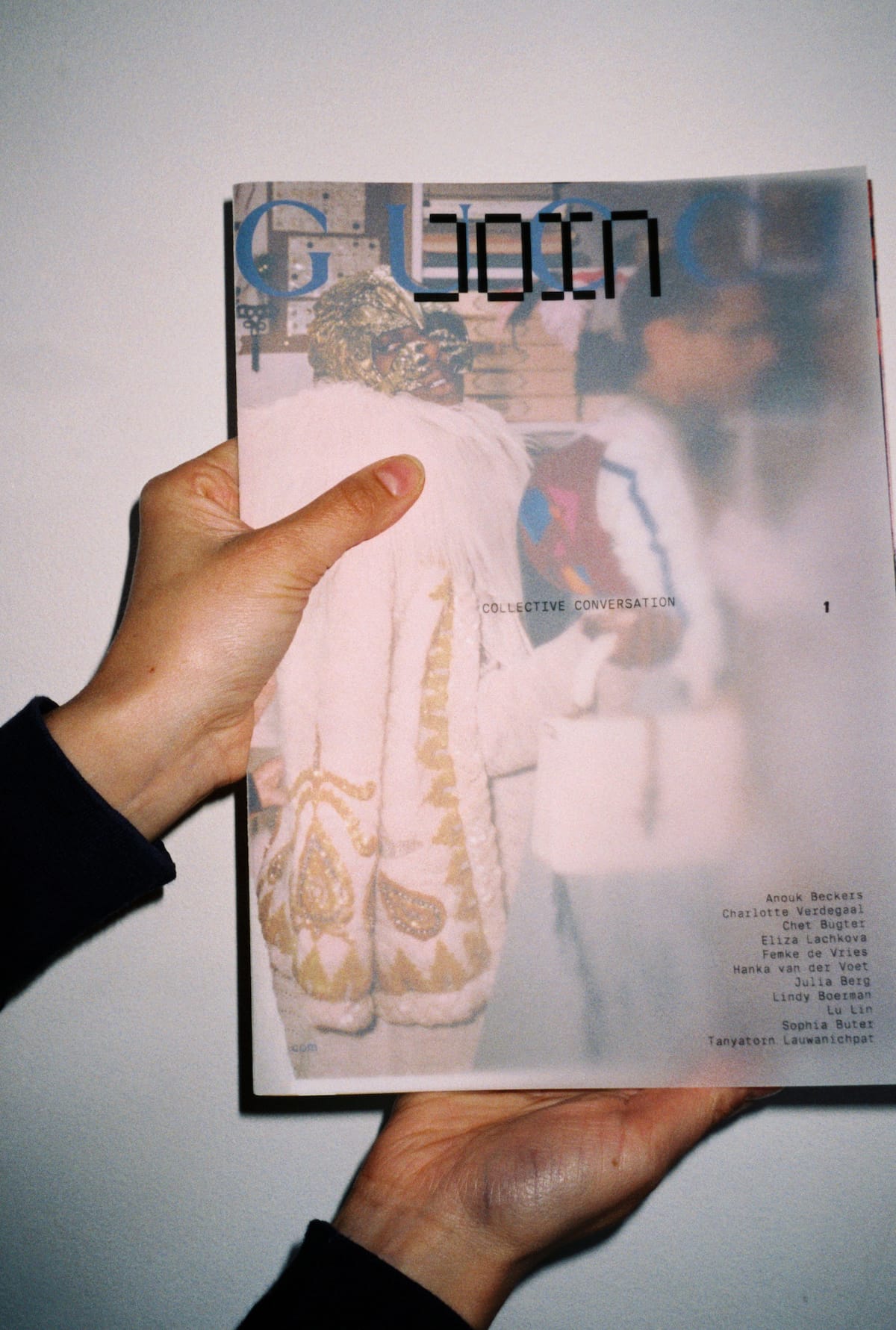
[Sold Out] JOIN Collective Conversation Magazine
By Anouk Beckers, Chet Bugter, Femke de Vries & Hanka van der Voet (eds.)
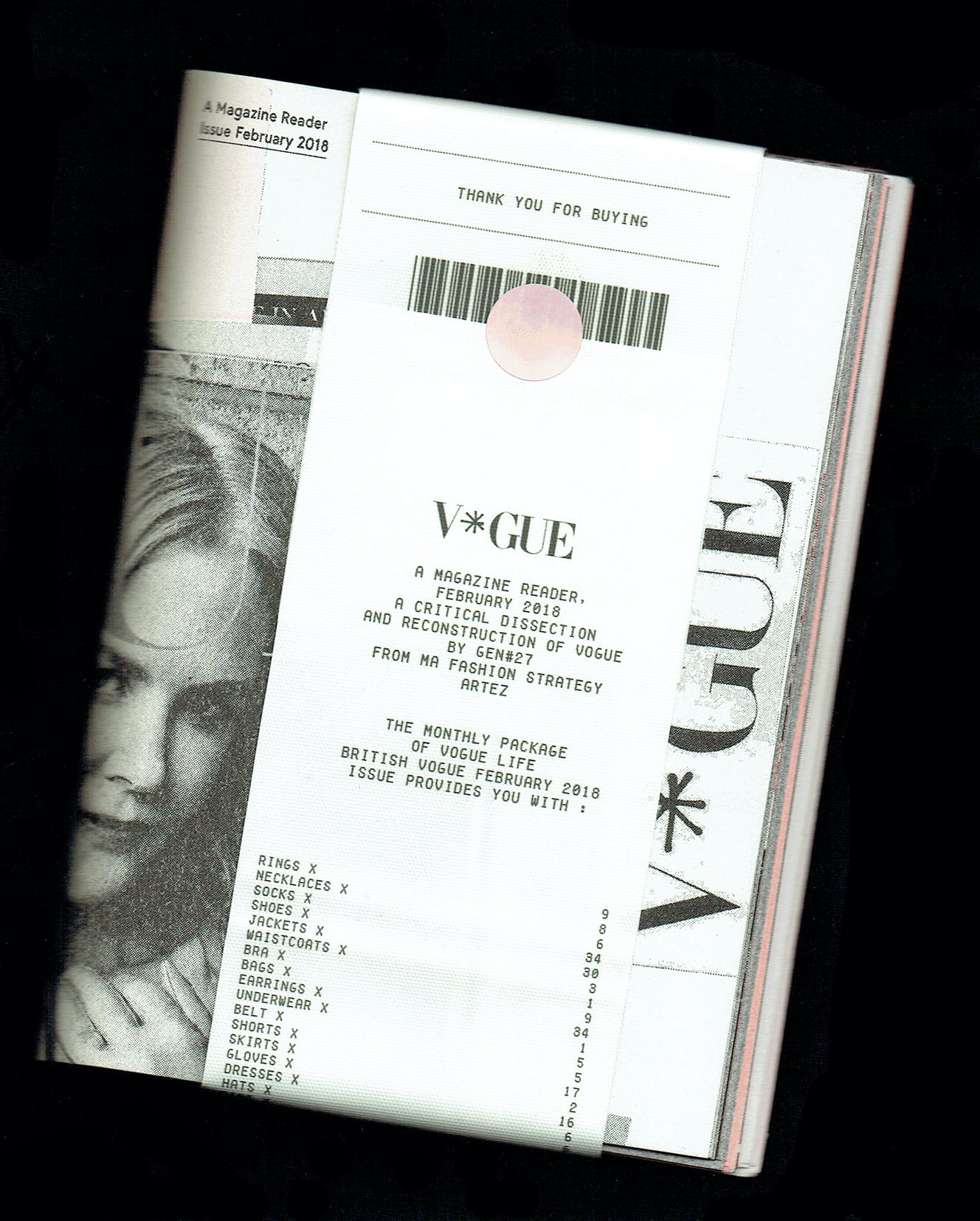
[Sold Out] A Magazine Reader 01
By Femke de Vries and Hanka van der Voet (eds.)
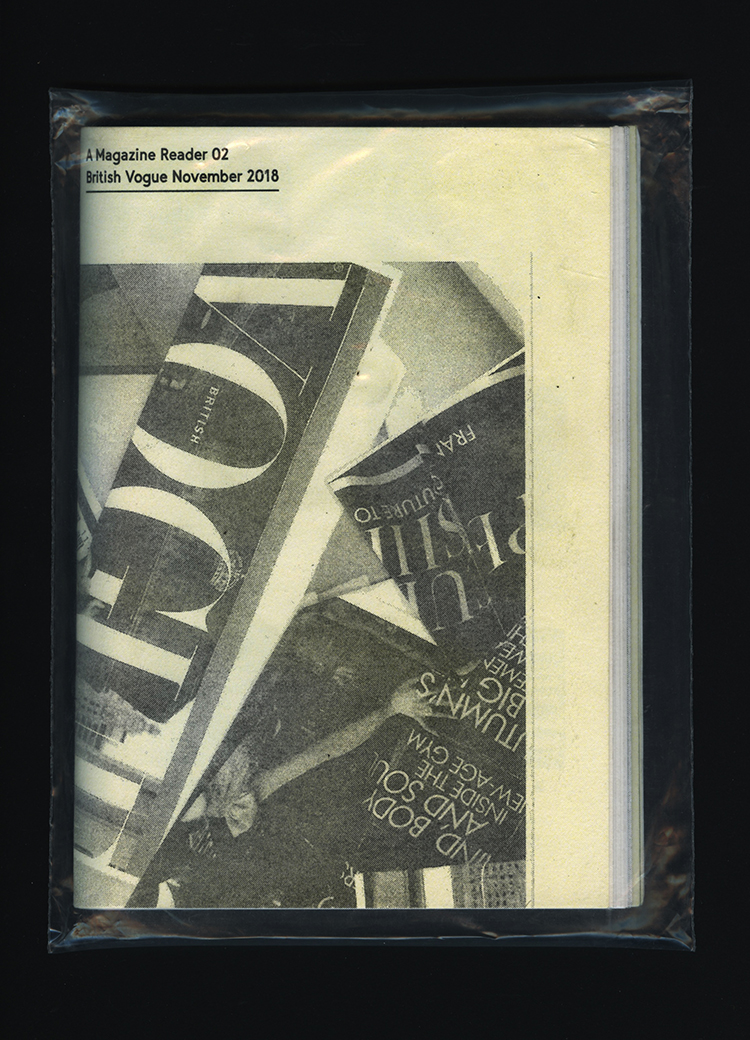
[Sold Out] A Magazine Reader 02
By Femke de Vries, Ruby Hoette & Chet Bugter (eds.)

[Sold Out] A Magazine Reader 03
By Femke de Vries & Hanka van der Voet (eds.)
[Sold Out] Issue 1: Booklook Apron-Delantal

Photo: Sharon Jane D
A magazine that can be unfolded and worn as an apron, which again can be refolded into a magazine.
Booklook is a research project by Anouk Beckers that fuses the fashion magazine with the garment, resulting in a series of wearable fashion magazines. Each issue can be unfolded into another type of wearable item and carries stories about the role of garments in lives, cultures and practices from various artists, designers, writers, thinkers.
The fabric-like paper carries stories that stem from the situatedness of garments in non-commercial, cultural, and daily realities. Booklook plays with familiar and important agents in the fashion industry: the garment, the fashion magazine, and as the title suggests, the lookbook, a publication in which brands traditionally offer buyers an overview of their collection (their ‘looks’). Booklook instead aims to address this dominant consumerist fashion discourse. Instead of denying and cutting the cords with the reality of production, cultural situatedness, historical references and practices of use, Booklook opens up these narratives and tells exactly these stories.
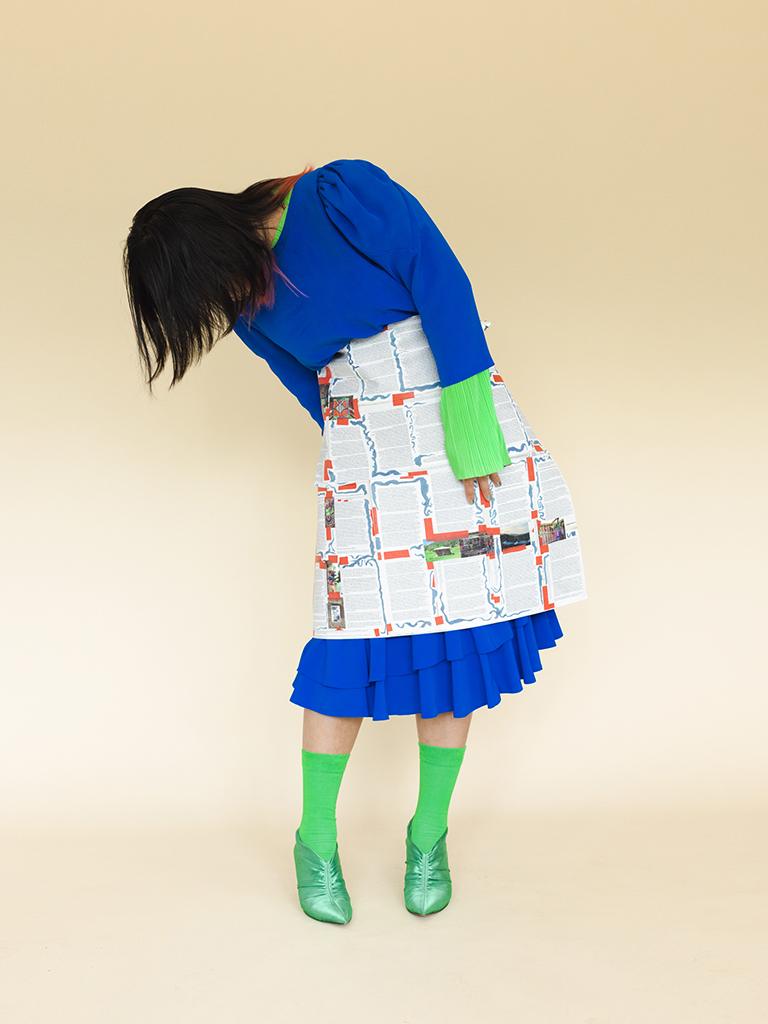
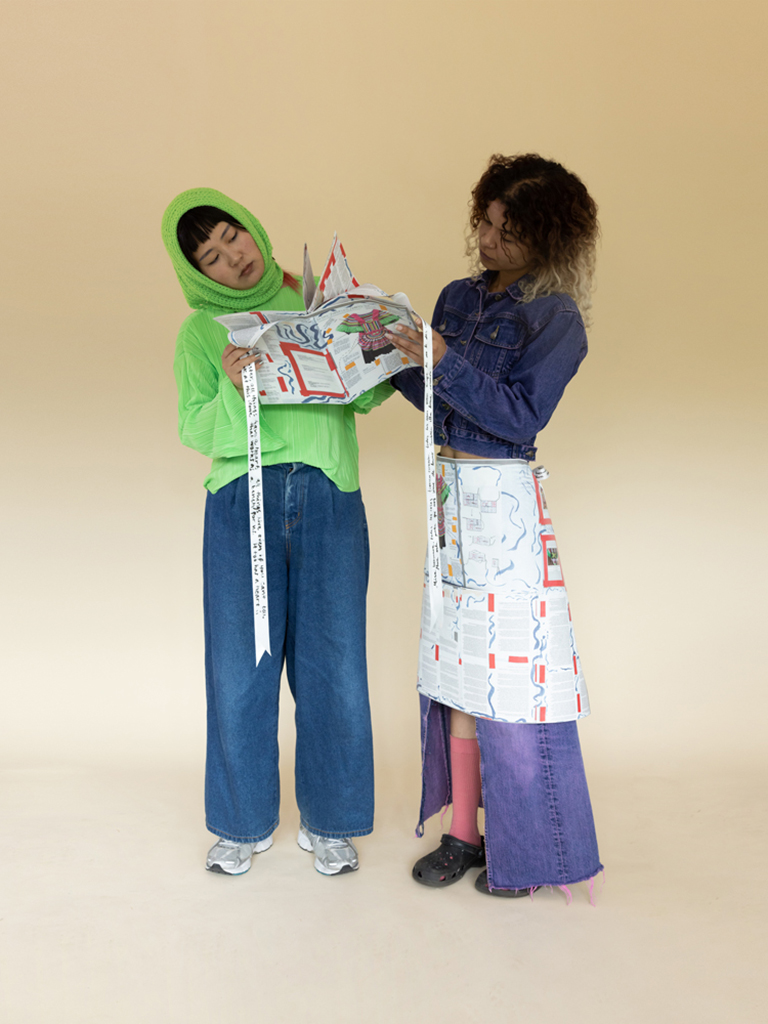
Photo: Sharon Jane D
The first issue – Booklook Apron-Delantal – shares a text (in both English and Spanish) by artist and researcher María Naidich about the Tseltalero dress, a garment created and worn by women from both Tseltal and Tojolabal communities in the Lacandon jungle, in southeastern Mexico. The Tseltalero dress represents an expression of women’s resistance to centuries of control over their clothing since the colonial times. It is a garment that is produced collectively and strengthens relationships between women, allowing them to organize and function autonomously. The Tseltalero dress represents the relationships between the community, its environment and other human and non-human beings. Based on the Tojolabal understanding that endows all beings with a heart, the Tseltalero dress has a hart too, suggesting the dress is alive. María’s research on this dress is developed in conversation with the Tojolabal community of San Gregorio la Esperanza. It explores the complex value of this dress within the Tojolabal and Tseltal worldview, sharing some ideas about beauty, garments and the body from a non-Eurocentric perspective.
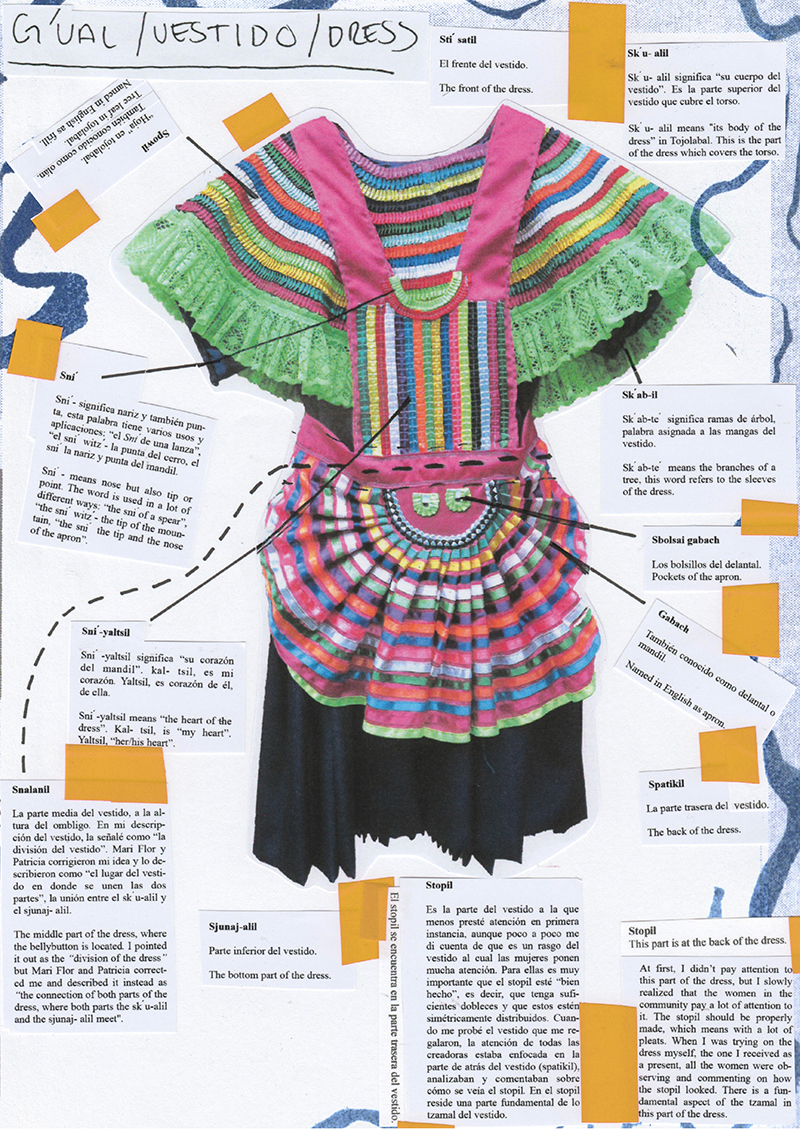
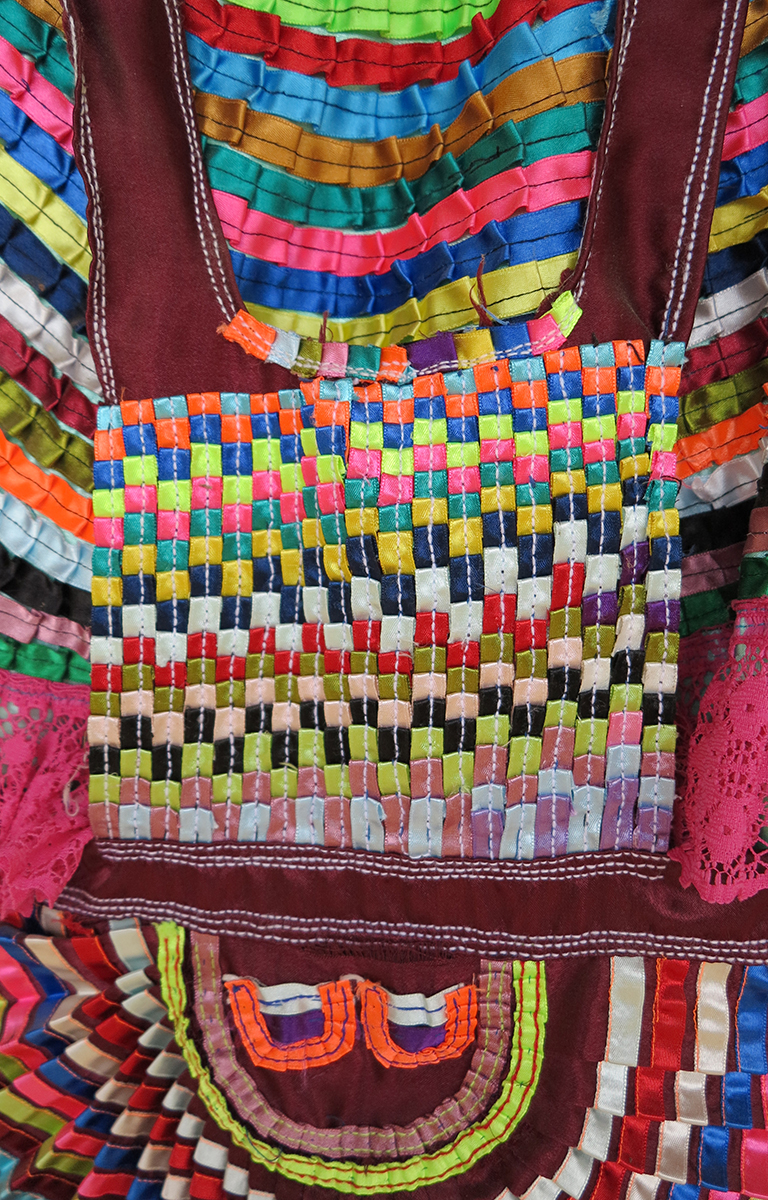
Sni′-yaltsil from Reina's dress. San Gregorio la Esperanza, Chiapas (2021). Photo: María Naidich.
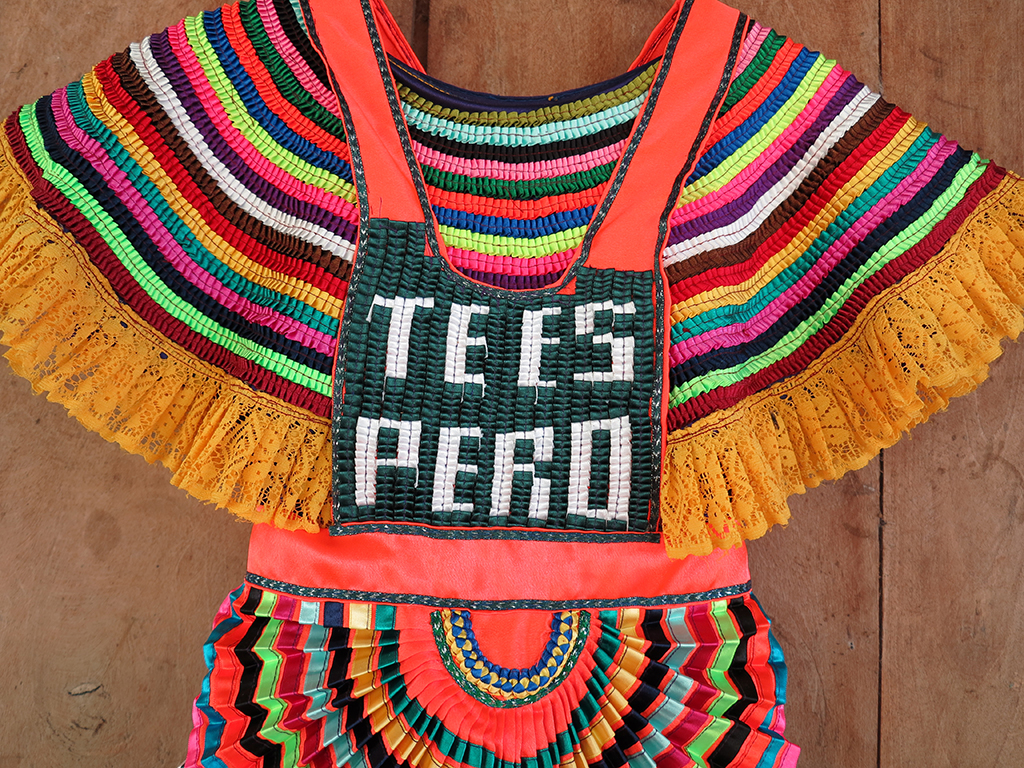
Tseltalero dress form Floridalma, "I wait for you". San Gregorio la Esperanza, Chiapas (2021). Photo: María Naidich.
Besides the contributors’ text it carries a prologue by researcher Femke de Vries. This text is shared in Arabic, Chinese, English and Spanish.
Limited edition of 195 copies. This publication is made from a washable paper: Neobond.
Type: softcover\ Dimensions: 295 mm x 205 mm portrait\ Pages: 16\ Art Direction & Design: Anouk Beckers\ Design Research: Anouk Beckers & Alessandra Varisco\ Editors: Valentina Sarmiento Cruz & Hanka van der Voet \ Graphic design: Rietlanden Women’s Office\ Text: María Naidich & Femke de Vries\ Spanish Copy Editor: Davo Valdés\ English Copy Editor: Kat Addis\ Translators: Carmelino Méndez Jiménez, Valentina Sarmiento Cruz, Nassima Nejjari, Dakota Guo & Guadalupe Castillo Vizuete\ Release date: May 2022\ Binding: folding\ Colour: full colour\ Language: Spanish, English, Chinese, Arabic\ Printing at robstolk Amsterdam (2022)\
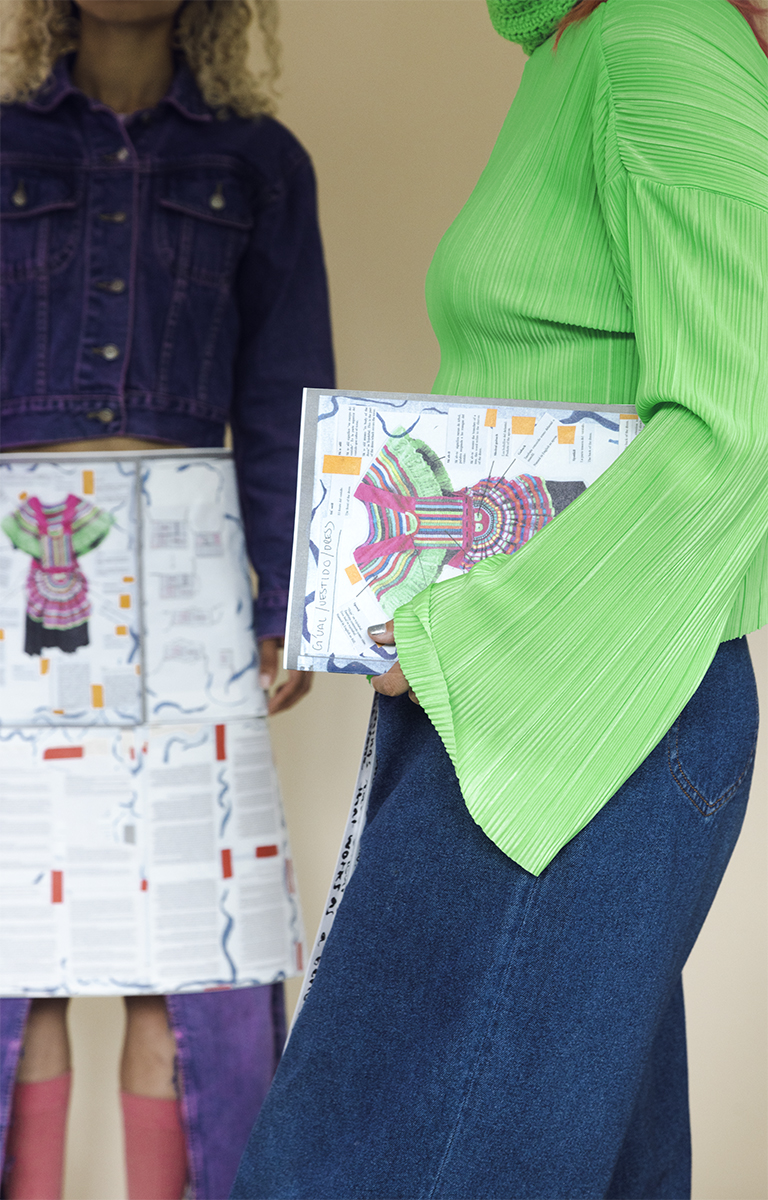
Photo: Sharon Jane D
